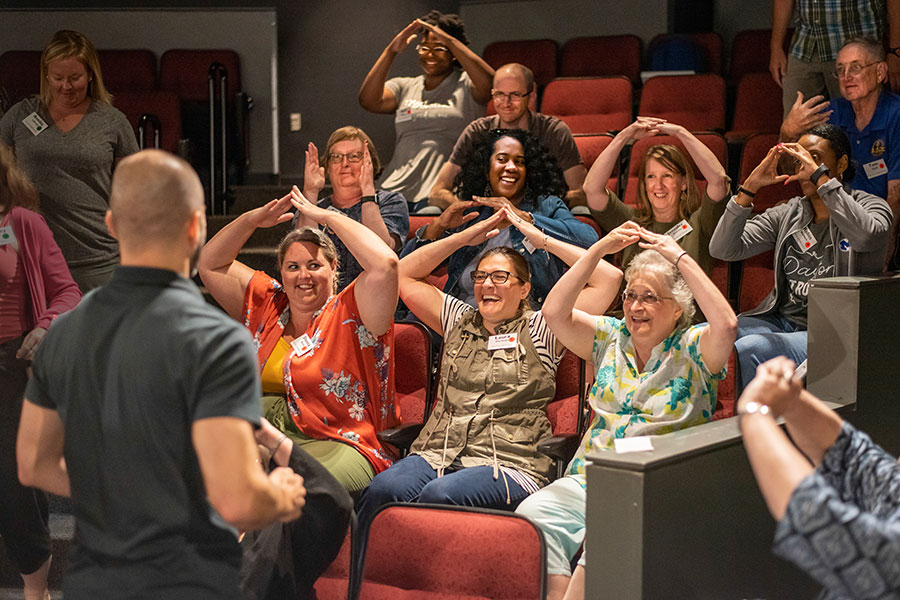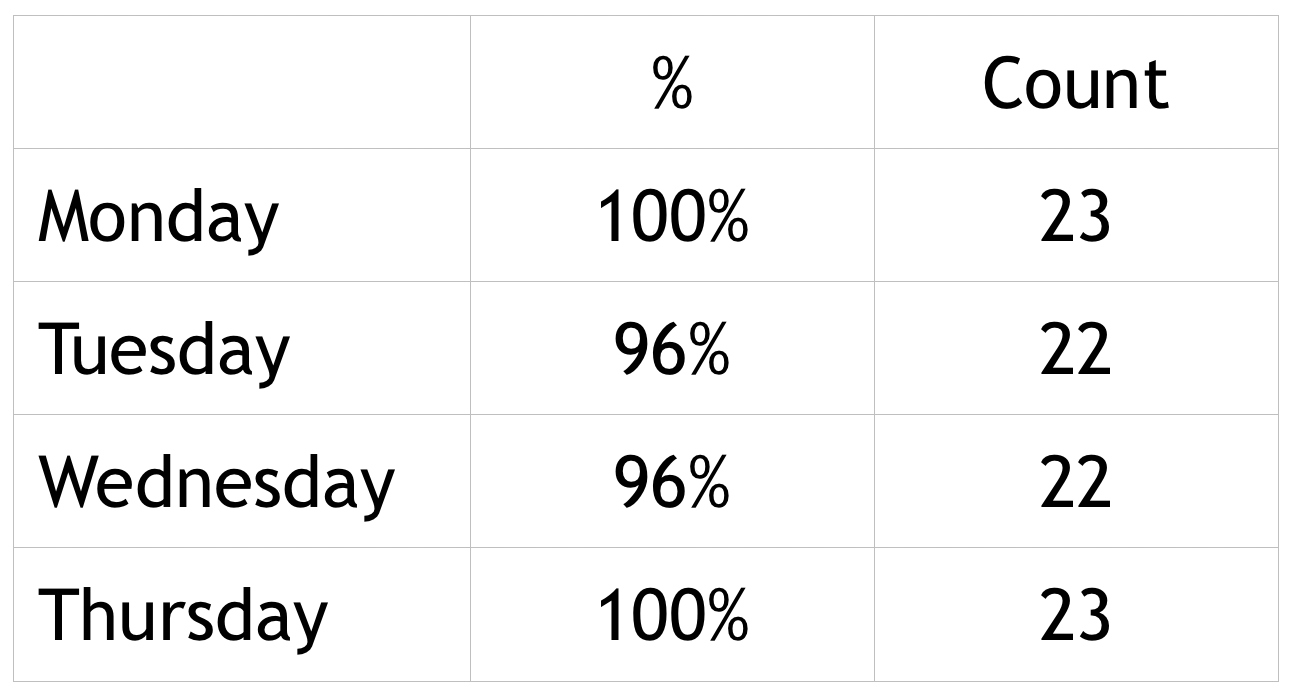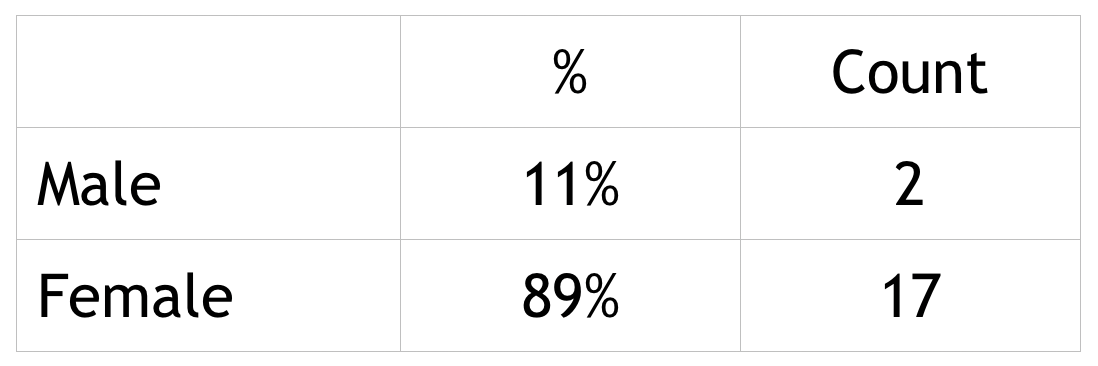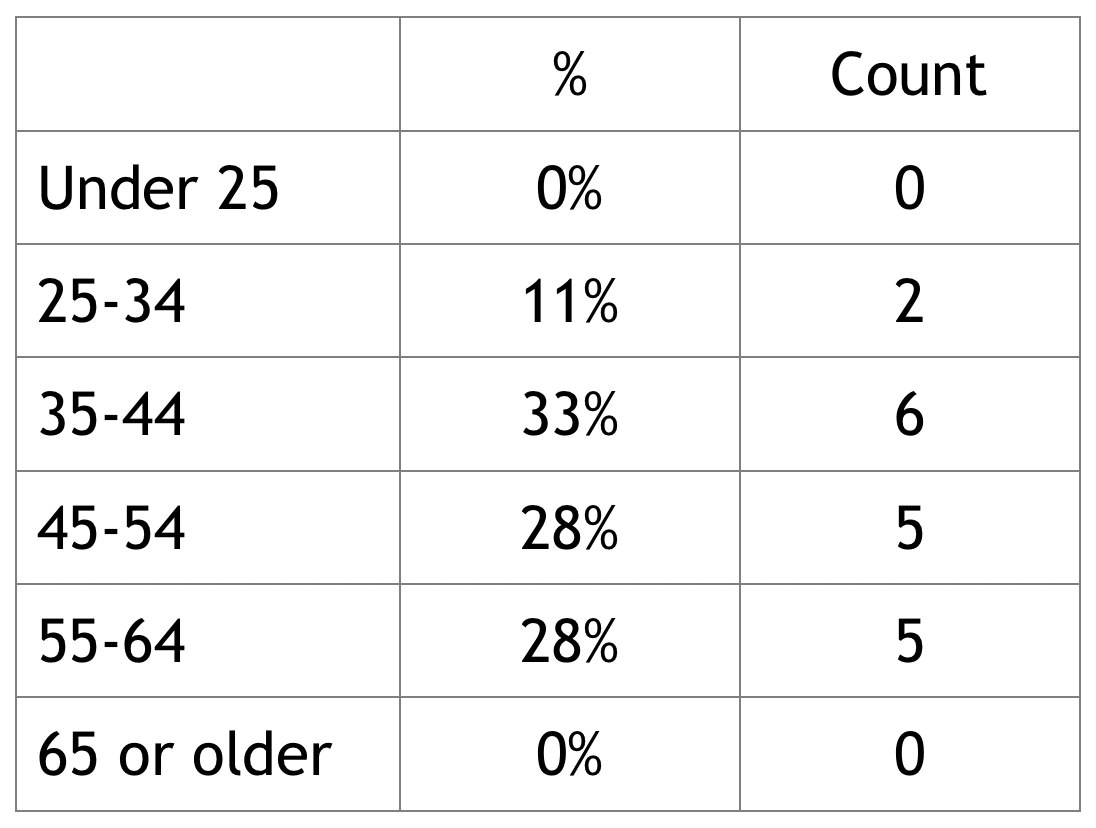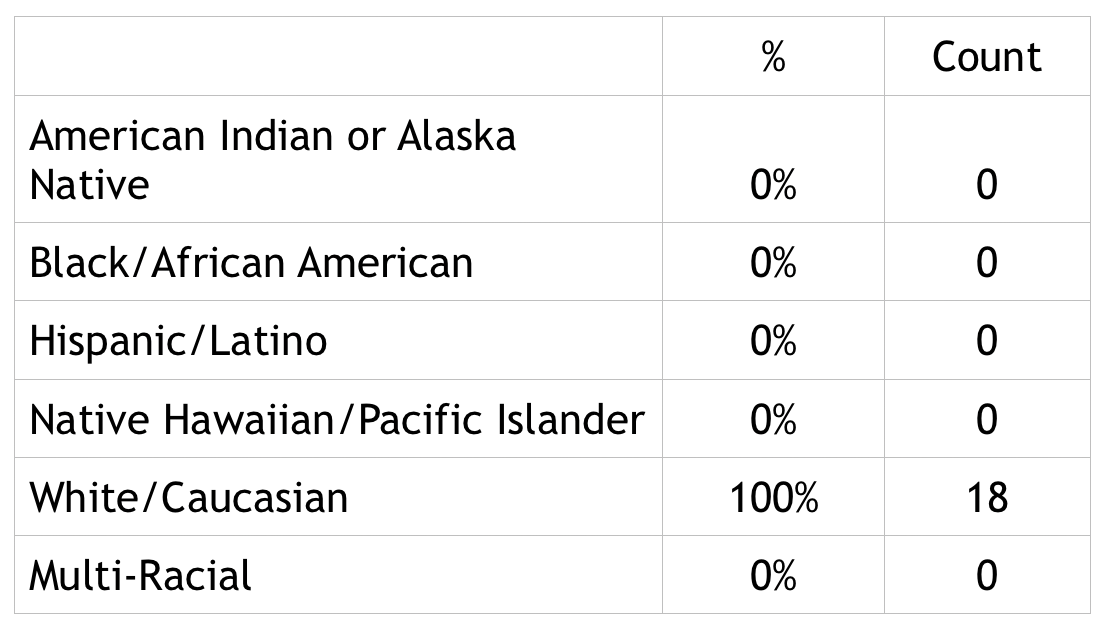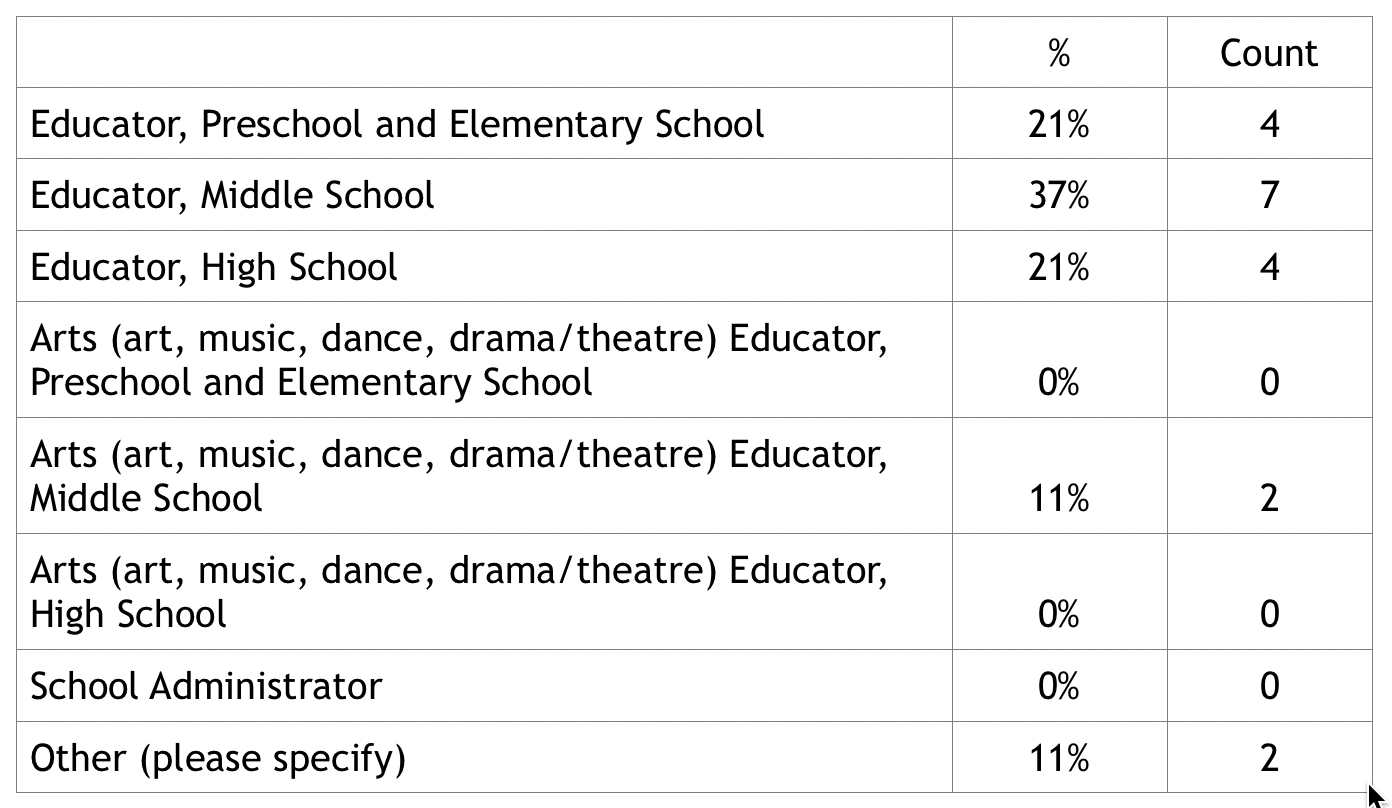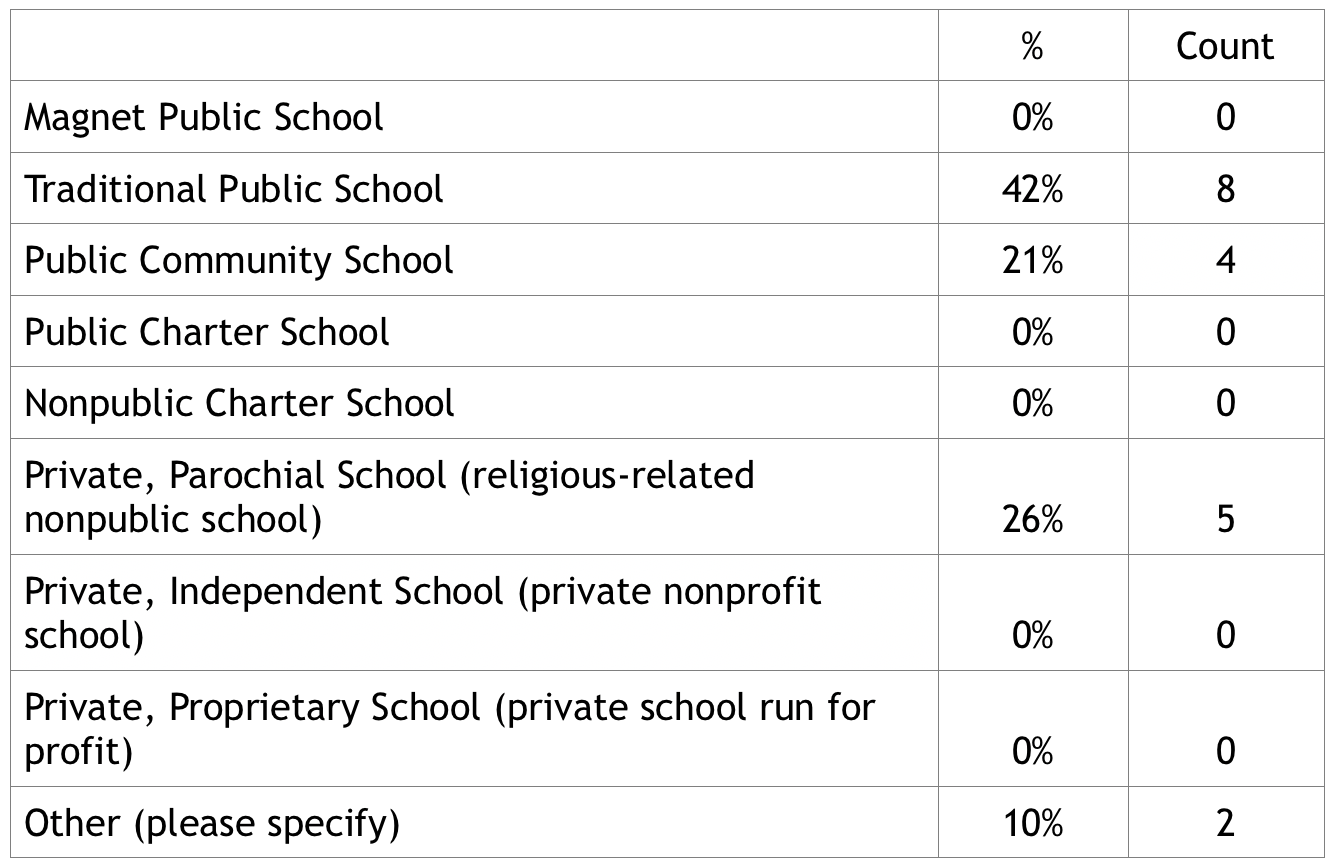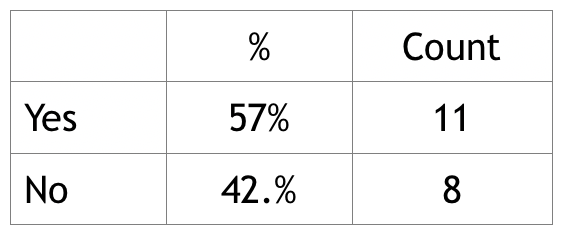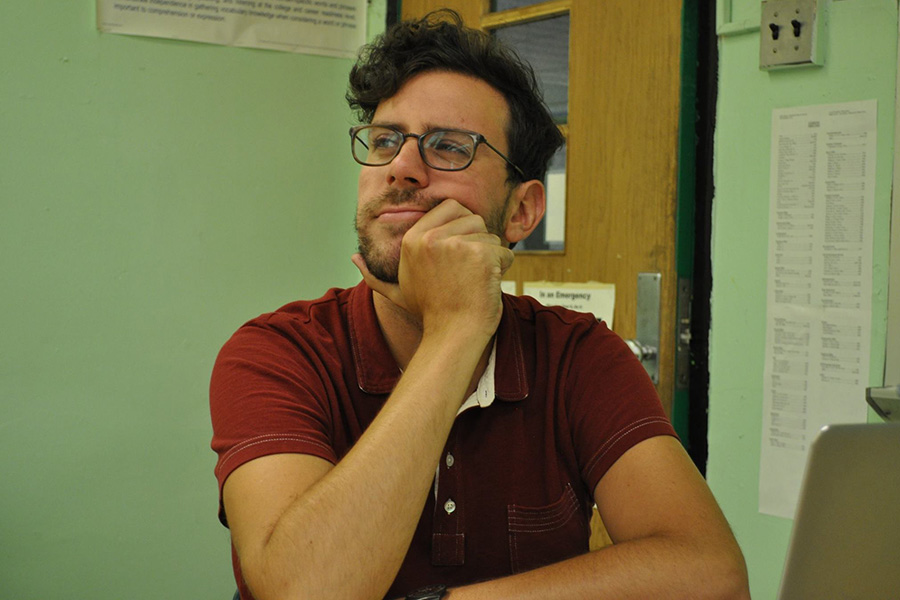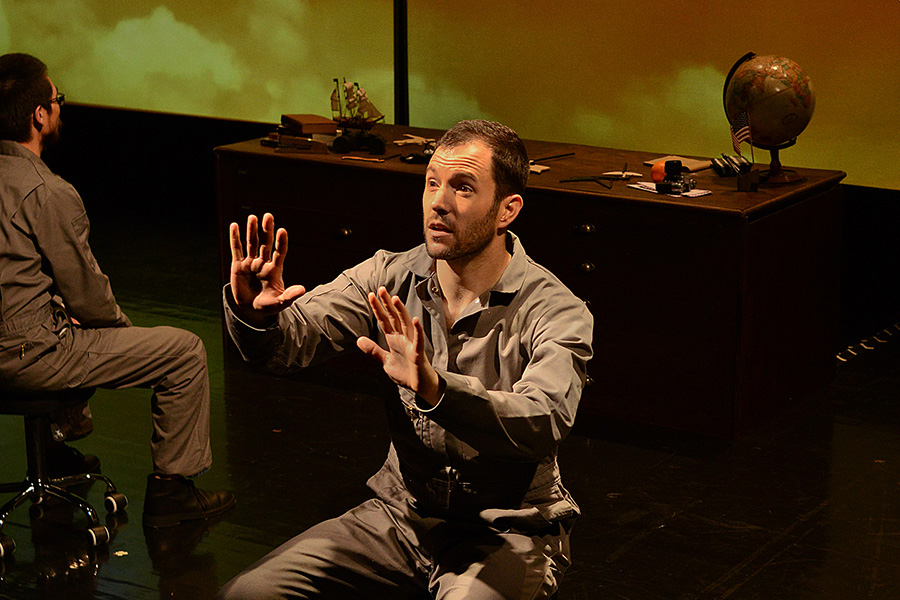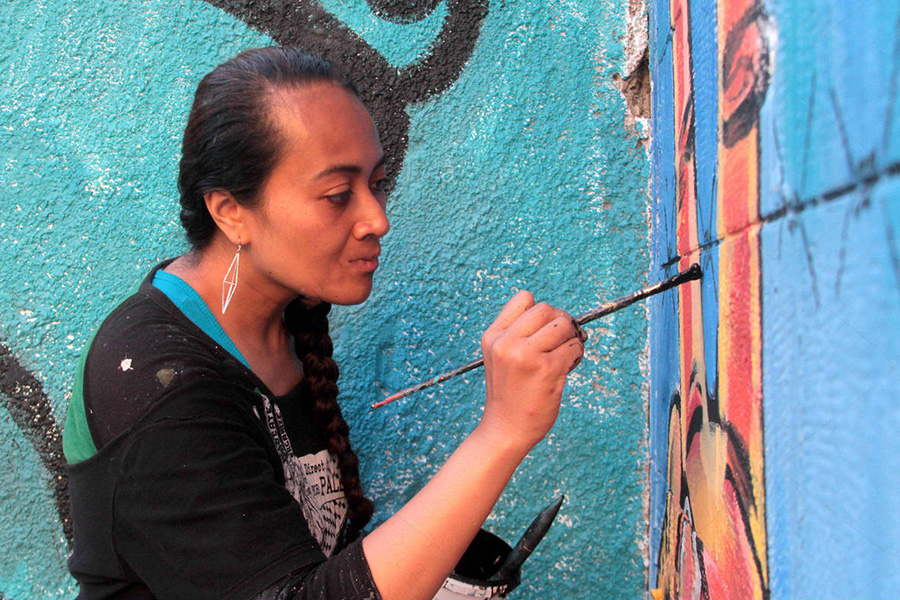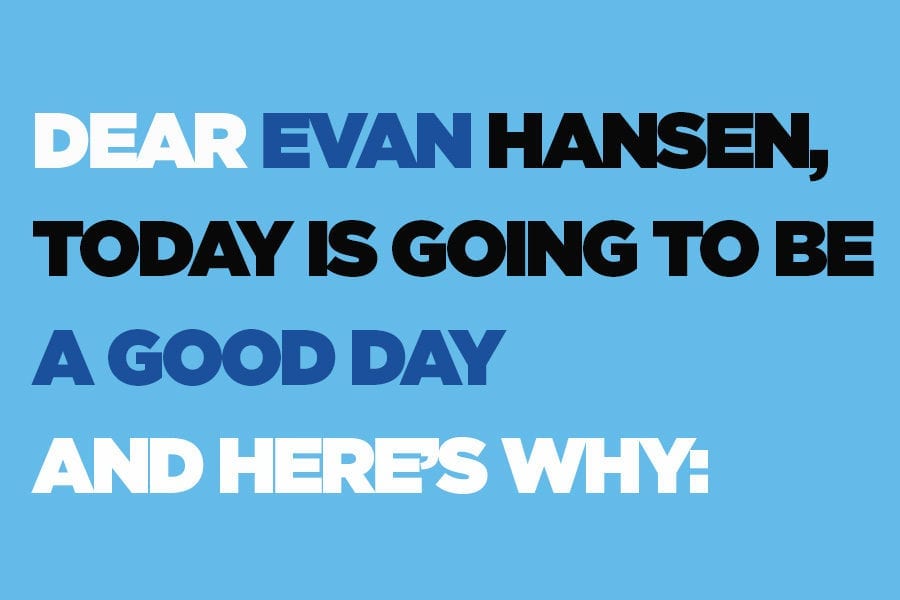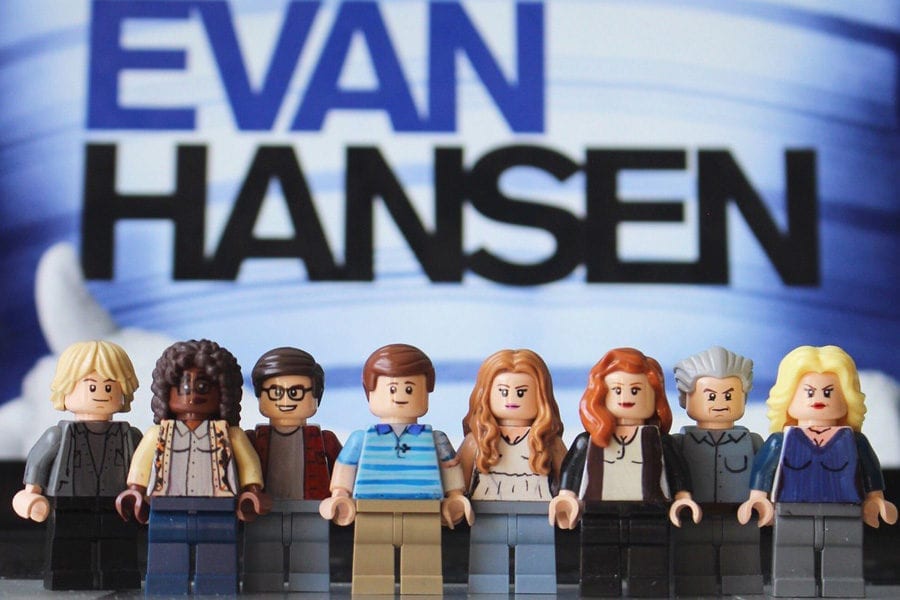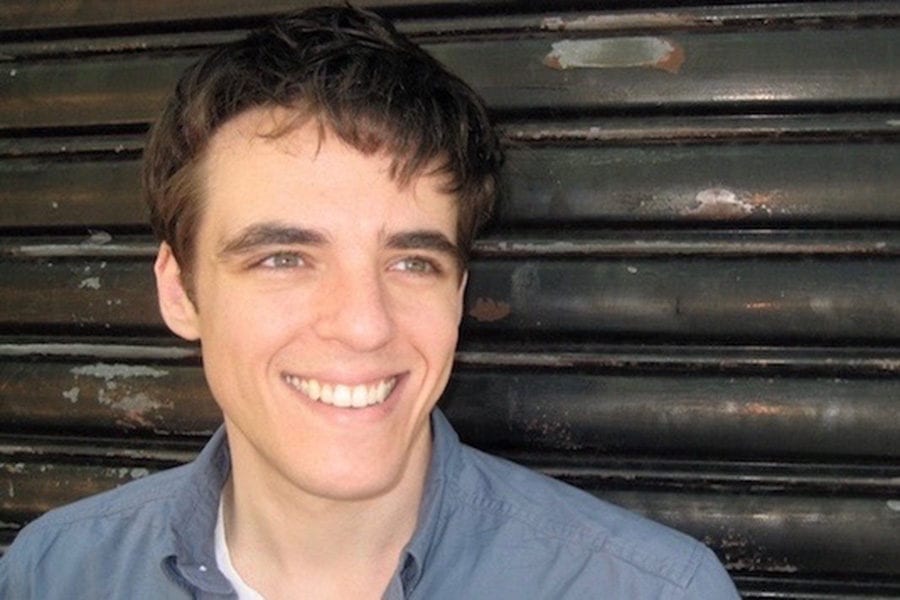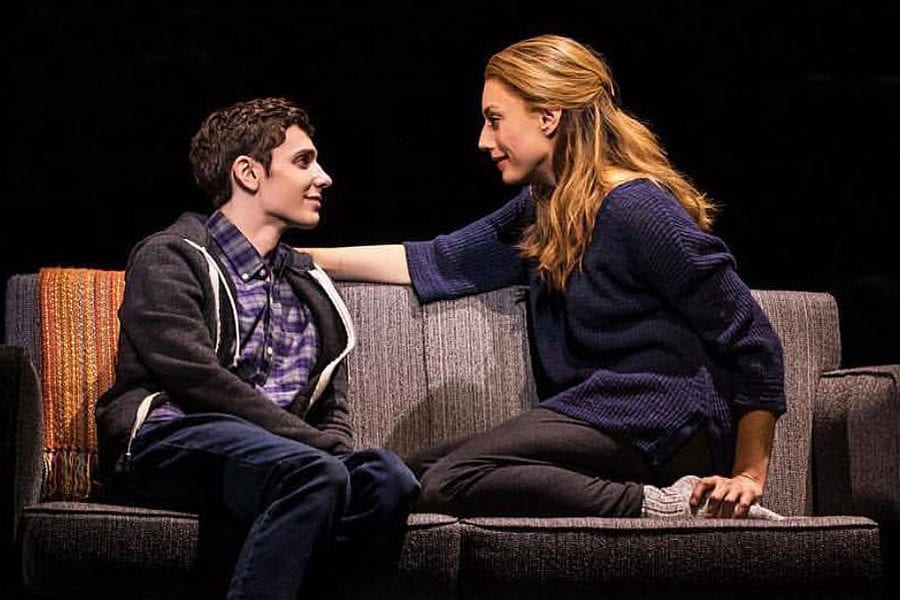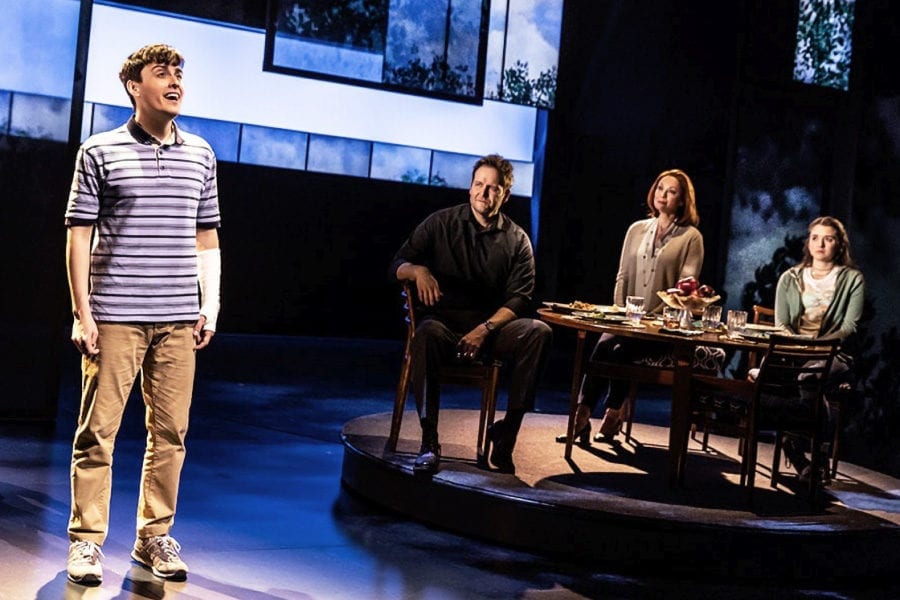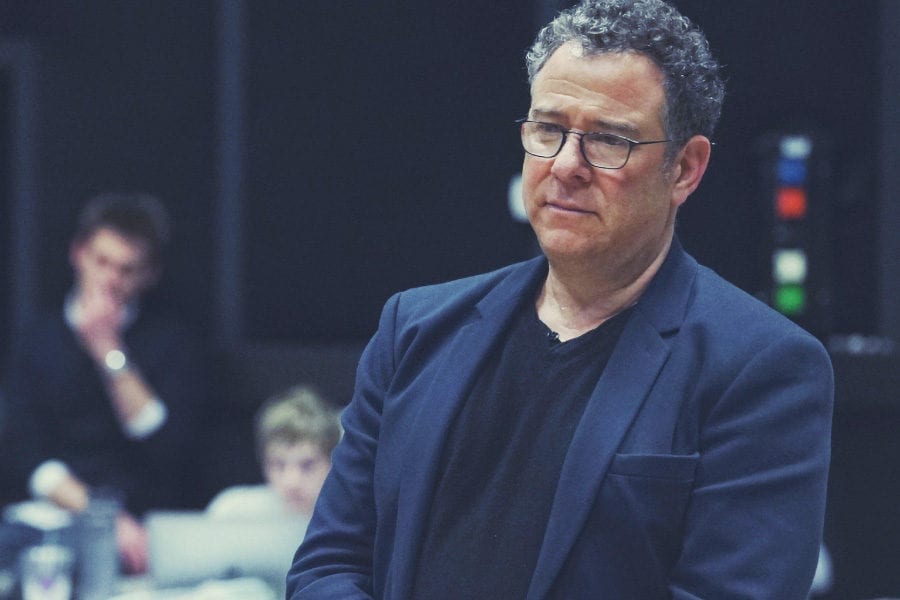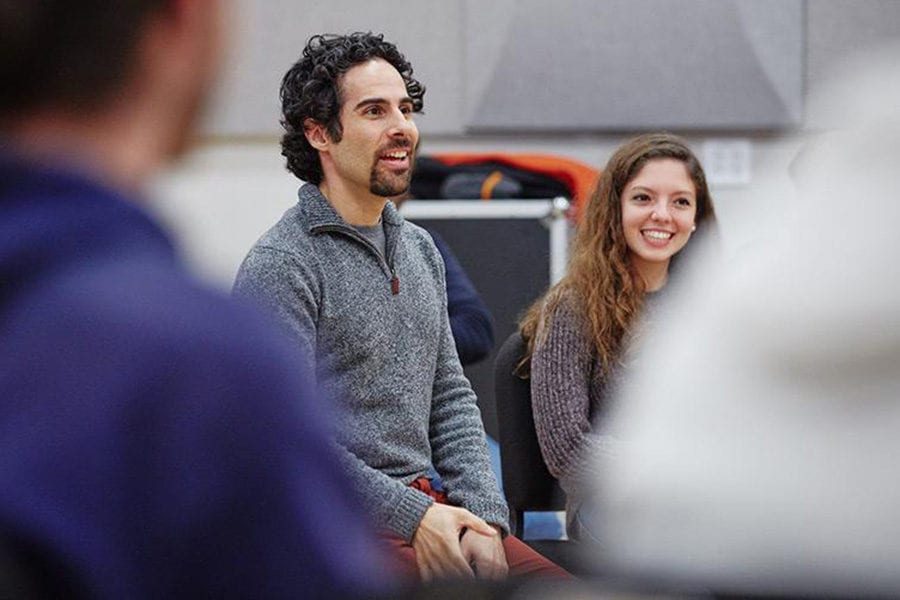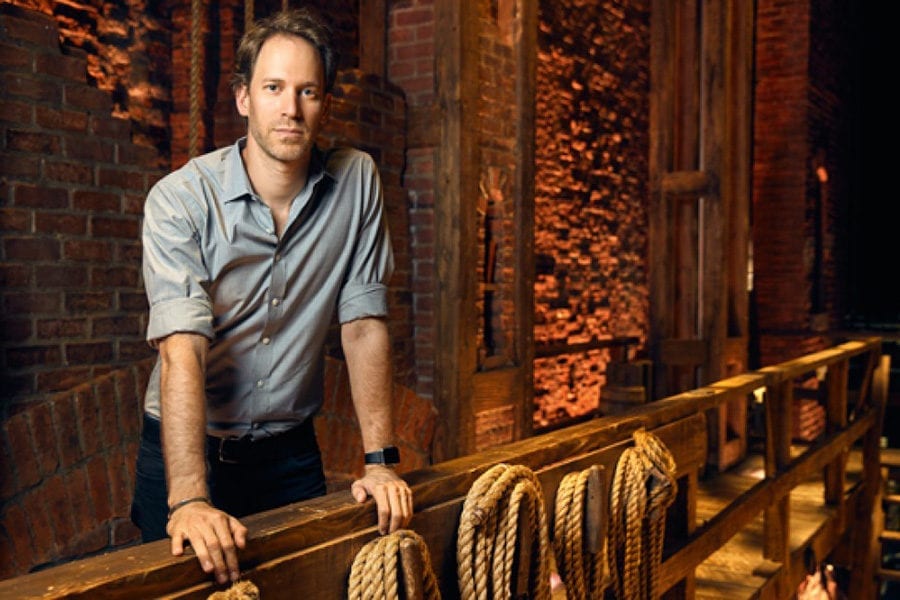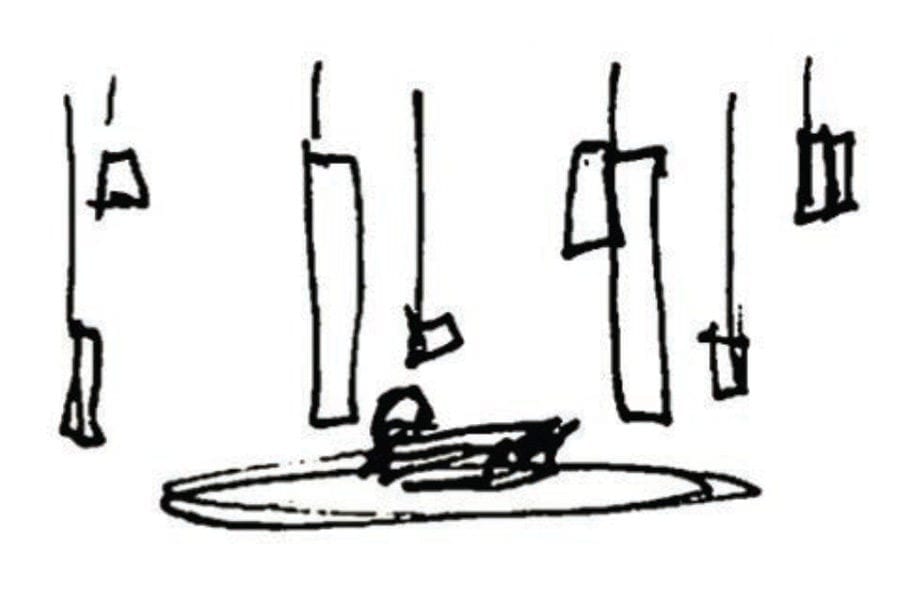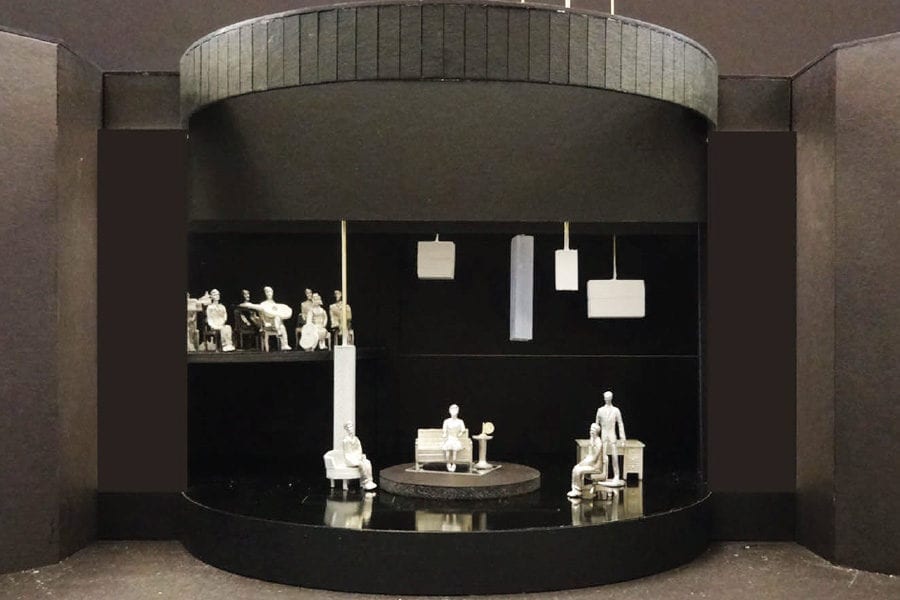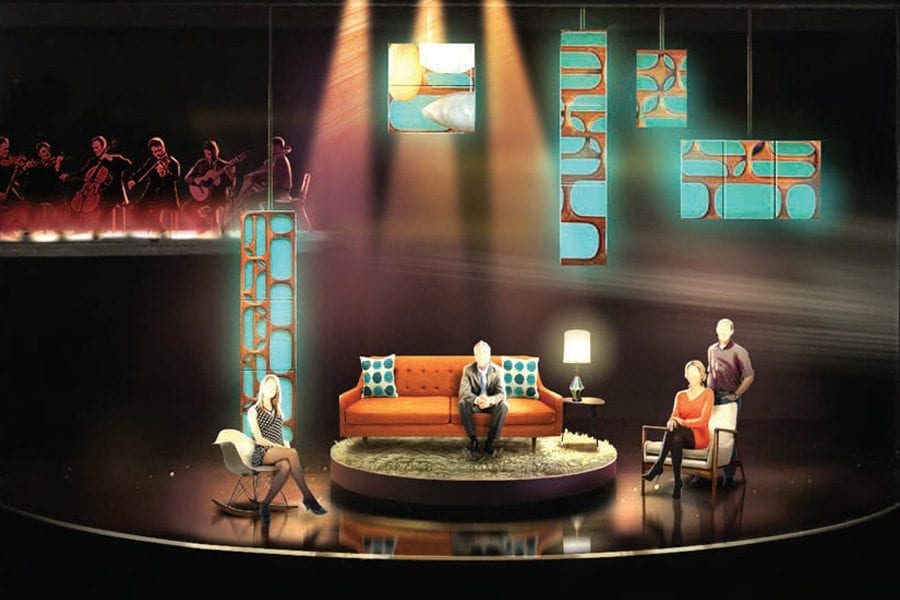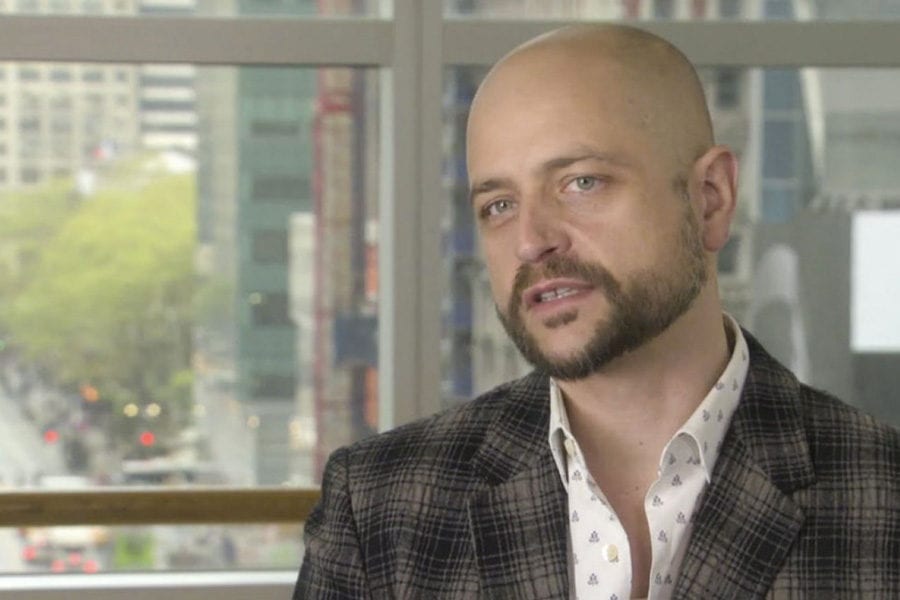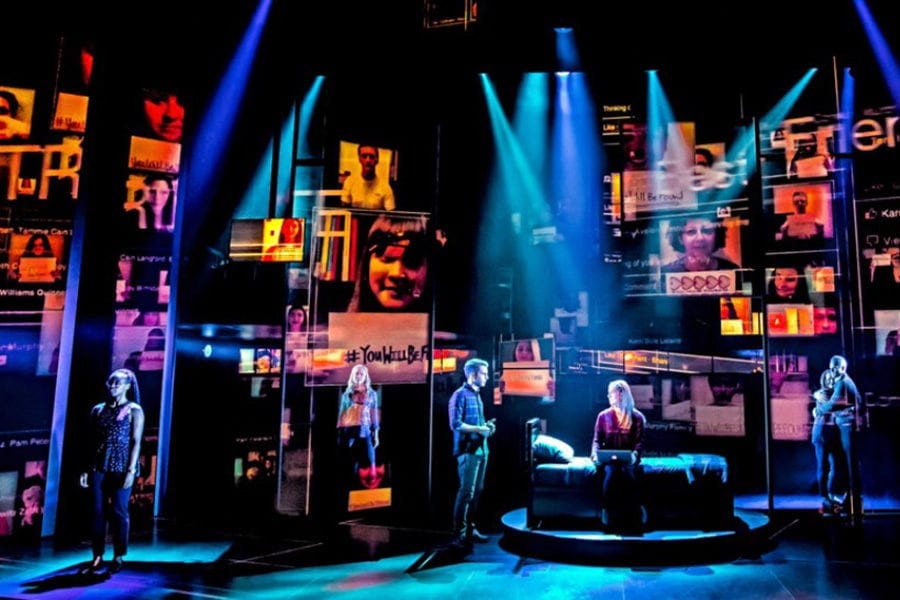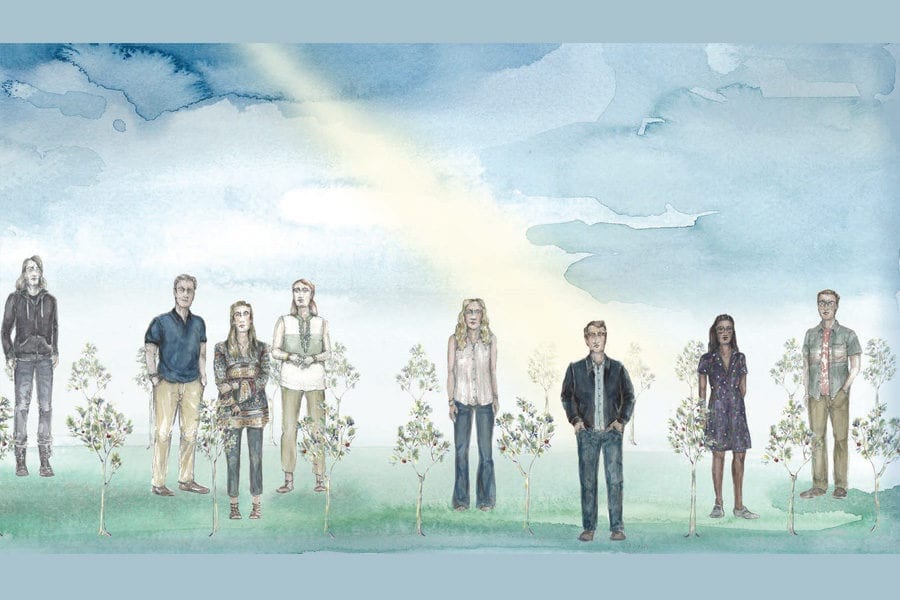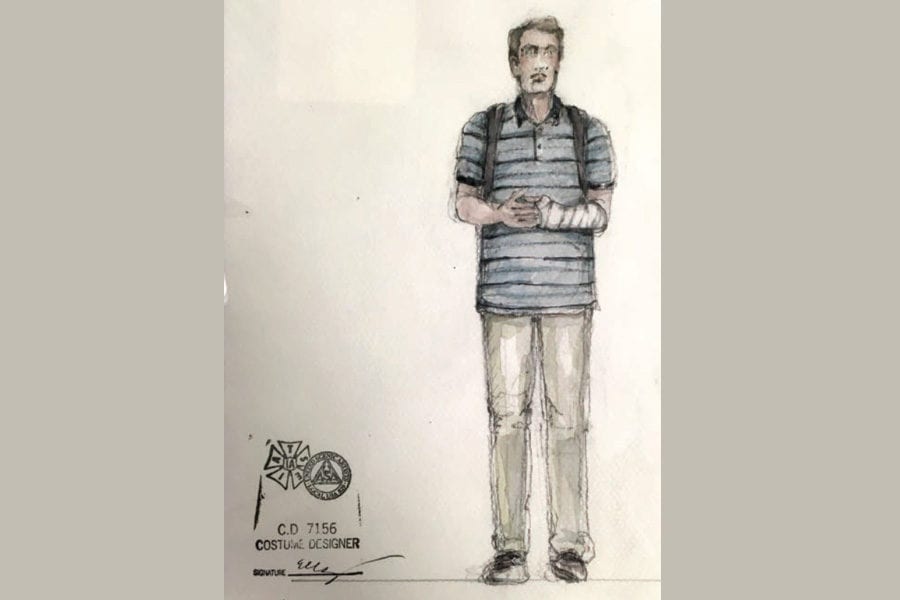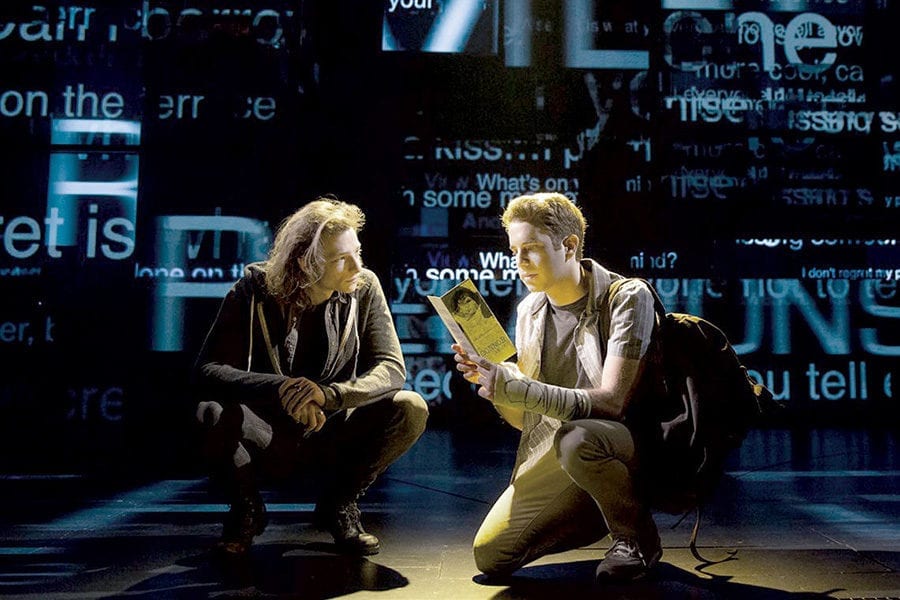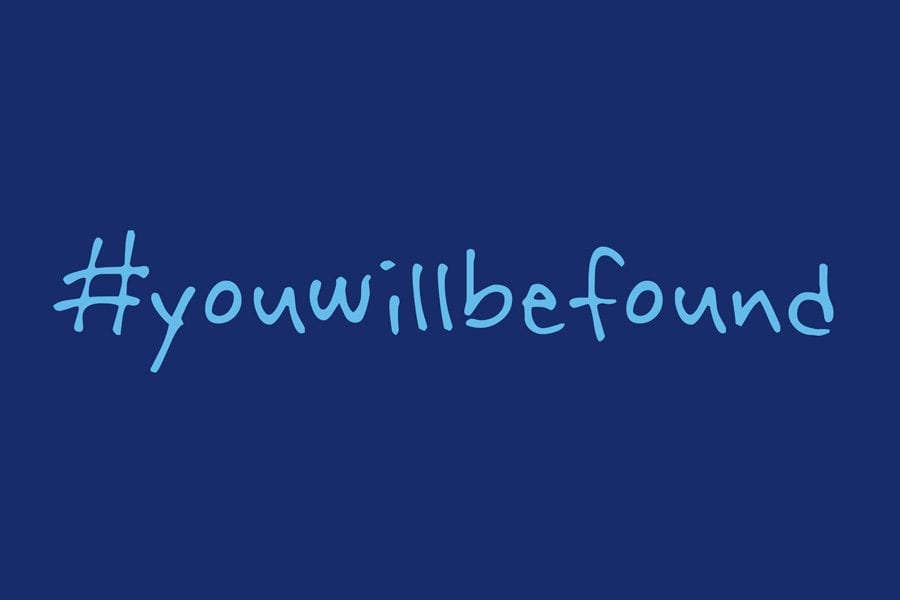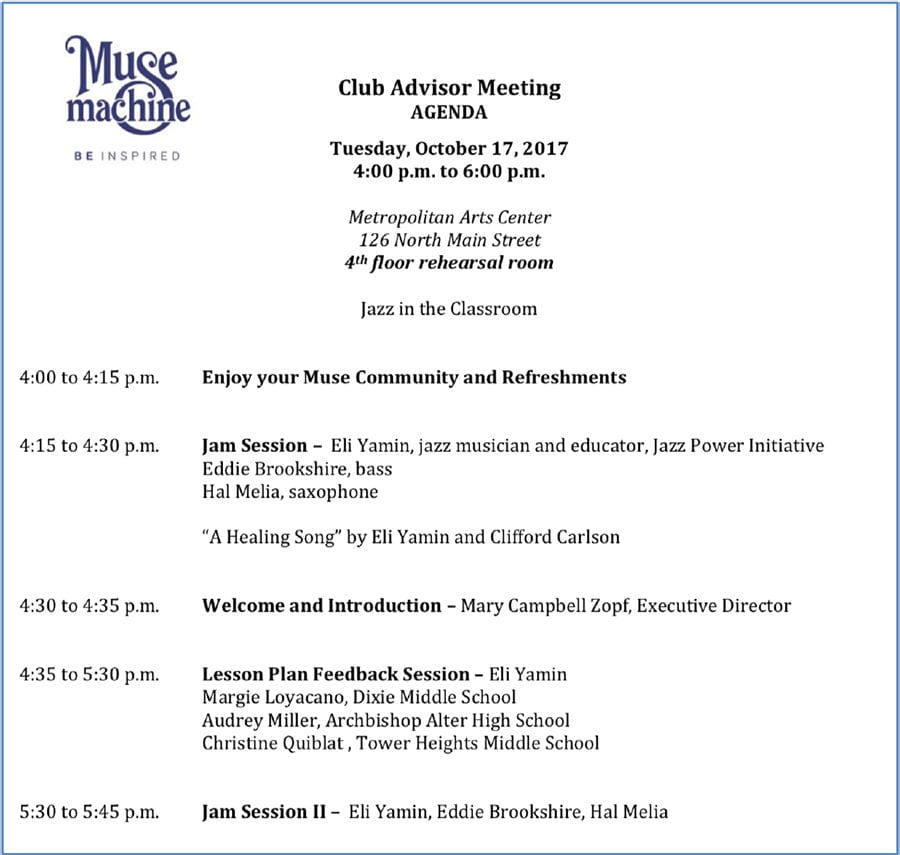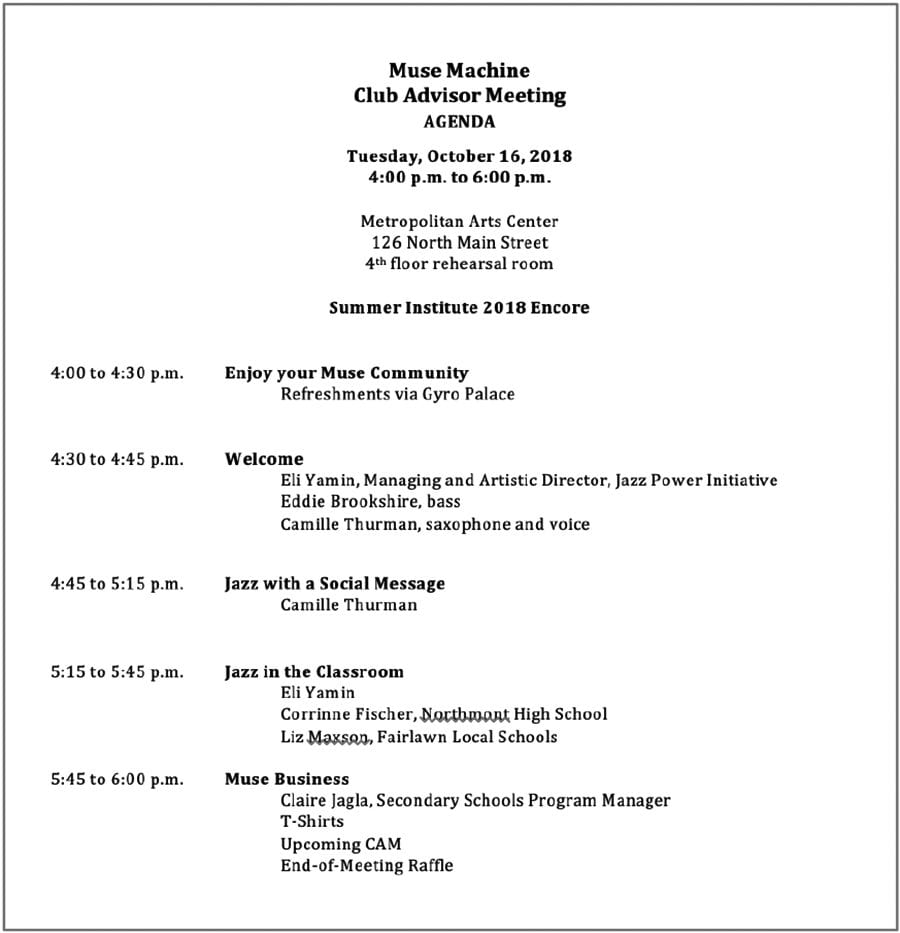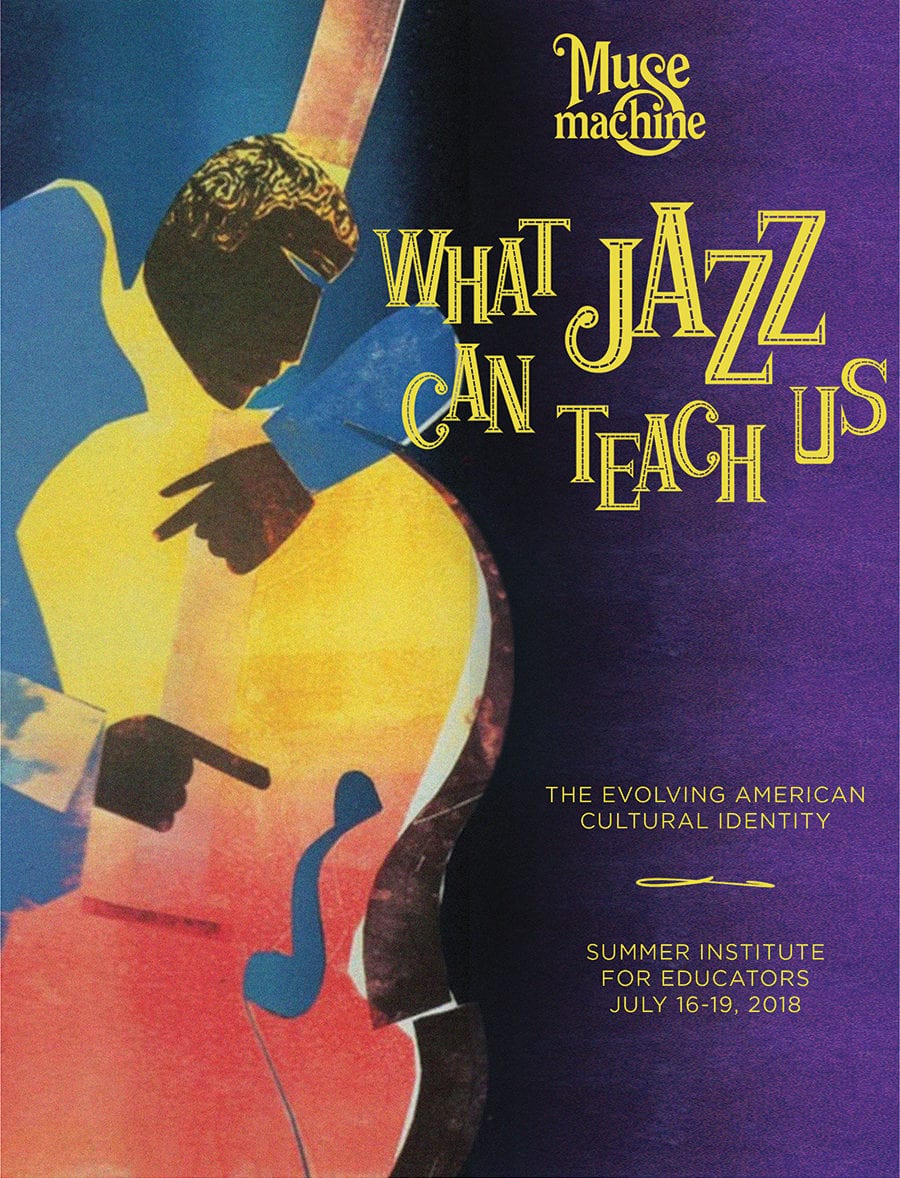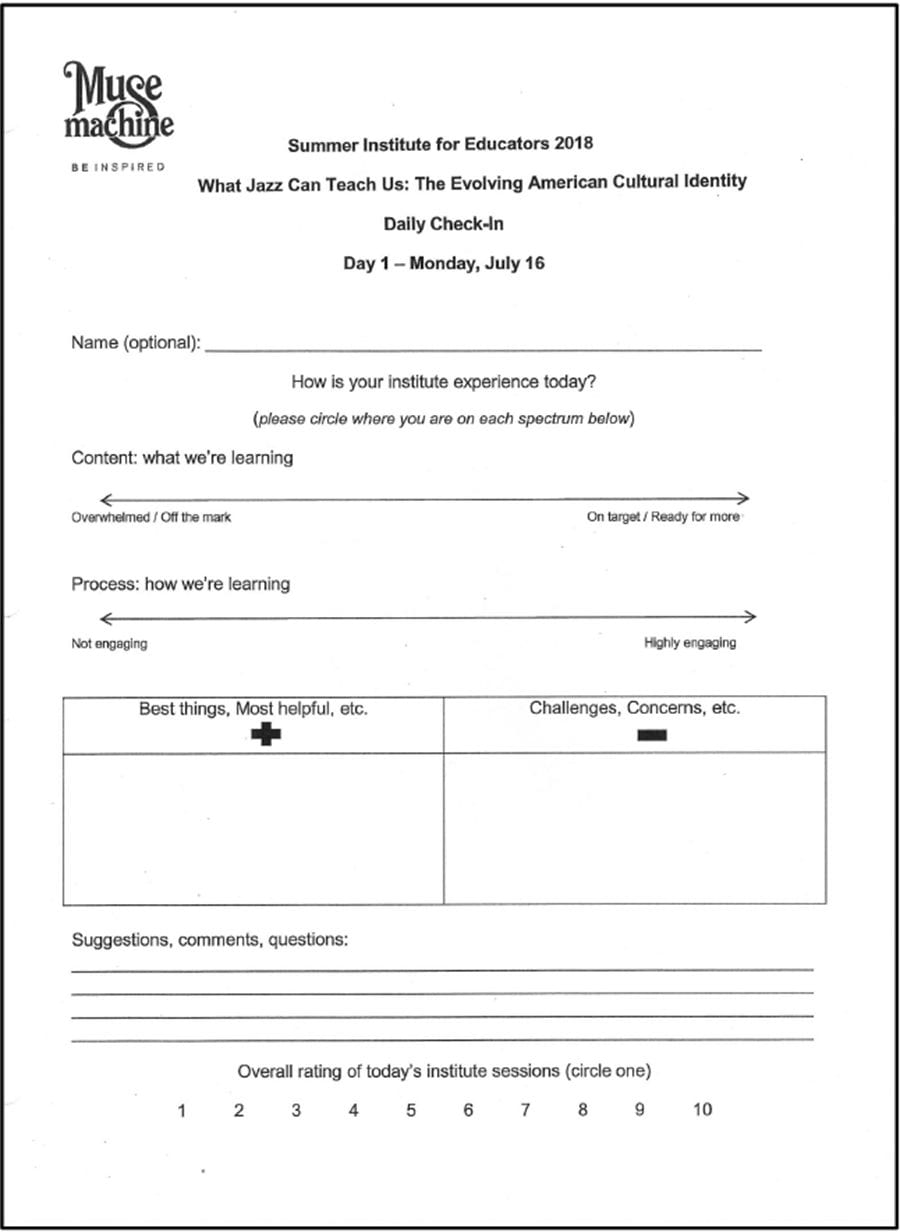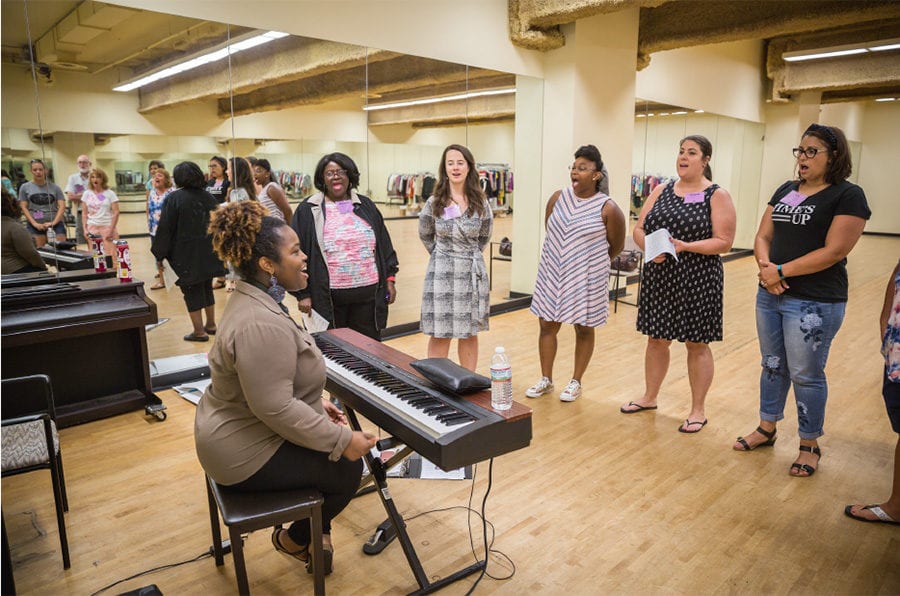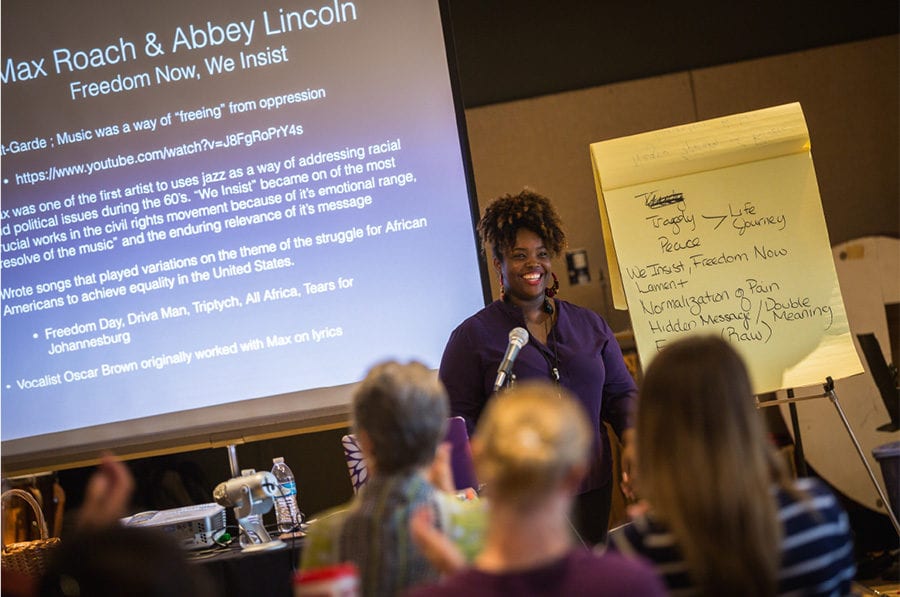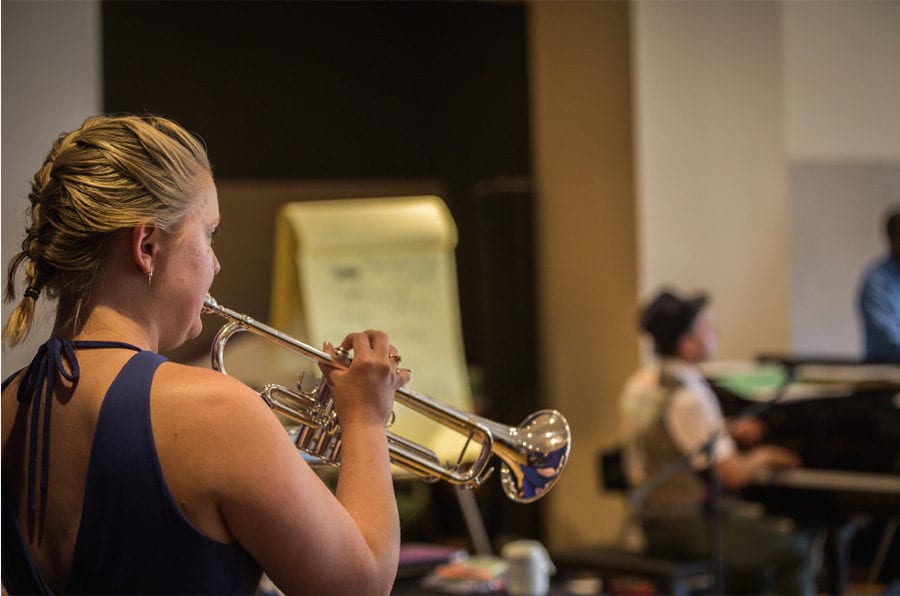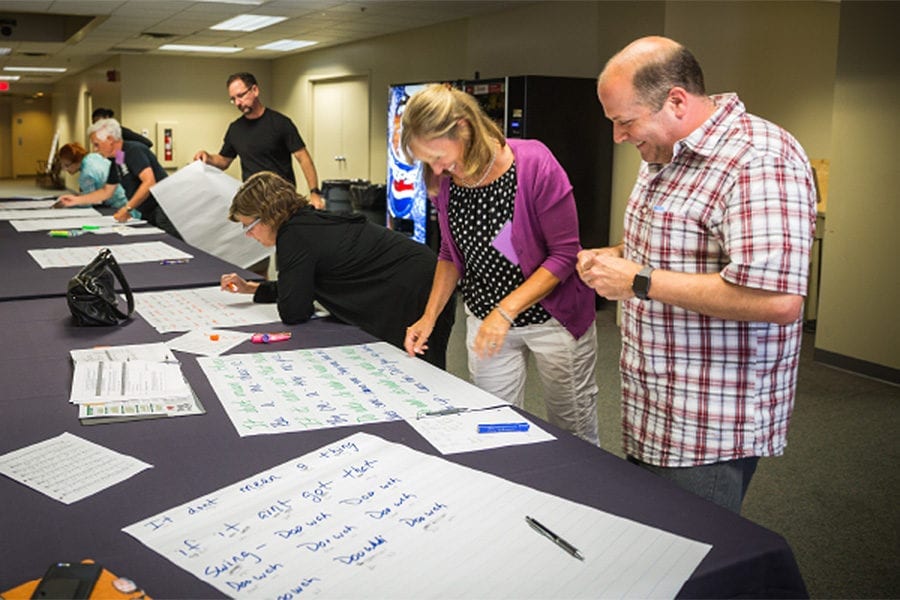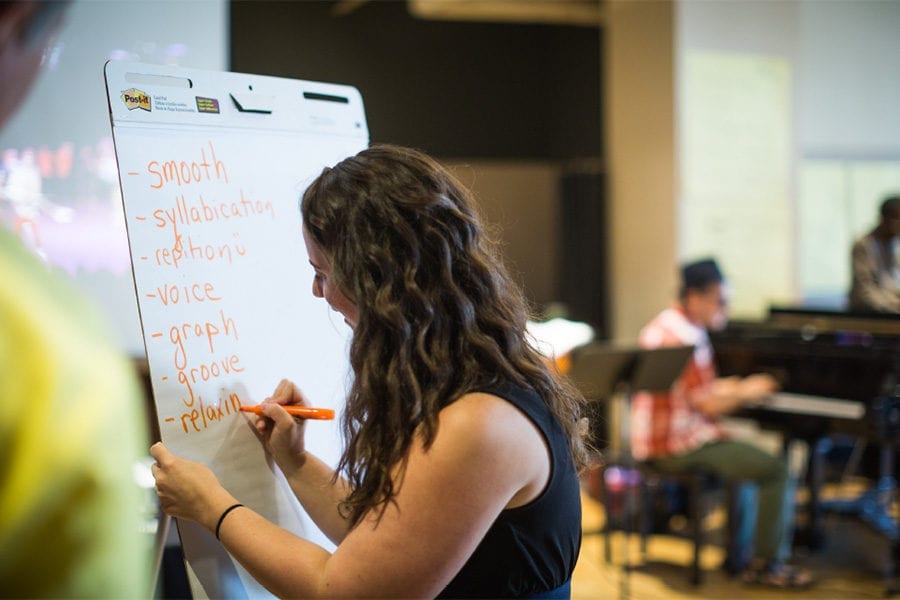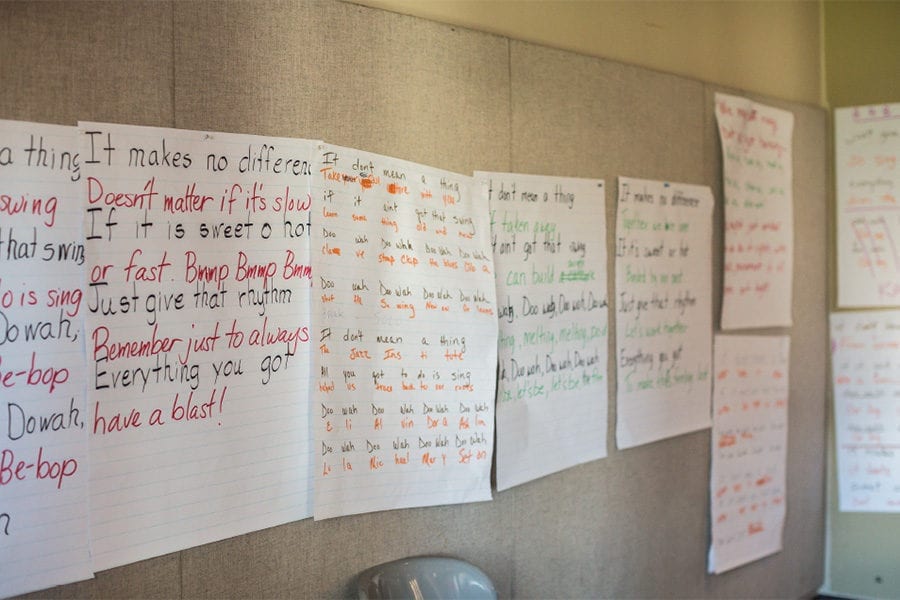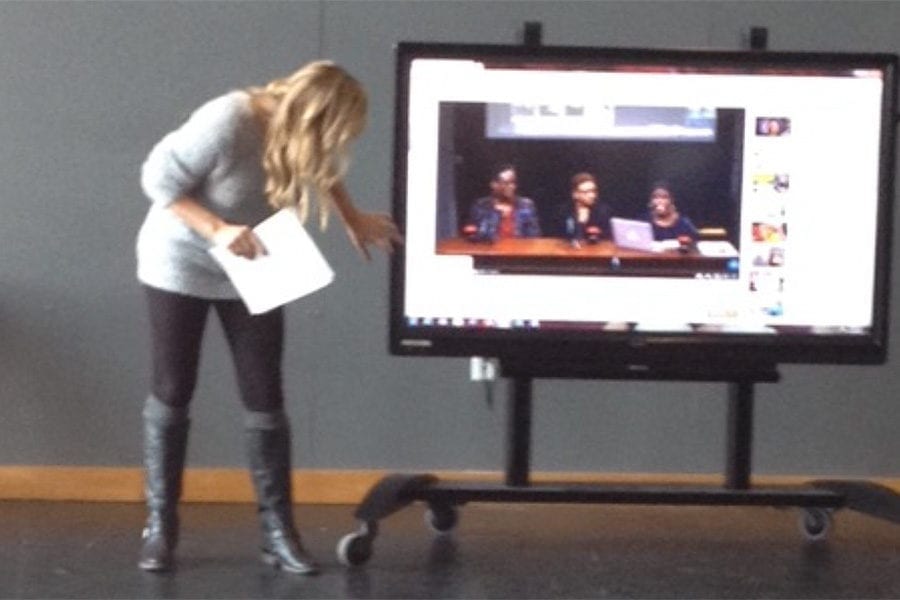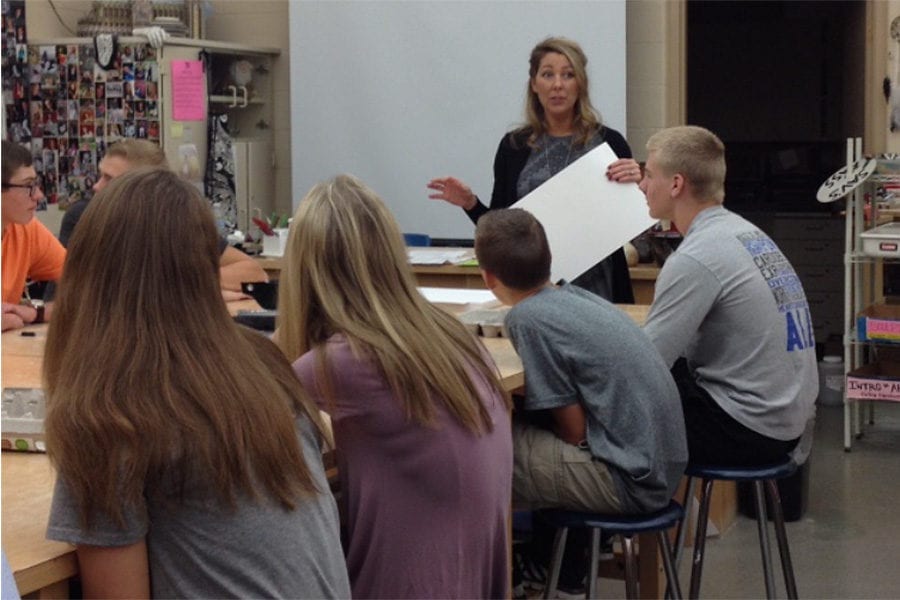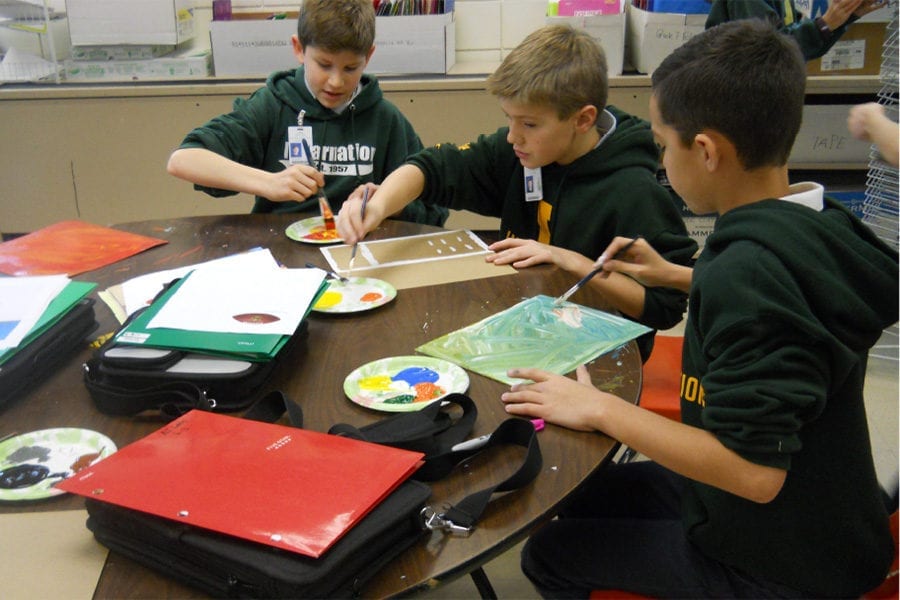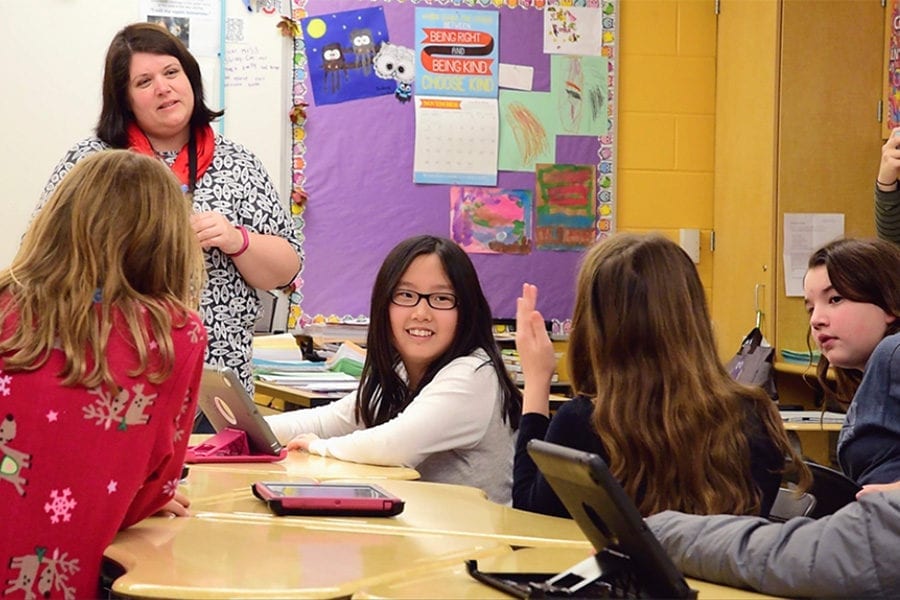Identity, Belonging and Sense of Place with Ping Chong + Company
Prepared for Muse Machine by
Michael Sikes, Ph.D., Evaluation Consultant
Muse Machine
- Muse Machine is a nationally recognized arts education organization in Dayton, Ohio. It annually serves 76,800 students and their teachers in 114 schools, nonprofits, and libraries in 15 counties in central and southwestern Ohio and Kentucky.
- Many of the schools served by Muse have diverse demographics, students from lower Socioeconomic Status (SES) families, and some with limited English proficiency.
- The mission of Muse is to change the lives of young people through the arts.
- To help attain this mission, Muse Machine conducts an annual four-day Institute with teachers from participating schools.
The Institute

Free for teachers and administrators, Muse Machine’s 2019 Summer Institute featured teaching artists from internationally acclaimed Ping Chong + Company and the theme Identity, Belonging and Sense of Place. Pre- and post-institute activities were designed to provide rich experiences throughout the year to inform teaching around storytelling, oral histories, cultural heritage, and other topics. Teacher attendees could earn 28 seat hours and/or three University of Dayton credit hours.
- The Institute was designed as a multi-year partnership with participating teachers and their schools.
- The 2019 Institute, Identity, Belonging and Sense of Place with Ping Chong + Company, along with Muse-sponsored, pre- and post-institute curriculum workshops, addressed relevant contemporary issues around community and culture.
- The Institute took place at the Metropolitan Arts Center in Dayton, July 15-18.
Organizational Bios
Ping Chong + Company
Ping Chong + Company (PCC) is an internationally renowned artistic organization that uses performance to explore issues of culture, community, and story. The following description comes from the organization’s website:
Ping Chong + Company produces theatrical works addressing the important cultural and civic issues of our times, striving to reach the widest audiences with the greatest level of artistic innovation and social integrity. The company was founded in 1975 by leading theatrical innovator Ping Chong with a mission to create works of theater and art that explore the intersections of race, culture, history, art, media and technology in the modern world. Today, Ping Chong + Company produces original works by a close-knit ensemble of affiliated artists, under the artistic leadership of Ping Chong. Productions range from intimate oral history projects to grand-scale cinematic multidisciplinary productions featuring puppets, performers, and full music and projection scores. The art reveals beauty, precision and a commitment to social justice.
Significantly, PCC espouses a commitment to work in linguistically complex and diverse communities. This emphasis seems appropriate to the Dayton area and to the varied communities that Muse serves.
Refer to the Appendix for artists’ bios. For more on Ping Chong + Company, refer to the organization’s website: https://www.pingchong.org
Significantly, PCC has partnered with Muse Machine once before, in the 2016 Summer Institute, Making Art, Making Community. The evaluation of that Institute produced positive findings, with extensive evidence of professional learning, application of learning in the classroom, and impact on student engagement and achievement.
In conjunction with the 2019 Summer Institute, Muse received a grant from the Ohio Arts Council (OAC) for support of the Institute. Information on this grant and the activities that it supported is included in the Documentation (see link below).

Goals
The expected outcomes of the Institute included these learning goals:
- Encounter glimpses of PCC’s body of interdisciplinary performance works.
- Learn about and witness PCC’s Undesirable Elements (UE) series of interview- based theater works, which have amplified the voices of specific communities nationally and internationally over the past 25 years.
- Experience and activate strategies from Secret Histories, PCC’s New York City- based arts education program, which grew out of Undesirable Elements. Secret Histories guides and supports students in cultivating mutual respect and sharing personal and community stories, celebrating identity, belonging, and sense of place, while using approaches that integrate with academic activity and fulfill core education standards.
- Prioritize collaboration, community-building, and personal exploration and sharing, while modeling a pedagogy that’s rooted in liberatory and participatory education practice.
- Engage in joyful, deep artistic collaboration and creation, rooted in our own personal and community stories.
- Experience interdisciplinary approaches to story-sharing, through visual artmaking.
- Activate specific approaches for adapting PCC’s methodologies to participants’ specific classroom needs.
- Encounter each other and build community as educators, as artists, and as human beings.

Essential Questions
The Institute was designed around several Essential Questions:
- What does it mean to belong? How does a person develop a sense of belonging?
- What is a sense of place and why do some people feel more connected to their surroundings than others?
- How does one’s sense of place impact his/her relationship(s) with their surroundings?
- If place influences one’s identity, what happens when a person is forced to or must move?
- What is social justice?
- What are some possible discoveries and challenges that surface from themes of Identity, Belonging, and Sense of Place?
- How can collaborative mural-making cultivate community-building, place-making, and artistic skills-building among students?
- How does the art of the mural intersect with historical and contemporary activism and social justice movements?
In addition, participants learned the following knowledge and skills:
- Ping Chong + Company’s fundamental values and approaches for engaging personal stories through a social justice lens;
- Ping Chong + Company’s fundamental concepts and approaches for exploring, sharing, and performing personal stories;
- Community Agreements and key approaches to collaboratively creating these with students;
- Devised theater, documentary theater, and interdisciplinary art;
- Elements and principles of staging;
- Arts-integrated strategies and exercises for facilitating student writing and story-sharing and for engaging students of science and math; and
- Exploring, sharing, and performing personal stories to help students meet core content standards, and cultivate positive socio-emotional development.
The Institute included four days of rich, engaging instruction characterized by experiential learning; exploration of significant themes such as identity, belonging, and sense of place; sharing personal stories and creating artworks from them; arts-based student engagement; elements and principles of staging; guided reflection; and classroom integration.
In the Institute, participants encountered some of PCC’s body of interdisciplinary performance works, visual art works, and web-based story projects, as well as witnessing its Undesirable Elements (UE) series of interview-based theater works, which have engaged specific communities nationally and internationally over the past 25 years. PCC’s New York City-based arts education program, Secret Histories, grew out of Undesirable Elements. Participants experienced and activated strategies from Secret Histories, designed to guide and support students in cultivating mutual respect and sharing powerful personal stories, using approaches that integrate with academic goals and fulfill core education standards. Finally, the Institute was designed to help participants develop intentions for using Ping Chong + Company arts education approaches in their classrooms and schools.
This Institute prioritized collaboration, community building, and personal exploration and sharing, while modeling a pedagogy rooted in liberatory and participatory education practice. The Ping Chong + Company aimed to meet participants as educators, as artists, and as human beings, with the intention to offer a deeply artistic and collaborative experience for all of us, as we experience and co-create concrete strategies for your schools and classrooms.
Evaluating the Institute

Several questions guided the evaluation of the Institute:
- Was the Institute planned and implemented effectively?
- Did participants perceive the Institute as useful and satisfactory?
- Did participants acquire the knowledge and skills being taught in the Institute?
- Did these educators apply their learning in their subsequent work in their schools?
- In what ways did their classrooms and schools change as a result?
The following processes were used to evaluate the Institute:
- Two online surveys of participants following the Institute. The first survey was administered in the fall, followed by a second survey in early 2020 to gauge the longer-term impact of Institute learning.
- Interviews with participants, conducted via phone in fall 2019.
- Critical review and analysis of planning documents, session handouts, daily surveys, lesson plans, and other artifacts.
- Video documentation.
- Reporting via multiple formats and to various audiences.
The evaluation focuses on two aspects of the Institute:
- Planning and Implementation: The extent to which the Institute was planned and delivered so as to achieve success.
- Results: Various outcomes of the Institute in terms of satisfaction, learning, application of learning, and changes to schools.
Planning and Implementation
Extensive documentation shows that the Institute was the focus of a continuous process of planning, implementation, and follow up.
Click here to View Documentation
Results
The evaluation of the 2020 Institute revealed the following findings:
1. Satisfaction. Participating teachers were satisfied with their experiences and found value in them. This is an important finding because satisfaction is strongly tied to learning.
2. Professional Learning. Participants acquired targeted knowledge and skills.
3. Application of Learning. Participants are applying their learning in their schools.
4. Changes to schools. Preliminary evidence suggests that schools are changing in response to the application of learning.

1. Satisfaction

In professional learning, participant satisfaction is often critical to successful learning. Muse uses satisfaction as a key indicator in the overall Institute evaluation. Both quantitative and qualitative data suggest that participants were highly satisfied with their experience.
Satisfaction: Metrics
Participants reported very high satisfaction, both with the Institute overall and with its various aspects.
(Note: In the following scales, percentages are of those persons who responded from “Strongly Disagree” to “Strongly Agree.” To avoid skewing the data, responses of N/A were not included in calculations.)
Were there any aspects of the institute setting and/or logistics that contributed to or interfered with your learning? Please provide details.
Response to this item clustered into three groups: Those who expressed overall approval (their answer was simply “no” or some variant, those who provided details about their satisfaction, and those who made suggestions for improving their experience—all relatively minor and primarily logistical.
Overall Approval
- “No” (multiple responses)
- “No….it was an awesome week!”
Approval with Details
- “Many ideas for my classes”
- “The institute was inspiring as always! Love Ping Chong & Co.”
- “Having breakout rooms was good in order to facilitate smaller working groups. The whole group beginning and ending was fine.”
- “Convenient downtown location. Great group—loved the small group break down. Even though we had them in the past, this was a MUCH better, more organized, applicable workshop.”
- “All the presentations were exceptional.”
Minor Suggestions
- “The large amount of people in the big square room at the start made it feel very impersonal. However, once we broke up into smaller groups, it was much more personal!”
- “In some areas, the agenda needed a bit more detail and when times or locations were changed, it was not fully shared with staff and participants.”
- “It was kind of a shock on the last day when we were no longer able to park in the lot across the street. But it was just a minor inconvenience.”
- “It took a long time to go through everyone’s 1-minute personal narrative. There were just a lot of people.”
In addition, all participants indicated that the Institute either matched or exceeded their expectations, as the following data suggests:
Overall, was the institute what you expected, based on the publicity and communications with and from Muse?

(Percentages are rounded to eliminate decimals and thus may not total 100.)
Satisfaction: Overall Ratings
An initial survey question sought to determine whether the sessions, in general, were perceived as satisfactory:

2. Professional Learning

Professional learning is the all-important development of understanding and critical knowledge and skills required by today’s educators in order to meet the challenges of teaching in schools with diverse populations, disadvantaged learners, demanding course content including the Common Core standards, and the widely recognized need for higher-order thinking skills to do well in 21st-century economy and society.
The Muse Summer Institute for Educators (SI) uses an approach that combines experiential learning, integrated instruction, a lesson planning process modeled on Understanding by Design (Wiggins and McTighe, 2005), along with the extraordinary artistic and teaching talents of each year’s world-class SI faculty.
The following section explores data from each of the four days of the Institute for evidence of professional learning.
Day 1: Monday, July 15
The opening day of the Institute had the following learning goals:
- Participants will understand the work, mission, and aesthetics of Ping Chong + Company; an approach to establishing shared Community Agreements in order to cultivate safety and bravery for sharing personal stories and creating artistic works from those stories; kinesthetic, arts-based approaches to student engagement; definitions of social justice and of fundamental arts terminology; and foundations of visual art for community-building and place-making.
Monday Presenters and Sessions
Participants provided very positive ratings of Institute presenters and individual sessions:

Overall, these various data strongly suggest that Institute participants found value in their experiences. Moreover, they suggest that participants acquire new knowledge and skills and that they are likely to apply them in their classrooms.

Ideas Emerging from Monday Session
One important indicator of learning is the range and level of ideas that respondents generated through their participation. The following survey responses were provided in response to the prompt, “Tell us about two important ideas that have stayed with you from this first day.” These responses clustered around three connected themes:
Ideas Related to Storytelling
- “The idea of community”
- “Intersectional identities”
- “Creating a community of learning is a critical need.”
- “The river stones”
- “River stories/’life is a river’ analogy”
The Impact of PCC’s Teaching
- “The impact of the work that is (and has been) going on regarding people finding their voice and being the ones to present was astonishing. The videos I was able to see that showed how raw so many contributors were made me want to connect with my own students on that level and guide them to know themselves better.”
- “I like the experiential model where we learn, act, reflect and cycle through concepts in multiple ways.”
- “Telling name stories helped us get to know each other better.”
- “After a busy day in class, we have closing circle to reflect on strengths of the day, establishing a welcoming group environment.”
Impact on Students
- “My freshmen introduced themselves to their classmates by their full names, because they usually only hear their full names at graduation.”
- “Sense of past”
- “Collaboration”
- “Snap Circle”
- “Every person has an important story.”
- “Telling a story!”
- “’I am From’ was profound to me and I’ve already used this with my third graders…..they turned out to be outstanding!”
The following tables drill down to the specific sessions and their usefulness:
Visual Art Salon I: Mural Making as Community Building, Place Making, and Artistic Skills Building

Breakout Sessions: Secret Histories Prelude

Assignments
Respondents were asked whether they would use specific activities in their classrooms.


Day 2: Tuesday, July 16
The second day of the Institute had the following learning goals:
- Participants will understand… elements and principles of staging (space, time, and image); fundamental skills for peer interviewing, in order to invite sharing of personal stories; approaches to writing from personal story-sharing; the essential practice of consent in story-sharing work; and further foundations of visual art for community-building and place-making.
- Participants will be able to… name and use components of space, time, and image for creating performance work; lead/facilitate a peer interview process; lead/facilitate a process for students to establish consent; guide student writing for performance; and activate tools for visual art mural-making.
Learning Goal(s)

Asking Questions, Creating Images: Interviewing Skills and Staging Strategies

Breakout Session: Experiencing Secret Histories Part 2

Lesson Burst: Science & Story Lesson

Visual Art Salon 2: Mural-making as Community-building, Place-making, and Artistic Skills-Building

Respondents were asked to identify ideas from the Tuesday session. The results were somewhat fewer than in response to the Monday session.
Tell us about two important ideas that have stayed with you from today’s sessions.
- “Allowing space to explore”
- “Using space to show connection”
- “Monseineur Tableau – I used this in my theater class.”
- “Contribution of parts to create a whole product”
- “The importance of authenticity of voice in crafting stories.”
- “I would like to have my students create my bulletin boards.”
- “Preparing and asking open-ended questions to facilitate an interview.”
- “I used the walking directions with theatre students as a warm-up.”
- “Used to help students tell their tornado stories.”
- “My breakout group (Moana’s) was great every day.”
- “Visually telling a story”
- “Trying to involve all.”
- “Free writing with students about their journey here will be a huge connection for groups.”
- “Making murals & giving groups a different aspect of visual arts to represent in a mural-like creation.”
- “Respect/acknowledge/appreciate process”
- “An authentic voice often emerges because of honesty and a bit of risk.”
- “Students may express themselves more easily when they can create something visual.”
- “I remember more of the feelings it inspired.”
- “Helped students to get to know each other.”
- “Listening”
- “It is too long ago to remember day by day.”
- “Giving children a place to express themselves through visual art.”
Additional Ratings: River Stories

Breakout Session: Experiencing Secret Histories Part 3

Breakout Session: Experiencing Secret Histories Part 4

Lesson Burst: Arts, Science and Research Lesson

Lesson Planning
Lesson planning, and specifically the ability to translate Institute experiences and learning into learning activities and experiences in the classroom, is an essential step to changing teaching and influencing students. Survey respondents were asked to check any of several statements that were applicable.

Since these preliminary responses, conditions have changed significantly among the respondents. It turns out that most did apply their learning in relevant ways, crafting lessons or activities that drew upon their Institute experiences to impact student understanding and learning.
A later section of this report provides a more in-depth discussion of the lesson plans developed as a result of the Institute. See Lesson Planning, below.

Day 3: Wednesday, July 17
The third day of the Institute had the following learning goals:
- Participants will understand… the River Story structure for writing, crafting, and performing personal stories; applications of Ping Chong + Company’s work to their specific school/classroom contexts; and further foundations of visual art for community-building and place-making.
- Participants will be able to… lead/facilitate a River Story process for student writing, crafting, and performing personal stories; begin to articulate applications of this work to their specific school/classroom contexts; and activate tools for completing, and reflecting on, visual art mural-making.
Learning Goal(s)

Day 4: Thursday, July 18
The final day of the Institute had the following learning goals:
- Participants will understand… further concepts of space, time, and image for creating performance work; approaches to crafting performance sharing from personal stories; structures for guided reflection on artistic process and academic integration; and further applications of Ping Chong + Company’s work to their specific school/classroom contexts.
- Participants will be able to… name and use further components of space, time, and image for creating performance work; lead/facilitate the creation of a performance sharing from personal stories; facilitate reflections on artistic process and academic integration; and articulate applications of this work to their specific school/classroom contexts.
Ratings: Binder Walk Through

Sharing Secret Histories Stories and Performance Elements

3. Application of Learning

Notably, Institute participants seemed to understand the nature of their experience at a deep level. In post-Institute interviews and surveys, they were able to explain the vital connections across subjects and the nature of the learning cycle. This insight should more fully equip them to apply their learning in their classrooms.
- “I personally liked the use of examples and sample activities. This is what I have seen the teachers use often.
 They even reference some activities that they received in the P C & C [Ping Chong + Company] workshop two years ago as being an embedded part of their current curriculum. (One teacher—[name redacted]—recently told us that she would not have a good set of activities to use with her eighth graders were it not for these Ping Chong workshops provided by Muse Machine.)”
They even reference some activities that they received in the P C & C [Ping Chong + Company] workshop two years ago as being an embedded part of their current curriculum. (One teacher—[name redacted]—recently told us that she would not have a good set of activities to use with her eighth graders were it not for these Ping Chong workshops provided by Muse Machine.)”
- “I really like investigating new writing prompts/activities and trying them out myself so that I can adapt them for my students. I like being my own guinea pig so that I can anticipate moments of anxiety and confidence. Also, I love when I am wrong and learn right along with the students.”
Lesson Planning
Lesson plans developed by participants following the Institute are an important source of data. An analysis of these plans produced the following findings:
- The lessons reflected content from the 2019 Institute, and importantly, connected the content to their students.
- The lessons made connections to the Ohio Core Standards.
- They were based around important understandings, essential questions, and knowledge and skills.
- They generally included useful, appropriate means of assessing the students’ learning. As is often the case, the potential may exist for improvement on these assessment processes, and recommendations will be provided to the teachers.
- Each lesson included a Reflection component in which the participant considered implications of the lesson for her or his professional learning.
More information on these lesson plans, including links to examples, is available on the Documentation Page.
Moreover, follow-up data from 2020 demonstrates that, whether they wrote formal lessons plans, most of the participants used their Institute experiences to a certain extent. These uses emerge in the open-ended data in the following section.
Many Levels of Meaning
The follow-up survey was administered in March, 2020. It posed the following questions or prompts:
- If you incorporated activities learned at Summer Institute 2019 in your teaching, please share.
- If you haven’t yet, do you intend to use Summer Institute 2019 activities in your teaching during the remainder of the 2019-20 school year? How so?
- Describe the ways in which the Ping Chong philosophy/approach/workshop activities have impacted your life.
Responses to these prompts reveal several levels of meaning resulting from the experiences of the Summer Institute. For some teachers, the Institute provides a new way to see their own experiences:
- “The workshop I experienced was at a really difficult time for me. My father had just passed away two weeks prior unexpectedly. I still find myself using the activities and discussions we had to help redefine my own sense of identity. Losing a parent seemed to change my perspective on a lot of “life” ideologies in general. I feel that this experience was necessary for me! It almost served as a type of therapy in that short week.”
- “It has also helped me to take another moment to process why my students, children, friends, and adult family, do or act the way they do sometimes. Perspective is a really wonderful gift! Thanks to Ping Chong, I gained a little more!”
- “I really love the way I look at people now as opposed to before the workshop. I love the idea that all people have a story to tell and that they want to share it. It makes being a teacher more accessible because I can help students find their voices and their stories. They also learn about themselves while connecting to others and embracing their daily lives.”
- “They have really inspired me to use more identity pieces in the classroom, and allow students to have more of a voice and have true conversations about where they are from and what matters to them. Somehow, some day, I would love to use the storytelling and devised theatre for a performance that students present. I think it is powerful and important.”
- “The workshop allowed me to step out of my comfort zone and learn more about ways to use arts in my role.
- “Ping Chong was truly an incredible experience. I feel that the philosophy/approach/workshop activities have helped me grow not only as a teacher, but as an individual as well. I think the most important takeaway was just knowing that we are each a unique individual with a purpose.”
- “They have made me a better teacher in my opinion. I really enjoy incorporating what I learned into my classroom activities.”
- “As I stated below, I think it was a great way to start the year with my students and I think it was great for them. I am more of an introvert and hated most of the activities as far as what it was asking me to give of myself. In the end I enjoyed the process and was proud of the work I had done and was inspired to share it with others.”
- “Ping Chong has had a very positive impact on my life and work at my middle school. I am more open and receptive to the power of each person’s story. I make certain that I find time to listen and support my students and co-workers. I have learned a great deal about my students and co-workers lives and stories because I am truly listening. I am very thankful for the positive impact of the Ping Chong experience in my life!”
- “Working with the artists and putting together our own piece was mentally, spiritually, and emotionally the highlight of my summer. I felt such love and acceptance from telling my own story. I try to foster that in my classroom.
- “Simply put, I see each of my classes as a community. I do not expect them to be carbon copies of the same section at another time. I also understand that all the students come with different stories and backgrounds and that each of these unique individuals contributes to the entire class / school community.”
- “The Muse Machine community is incredible in so many different ways. For me, the Ping Chong activities strengthened the bonds we already have even further. Though challenging to reach the same level in a classroom, especially in mathematics and tested areas, I believe that continually incorporating these activities will allow my classes and students to feel more of that community bond that I feel at Muse Machine.”
- “I have grown to understand myself as an educator, and therefore have a greater understanding of how to get to know my students. I have used a lot of the intro activities with my students, we have explored “who am I” a lot this year, and it really has enriched my teaching.”
- “I don’t have my own classroom yet (still working toward licensure). Ping Chong opened my worldview of both the external world and my own inner one. It has helped me formulate graduate research that I’m going to pitch to my advisor, and it has given me many ideas on how to incorporate the identity activities into a language classroom, so that writing assignments I give to practice French can at the same time support students’ self-reflection.”
- “While I would describe myself as empathic, the time with Ping Chong really brought home some of the hidden biases we each hold. I went to another workshop about equity at around the same time, so it was a double dose. Developing the identity skit, our group had many laughs, but we still made strong connections and learned much more than the surface details about one another.”
- “Watching other groups identity skits made an even greater impact because they looked so completely different from our skit, and yet we all left the large group with the same assignment. This really made me think about the expectations I give my own students. When given time to connect and then work, their ideas are much more reflective of the students’ identities. In a math classroom, this might not be a prized quality, but in the study of other cultures, it is a boon. Insight and understanding other people of yesterday and today is the ultimate goal of social studies!”
- “The personal connections that we made with the artists impacted me personally, as well as, professionally. I appreciated how diverse we were and how we developed a sense of community. This has definitely impacted my role in the classroom, as we become a community of learners. It has made me more vulnerable in my class and I’ve given up some of the control to the students. I do feel that the students have appreciated getting to know more about me and I think they believe we are on the same ‘team’ as far as classroom behaviors and learning.”
For other participants, the SI experiences have led to deliberate changes in the classrooms and their teaching, and in some cases the learning of their students. These effects are discussed in the following sections.
4. Changes to Schools
Varied evidence, from preliminary survey results to interviews and follow-up contacts with teachers in the middle of the school year, attest that teachers are using their learning to change their classrooms and their approach to teaching. For example, teachers explored many ways to transform their teaching and their classrooms:
- “Everyone has a story including children. Allowing the children to share stories of themselves at the beginning of the year, built a community where everyone is accepted. We have become a family in our classroom.”
- “I know my students better. My score on my OTES [Ohio Teacher Evaluation System] for student rapport has improved.”
- “I am more aware and proud of who I am! I also am more respectful of others’ differences and similarities.”
Changes to Student Learning
Additional evidence suggests changes to students based on the Institute:
- “It [the Institute] has increased the amount of empathy that I have and encourage students to have regarding individual differences and backgrounds.”
- “I have used multiple warm-up activities with my classes and my drama students as well. I have also been more conscientious about my students’ stories throughout the year as we write, converse, discuss, and work together.”
- “I have intentionally incorporated more kinesthetic activities and art (nonlinguistic representation) into my lesson planning as a result of experiencing the Muse Summer Institute.”
One teacher wrote an extended response that connects her experiences to her hopes for her students, her knowledge of their life circumstances, and the important goals she has for them:
“I intend to continue on with the lessons. We keep building up to bigger pieces of the River Story idea with my high school students. I intend for them to finish out the year by relating musical works to the biggest stones in their river stories, serving as another way to connect memories with emotion and expression through music. My hope is that they will be able to hear these pieces and remember the growth they’ve had throughout their lives so far. Many have struggled with hardships already and are beginning to see the connections with others in our HS Band community. They have seen and heard some uncomfortable yet relatable issues that have trickle effects on their friends and families. Many are starting to see that something minor to themselves may seem completely overwhelming to a friend. My goal is to relate these things we’ve experienced to some pieces of music that we can then use as a tool to self-regulate, self-reflect, and overcome.”
Conclusions
The varied sources of rich data point to the following conclusions:
- After the 2016 Institute led by PCC, Muse not only took deliberate and proactive steps to bring about a return of the Company, but significantly ramped up its efforts to ensure that the Institute would have a more sustainable impact in the schools and communities served by it. These efforts included successful grant applications to the National Endowment for the Arts and the Ohio Arts Council, a diverse set of experiences leading up to the 2019 Institute, and follow-through and engagement with teacher after its conclusion.
- Because of these efforts and certainly as a consequence of the PCC artistry, the 2019 Institute amply met its goals of engaging participants in absorbing, useful, and in many cases life-affirming experiences.
- Many of the participating educators have taken proactive steps to use their learning to engage their students, integrate Institute content with their curricula, meet core standards, and instill important thinking skills. This finding is of great importance to the schools, educators, and students that Muse serves.
Given the theme of the 2019 Institute and its obvious relevance for many of the schools, educators, and students of the targeted communities, it would be useful to collect additional evidence, including the implementation of lessons based on the Institute.
Recommendations
Based on the evaluation, the following recommendations are provided for Muse Machine leadership:
- Continue the ongoing partnership with Ping Chong + Company. The company and its artists seem well suited to make the connections from experience to learning and to help educators do so.
- The experiential learning process that guided much of the learning in the 2019 Institute seems again to have been highly effective. Muse should continue using this model in future years.
- Muse should continue to follow up with participants and provide support in their schools and classrooms to help ensure full impact of the Institute.
- Muse can take proactive steps to improve the level, quality, and ultimately the utility of the lesson plans resulting from the Institute.
- Muse should continue to collect documentary evidence of teacher practice, student learning, and classroom/school transformation. Such documentation could be updated continuously to the Muse website as useful evidence and a rich, interactive learning resource for Dayton area schools and beyond. In addition, it could be disseminated via scholarly or general publications.
- The combination of engaged professional learning in an extended setting, its subsequent use in classrooms, and the probable impact on educators, learners, and schools provides a useful context for research. Muse and its funders should consider the sponsorship of teacher action research and academic research by graduate students as ways to understand more fully how professional learning can at its best be transformative.
Participant Demographics

Participation Rate, by Day

Participant Gender

Participant Age

Which of the following best describes your ethnic background or race?

Which of the following descriptors best describes your primary role as an educator?

Which of the following descriptors best fits your school?

Do you work with a Title I school wherein 40-60% of students are eligible to receive free or reduced-price lunches?

Appendix: Artist/Presenter Bios

Scott Austin currently teaches theater, devising, and English at Edward R. Murrow High school in Brooklyn. He grew up in Syracuse where he began his love of theater, and eventually earned an MA in Educational Theater from NYU. He can be found on stage at the Magnet Theater performing improv or writing with The Bechdel Group, a New York-based theater organization aimed at writing complex roles for women. He is happy to be working with a team of teaching artists with Ping Chong + Company again.

Eric Aviles is an actor, writer, teaching artist and activist based in NYC. He has performed nationally at El Teatro Campesino, Steppenwolf, Goodman, Teatro Vista, The Magic and INTAR. Through many roles, Eric examined the Latino experience in the U.S. He is the winner of the 2018 NY Innovative Theater Award for “Outstanding Original Full Length Script” and nominee for “Outstanding Solo Performance” for his solo play Where You From? What You Be About? Eric has more than 15 years of teaching-artist experience working with youth and adults in schools, community centers and prisons.

Ping Chong is a theater director, choreographer and video installation artist. Raised in NYC’s Chinatown, he is a seminal figure in Asian-American arts movement and pioneer in the use of media in theater. His theatrical works bring his unique artistic vision to bear on major historical issues of contemporary times and focus on bringing unheard voices and under-represented stories to the stage. In 1992, Ping created the first Undesirable Elements production, a series of community-based, oral-history projects, working with non-actors to explore issues of culture and identity. Ping is the recipient of a Guggenheim Fellowship, two BESSIE awards, two OBIE awards and a 2014 National Medal of Arts.

Ryan Conarro is a devised theater maker, educator, and community engagement facilitator. As PCC’s Artistic Collaborator in Residence and Community Projects Associate, his recent projects include the interdisciplinary performance work ALAXSXA | ALASKA, and community project and podcast CIHA STORIES through ArtPlace America. His work has been seen at the Kennedy Center, La MaMa, National Museum of the American Indian at the Smithsonian, and Oregon Contemporary Theatre. Recognitions include Rasmuson Foundation Individual Artist Award, Juneau Arts & Humanities Council Individual Artist Award, and three Alaska Broadcaster’s Association Goldie Awards for work as a radio journalist and storyteller.

Vaimoana (Moana) Niumeitolu is a painter/muralist, poet, singer, actress and educator. She was born in Nuku’alofa, Tonga; raised in Hawa’ii and Utah and is based in New York City. She has been designing curriculum and facilitating education initiatives all over NYC and has led community-based art programs across the U.S. and internationally. She has directed and written over 20 educational theater productions with youth. including a production being performed at Lincoln Center in New York City last year. She has completed community murals globally, is the founder of a female music and poetry trio, and has authored two original plays.
Appendix B: Interview Transcripts
Did you find personal meaning in this experience? If so, could you describe?
- Because Ping Chong and Company does such a good job of speaking the language of education, their presentations are particularly relevant. By this I mean they begin with Essential Questions and Enduring Understandings, just as teachers are used to hearing from their in-school workshops which are often based on the writings of Wiggins and McTighe. They use rubrics, indicators of success, and reflective readings. All of this is good instructional process. As far as personal meaning, the theme of this year’s workshop was, “Identity, Place, and a Sense of Belonging” and is especially relevant in today’s world. They use personal experiences and artist role models as examples of the ways to incorporate the theme into the instructional process. The emphasis for each day is laid out in clear language that helps keep everyone focused on the expectations. I loved the theme this year!
- I really did find personal growth in this. We had to identify ourselves using poetry and presentation. I chose to use dance as a part of my “I am From” piece and my daughter played the music on the piano in the background. She was not there personally but rehearsed at home with me so I could audio record her playing and use it at the institute. It was amazing to be able to include my daughter in where “I am From” since she is also where I am going.
- Yes, I definitely did. Because they have us reflect on our life, it’s a time where we do a lot of self-reflection, and so I found it very meaningful, and for us this year, we had recently had tornadoes in Dayton, and that brought back a lot of memories. And through that experience I was able to process some things all the way back in my childhood. And that’s very meaningful.
- …connecting with the main idea of understanding each other’s identities. And I thought like that was a very good representation of how a teacher could carry that out in a regular classroom, no matter what age you’re in. So I just thought that was great. I just thought it was a really great format, the way that we practiced the different skits and stuff like that, it was just really good as far as some examples.
- I think honestly, this is my third year going to the Summer Institute; the first two years were jazz music based, jazz education based, and this year I really liked the whole different focus because it gives opportunities for different people, when we are doing the different activities, to be able to jump in with their expertise. And I think that is very valuable because part of their method is committing to creating a community. And by allowing music to be a focus, and now drama to be a focus, then maybe visual arts being a focus—and I don’t know what’s coming up next summer—that gives everyone the opportunity to get out of your own box. I’m not a visual artist at all. I love music but I don’t know a lot of the technicalities of music. So, it allows me to understand my colleagues more. it helps me to understand to do this more. It has so many indirect benefits, that you don’t think about while you’re doing it because it’s a lot of fun, and it’s really energizing and engaging. Everybody wants to be actively involved. But you can see these trickle-down effects that you don’t think about until we start talking about it like this.
What experiences at the Institute were most meaningful to you? Why?
- I personally liked the use of examples and sample activities. This is what I have seen the teachers use often. They even reference some activities that they received in the P C & C [Ping Chong + Company] workshop two years ago as being an embedded part of their current curriculum. (One teacher—[name redacted]—recently told us that she would not have a good set of activities to use with her eighth graders were it not for these Ping Chong workshops provided by Muse Machine.)
- I really like investigating new writing prompts/activities and trying them out myself so that I can adapt them for my students. I like being my own guinea pig so that I can anticipate moments of anxiety and confidence. Also, I love when I am wrong and learn right along with the students.
What are the most compelling ideas you came across at the institute? Why are they significant or important to you?
- The formation of identity is so important in the middle and high school years. The workshop provided a very strong structure for how to broach these delicate subjects with students. The writing process is modeled along with a sharing session at the end. However, the indicators of success for this workshop are not the performances at the end, but the sharing among the group. Some of the members of the groups that I saw shared very touching stories of the struggles in their own lives. That was a profound moment for all of us.
- I truly valued how much people want to be in a community wherever they are and that everyone has something to share about themselves that is important and valid. This makes even the shortest of conversations with people more interesting and productive, because I try not to take anything for granted.
- With the experiences I think the activity they do with the river story is very meaningful and the way they process it, not only what comes from it but how they share it with others, the whole process that they go through, the experiences when they have the full large group and they do the snapping activity, I found that to be something that really works with kids and adults, so that’s very worthwhile to learn that skill, and to see it, watch it happening, then take it back to your school.
- And then the compelling ideas, I think that something we try to do in our school is to help teachers understand the importance of building connections with students, and sharing experiences is a great way to build those connections. So I think having all of us share experiences helps all of us to build a good understanding. You have a diverse group of people that then when we all talk about experiences, or shared beliefs, thoughts, ideas, whatever, then we can find that we have a lot of commonality between us, and it really does help and can pay off in the school. It was cool to experience it at the institute.
- I teach elementary age kids and this year I teach third grade, and I’m also a gifted intervention specialist. So I teach kids that are gifted, but I also teach kids that are basically all levels. But with that being said, I really found the section called “I am From”—that really resonated with me, and I’ve already actually done it with my third graders. I teach 40 different third graders, and that’s how we started our year, as a getting to know you piece. And especially my gifted kids, they really caught on to the like poetic language, if you will. You know, “I am from motorcycle,” or “I am from camping.” The students—you know, I did mine for them; they caught right on to what the idea was, and that it was not really—it was like poetry, but yet a narrative about yourself mixed with a poem. So they really really caught on to that, and once they caught on to it, they demonstrated theirs, the rest of the kids really caught on. And then we typed them out, we put them out for parents to read, and they took a copy home, and everybody loved it. And it was really like a nonchalant way of saying things about your life, for adults as well but also, I was really touched by the kids. Because there were things that they said, you know, like “I’m from a home with just my dad,” “I’m from a home with”—It was really really cool to read their, we call them their “I am froms.” And that’s how we started the year. [And these were third graders?] Yeah, third graders. I was almost like—I didn’t have time to do this, but I’d love to scan these, and send them to [the presenter]; I’d love to send these to him. It was a great thing.
- [Did you attend a previous?] I was at one that was more like 10 years ago. And we had different workshops and we had like puppets. And we did different art, we did ballet. We travelled around the area around Victoria Theatre and visited different genres of artwork, and so. This one I felt was more inclusive. You were right there in the main area of rooms, where before, we took a tour of the costume room above Victoria Theatre, we went to the ballet, we did lots of different stuff. It wasn’t the through [PCC].
Have you used, or do you plan to use, what you learned at the institute? If so, can you provide details or examples?
- We are currently writing, and some are implementing, lesson plans based upon what was gained during the workshop. It is a bit early in the school year, but many are already saying that the are using, or plan to use, things they learned during the workshop.
- Yes. I have used several examples which have been forwarded to Muse. They used them during a meeting with one of the Ping Chong staff members. I used “River Stone” writing and “Investigating Your Name/Birth” writing in journals. I also used introductions and snapping to help start the year too.
- In my role as a school counselor, I don’t do this many like teaching lessons. I have times when I teach, but it’s definite set activities that I’m doing, not so much things that I can use from that, but I’ve certainly seen that done, (4:00) and it’s a theme of trying to build connection with students, I do use that all the time, and I was at the workshop we had a few years ago and I enjoyed this one just as much. I think it really does help us see if we apply this in our jobs, that every person comes from a different background and value every person and get to know them, you gain that respect and understanding for each other. So I definitely apply that and learn that at the workshop. So that was fantastic.
In what ways has the Institute had an impact on student learning (if you are currently teaching) (or that you have observed?)
- Testimonials are being shared by teachers at the Advisor meetings. We just had such a sharing session in October, and I am very pleased with what I am saw and heard from them. I think these sharing sessions really help the teachers grow because they see what others are doing with the material and consequently ramp up their own lessons!
- Students have already begun to show an established community, but still need to learn to respect all stories as they have value. This is something I plan to continuously address.
- Yes, definitely, I’ve seen one of my co-workers who went to the Institute with me. I observed her classroom, and she did the Snapping activity, and they s hared, each of them. They did the What’s Happened Since I Saw You Last activity. It was on a Monday, and then kids shared things from their weekends and then snapped to another student to share, and it—I loved how it took a group, they all came in the room and ther’re all doing a million different things and within just minutes every one of them was just focused, listening—it helped teach eye contact, and then they’re ready to begin her lesson. So that was just fantastic. And I think that just building that feeling of belonging to a group helps kids with their behavior. We work in a middle school, so getting all getting all the kids on board and engaged is always a challenge. When you have a good group dynamic, it’s like “you know, I’m not going to ruin this for everybody. I’ll pay attention and do what I need to do.” Yeah, I think that is a really cool thing that we learned…Definitely, it’s a challenging time for them.
- One of the teachers that went with me, she teaches music and dance, and she has used it with her students. I don’t know, because we did the professional development, it would have been two or three weeks ago. And we have not had, we will actually have it tomorrow, and I could ask whether anyone has used this. But I haven’t seen a lot of the teachers, we had a snow day this week, a two-hour delay, inclement weather. So we haven’t had the chance to get any feedback on it at all yet. [Noted I saw her comments on (name redacted)] And Jackie was also the one who helped me present that day, too. And the teachers were responsive to it, they thought it was really interesting. They sounded like they would use it, but honestly I have not been able to see if they have. [If something happens, could you communicate with me] Okay
What other thoughts do you have regarding the meaning a relevancy of this experience?
- I love Ping Chong and Company! I think they bring the most relevant inclusion of the arts into classroom instruction of any group I have ever encountered.
- A fellow teacher, who also attended the workshop (Jacque Jenkinson), led activities at a recent professional development day that utilized activities and prompts taught to us by the Ping Chong Company. I found it interesting how much more hesitant the adults were at improvisation “games” but how more in depth their written responses were to prompts.
- I just think that in our community, in Dayton, you had the tornadoes, you had the shooting, all of us have been through trauma, almost every one, and it helps again in building community to be understanding of each other and how to share our different experiences, they are different. But I think that in our society today with everybody, so many of our children have trauma in their life. And this workshop really helps us to build appreciation for accepting everybody for who they are and listening to their stories, and valuing each individual story. So I think that is incredibly relevant to our life today, and again, in the school setting where everybody comes from a diverse background, it’s helping them, all the kids realize, value who they are and also appreciate who other people are. So, yeah, I think the workshop is just wonderful. It’s definitely a life-changing experience.
- My teacher friend and I that came, she had written a grant to get Michael Lippert in our building, whom we’ve had many other times before. And it was sad, because our school district—we have two elementaries, and if your grant doesn’t pay for both elementaries, then the school district won’t let you have the artist come. And it is a real shame. And we were very—it’s no fault of you guys [Muse], but I just wanted to let you know that we tried really hard to have Michael come again, and the other building, the teachers didn’t want to work with us to get the funding, so we went ahead and wrote the grant, and we got the funding, we got the yes to have the money, and yet our superintendent said no, because both buildings weren’t voting to do it. And we’ve been in contact with Michael and we let him know that we tried to get this set up. And it’s a sad situation, but we tried. We just had to get the other building on board, but they just weren’t very positive about it. They’ve had Michael out there before, but the teachers out there are just not positive, and it’s hard to force another staff to do something because your staff wants to do it. [Lack of support for arts in schools] My thinking as a way to battle that is just to be the shining teacher in my own classroom, but let people speak for themselves.
- It was a great experience and I will probably do it again.
What would you like for Muse to know beyond the questions in this interview?
- Continue to bring this group of presenters to the Summer Institute. I would not bring them EVERY year, but every few years their workshops grow more relevant and engaging.
- I am always so grateful for the opportunities and resources the Muse Machine provides for all teachers. The resources and professional growth opportunities are so intensely valuable and available to everyone. That helps us in and out of the classroom to stay energized, excited, and connected to our students.
- I think to thank them for providing these experiences for us. Their thoughtfulness in the choices that they have and just all the support they give us. It really is a wonderful organization. It has definitely changed by life, so I truly appreciate that.
Appendix C: 2019 Summer Institute Follow-Up Survey
Administered March, 2019
If you taught a lesson or unit that incorporated elements from Summer Institute 2019 during the 2019-20 academic year, please briefly explain the lesson/unit.
- The lesson plan that I wrote.
- I have used many lessons involving identity, community, and social emotional learning at almost every level this year. I have incorporated many of the activities we used, like the river story, the “I am” poem, and various ice-breaker/game style activities as well (snaps, cross the room, “seeking common ground”). This has helped my high school band achieve a much greater sense of community and deeper connections within our team-building activities. They seem to be much more comfortable reaching out to one another as well as sharing anything from deep personal troubles to celebratory events.
- We did the River Stones activity with students’ tornado stories. Very powerful
- My lesson presenting SHREW and KISS ME KATE was presented as part of my UDOLLI offering this winter session. Showed a clip from Too Darn Hot as we saw it on Broadway (from the Tony Awards tv segment) and another with Ann Miller performing the song in the film version. The class had great insights on the many facets of each treatment of the show. I know I incorporated ideas from both the ATTS and SI in the lesson. Participants found the lesson a highlight of the class. The class also showed how The Tempest inspired the film Forbidden Planet and discussed R & J’s influence on West Side Story.
- I used the “river write” with my seniors to have them track their last three years of school and project themselves into the next year after high school. I have used other elements with my students throughout the year to help them develop a better sense of self through their own story telling.
- River stones/ narrative writing
- Focused many writing units on student identity
- I added to a pre-established identity unit a lot of the Summer Institute elements, including I am From poem, river stories with specific “stone” prompts, storytelling elements, identifying preferred gender pronouns when in a name circle, and used the snaps game at the beginning of the year.
- In my meetings with students or guidance lessons, I use the attention getters like snapping and the circle activities.
- My ELA classes read the novel Towers Falling by Jewell Parker Rhodes. It is a story about a young, homeless African-American girl, Deja, who is starting a new school. Deja was born and raised in Brooklyn (post 9/11), but has no knowledge of the events of September 11th. Her class is working on a project about 9/11. Throughout the project, Deja learns more about the event and realizes how it directly impacted her own family.
After reading the novel, students worked in groups of 3-4 to discuss and determine a theme. Each group created a visual that expressed/represented the theme they came up with. All groups then shared those visuals and explained the theme. As a class, we then chose one theme and created a community mural that represented that theme. Students worked together to draw and paint the murals. ALL students participated in the creation of the community mural.
- I did a 7th-grade Reading lesson on citing textual evidence. We were reading the novel, The Outsiders by S.E. Hinton. I created “river” charts for three of the main characters, and students had to identify traits of each, then provide evidence and place their evidence stone on the river.
- I teach an Advanced Theatre course to 11 and 12 graders. I started the year by students mining their lives and creating their own River Stories. We did most of the activities that we conducted during the Summer Institute and spent almost 2.5 weeks. The time culminated in two River Stories performances in which students reacted to their peers’ work. We wrote timelines, work on our I Believe statement, we did a lot of pre-writing, viewing of other similar types of performances, and also looked at the meaning of our names and our place in our world and in our families. It was a great way to create an environment of respect and camaraderie among 18 high schoolers.
- My lesson is for a guidance group session. I used the “Snap” game to help students get to know each other during our first session. I have also seen another Muse teacher use the snap game daily in her classroom – “That’s what happened since I saw you last…”
This activity is quick, fun and a great way to help students feel comfortable sharing with each other.
- I used the snaps game from the summer institute to represent geometric vocabulary words (a snap is a point, passing the snap is a segment, ray, or line, etc.) and allowed students to bid for the vocabulary words they wanted to complete. Students then completed Frayer models with definitions and visuals for their vocabulary words along with the movements they created with their teams.
- I did the river stones activity with various characters from books we’ve read as a review of the character, after each chapter. At the end, the students had a greater understanding of what the character has been through.
- I planned a community agreement activity and used it with all of my classes. Each class developed their own version, reflecting their individual priorities and language. The first day, we brainstormed, and then we refined it on the second day. The last day we created the version to be used. Later in the week, each student signed the agreement showing their individual commitment.
- Incorporated many of the writings that we did: Name meaning, story behind your name, story about your birth… this led to shared experiences, understanding my students, and then on to narrative pieces.
If you incorporated activities learned at Summer Institute 2019 in your teaching in any way not listed above, please share.
- Snap game has helped re-focus groups (especially middle school).
We made a collaborative bulletin board at the beginning of the year in which all of my students (around 300) are represented and even connected (the band kids are puzzle pieces connecting a border around all the elementary finger prints). The elementary kids really enjoyed putting their print on the board and making them into music notes!
I have also used many of the activities for personal growth and reflection throughout the year so far!
- We throw snaps to each other every day. I use it to check-in, and review content as well.
- It has increased the amount of empathy that I have and encourage students to have regarding individual differences and backgrounds.
- In my work with our Muse Machine Club on Romeo and Juliet, I used some involvement and interaction ideas gleaned from the SI.
- I have used multiple warm-up activities with my classes and my drama students as well.
I have also been more conscientious about my students’ stories throughout the year as we write, converse, discuss, and work together.
- I have intentionally incorporated more kinesthetic activities and art (nonlinguistic representation) into my lesson planning as a result of experiencing the Muse Summer Institute
- I use the “I Am” poem in my general music class
- We have incorporated the group circle where we throw each other the snap. We did this quite a bit at the beginning of the school year to get to know one another. In addition, we do the circle/snaps when the students need movement. We also use it to review class rules if we notice an unwanted pattern of behavior.
- We also created a Community Agreement at the beginning of the year. All students signed the agreement, and we review it periodically when a student feels that some of the bullet points are not being followed.
- Finally, we have utilized the Class Simmering Pot. We acknowledge that what students want to share is important, but if it is off-topic or we are running out of time, the kiddos know to add it to the simmering pot. We try to review our simmering pot at the end of each week.
- No
- I am in the process of working on a collaborative mural project. My intention is to have all student s in the building share their viewpoints regarding a given theme, help plan, sketch, and paint the mural.
- We also did many of the warm-ups: Snaps, “That’s what happened when I saw you last,” and set community agreements.
- Our middle school had an entire day where students learned about each other’s stories. We watched videos and had activities that helped students gain an appreciation for our diversity and acceptance of each other. Following is the introduction to our special day:
We all have personal stories and shared stories. (age group, gender, race, culture, Northmont, American, etc.) Sometimes we are only exposed to the same like-minded people, and we miss out on other stories or knowing how we might be connected to others. However, our personal story consists of multiple stories. The person next to you has their own story that may have similarities to yours. It is important to know the entire story. There is more than one perspective or version of history. Today is about taking the time to reflect about self and learn about others. We are all part of Our American Story.
- It was so long ago…
We had an issue of racism in our school and the students feeling unheard and unseen. We wrote a journal about the me that no one sees and shared it. It was very powerful.
- We have done the snap in the circle to get everyone focusing on one another. My 6th graders also paired up and listed adjectives in Spanish to describe themselves and then as a group, they had to create a list for each other to describe that person. I got the idea when we were working on the river stories with Eric.
- I’ve used circle time and the snap game at the beginning of the year to create and establish community norms in my classroom. I will also use circle time to debrief after activities, re-center class behaviors, and assign new teams. My students are always really excited when they are asked to be in a circle because they want to play the snaps game.
- I also used the snap circle for 2 – 3 weeks, forcing students to learn their classmates’ names. It has greatly decreased the number of times someone has declared, “Who is that?” later in the year.
If you haven’t yet, do you intend to use Summer Institute 2019 activities in your teaching during the remainder of the 2019-20 school year? How so?
- Yes, I intend to continue on with the lessons. We keep building up to bigger pieces of the River Story idea with my high school students. I intend for them to finish out the year by relating musical works to the biggest stones in their river stories, serving as another way to connect memories with emotion and expression through music. My hope is that they will be able to hear these pieces and remember the growth they’ve had throughout their lives so far. Many have struggled with hardships already and are beginning to see the connections with others in our HS Band community. They have seen and heard some uncomfortable yet relate-able issues that have trickle effects on their friends and families. Many are starting to see that something minor to themselves may seem completely overwhelming to a friend. My goal is to relate these things we’ve experienced to some pieces of music that we can then use as a tool to self-regulate, self-reflect, and overcome.
- No.
- I hope to include an “I am” writing with my freshmen as a part of our poetry study. I would also like to make it performance based instead of just writing based.
- Undecided, but I would love to find a way!
- I still plan on using the circles with my students
- I want to use the river stones activity and the I am from… activity.
- I’m not sure how many activities I’ll be able to incorporate during the rest of the school year, but I have thought about using things like the river story and the I am poem as a part of my end of the year surveys. I’m also constantly thinking of how I can incorporate these things for next year.
- I have… but I also intend to do an end of year self-reflection portfolio, where we reflect on who we are and how far we’ve come, as a result of what we’ve read. We read a lot of impactful novels during sophomore year, so students have been able to identify with the main characters of the novels. We will compare ourselves to main characters, write two-voice poems with characters, and really interact with them in a way that I wasn’t able to before having taken the summer institute with Ping Chong.
- I would like to tie in some portion of the identity script. We are getting ready to study the major European explorers, and I thought it would be a complementary activity. One, students will be thinking about their own family’s exploration and two, they will be making connections with their classmates at a time when disagreements often happen. The connections might help smooth over some of these feuds.
- I would like to, but I need to go back and review them.
Describe the ways in which the Ping Chong philosophy/approach/workshop activities have impacted your life.
- Everyone has a story including children. Allowing the children to share stories of themselves at the beginning of the year, built a community where everyone is accepted. We have become a family in our classroom.
- The workshop I experienced was at a really difficult time for me. My father had just passed away two weeks prior unexpectedly. I still find myself using the activities and discussions we had to help redefine my own sense of identity. Losing a parent seemed to change my perspective on a lot of “life” ideologies in general. I feel that this experience was necessary for me! It almost served as a type of therapy in that short week.
It has also helped me to take another moment to process why my students, children, friends, and adult family, do or act the way they do sometimes. Perspective is a really wonderful gift! Thanks to Ping Chong, I gained a little more!
- I know my students better. My score on my OTES for student rapport has improved.
- I am more aware and proud of who I am! I also am more respectful of others’ differences and similarities.
- I really love the way I look at people now as opposed to before the workshop. I love the idea that all people have a story to tell and that they want to share it. It makes being a teacher more accessible because I can help students find their voices and their stories. They also learn about themselves while connecting to others and embracing their daily lives.
- They have really inspired me to use more identity pieces in the classroom and allow students to have more of a voice and have true conversations about where they are from and what matters to them. Somehow, some day, I would love to use the storytelling and devised theatre for a performance that students present. I think it is powerful and important.
- The workshop allowed me to step out of my comfort zone and learn more about ways to use arts in my role.
- Ping Chong was truly an incredible experience. I feel that the philosophy/approach/workshop activities have helped me grow not only as a teacher, but as an individual as well. I think the most important take away was just knowing that we are each a unique individual with a purpose.
- They have made me a better teacher in my opinion. I really enjoy incorporating what I learned into my classroom activities.
- As I stated below, I think it was a great way to start the year with my students and I think it was great for them. I am more of an introvert and hated most of the activities as far as what it was asking me to give of myself. In the end I enjoyed the process and was proud of the work I had done and was inspired to share it with others.
- Ping Chong has had a very positive impact on my life and work at my middle school. I am more open and receptive to the power of each person’s story. I make certain that I find time to listen and support my students and co-workers. I have learned a great deal about my students and co-workers lives and stories because I am truly listening. I am very thankful for the positive impact of the Ping Chong experience in my life!
- Working with the artists and putting together our own piece was mentally, spiritually, and emotionally the highlight of my summer. I felt such love and acceptance from telling my own story. I try to foster that in my classroom.
- Simply put, I see each of my classes as a community. I do not expect them to be carbon copies of the same section at another time. I also understand that all the students come with different stories and backgrounds and that each of these unique individuals contributes to the entire class / school community.
- The Muse Machine community is incredible in so many different ways. For me, the Ping Chong activities strengthened the bonds we already have even further. Though challenging to reach the same level in a classroom, especially in mathematics and tested areas, I believe that continually incorporating these activities will allow my classes and students to feel more of that community bond that I feel at Muse Machine.
- I have grown to understand myself as an educator, and therefore have a greater understanding of how to get to know my students. I have used a lot of the intro activities with my students, we have explored “who am I” a lot this year, and it really has enriched my teaching.
- I don’t have my own classroom yet (still working toward licensure). Ping Chong opened my worldview of both the external world and my own inner one. It has helped me formulate graduate research that I am going to pitch to my advisor, and it has given me many ideas on how to incorporate the identity activities into a language classroom, so that writing assignments I give to practice French can at the same time support students’ self-reflection.
- While I would describe myself as empathic, the time with Ping Chong really brought home some of the hidden biases we each hold. I went to another workshop about equity at around the same time, so it was a double dose. Developing the identity skit, our group had many laughs, but we still made strong connections and learned much more than the surface details about one another.
Watching other groups’ identity skits made an even greater impact because they looked so completely different from our skit, and yet we all left the large group with the same assignment. This really made me think about the expectations I give my own students. When given time to connect and then work, their ideas are much more reflective of the students’ identities. In a math classroom, this might not be a prized quality, but in the study of other cultures, it is a boon. Insight and understanding other people of yesterday and today is the ultimate goal of social studies!
- The personal connections that we made with the artists impacted me personally, as well as, professionally. I appreciated how diverse we were and how we developed a sense of community. This has definitely impacted my role in the classroom, as we become a community of learners. It has made me more vulnerable in my class and I’ve given up some of the control to the students. I do feel that the students have appreciated getting to know more about me and I think they believe we are on the same “team” as far as classroom behaviors and learning.
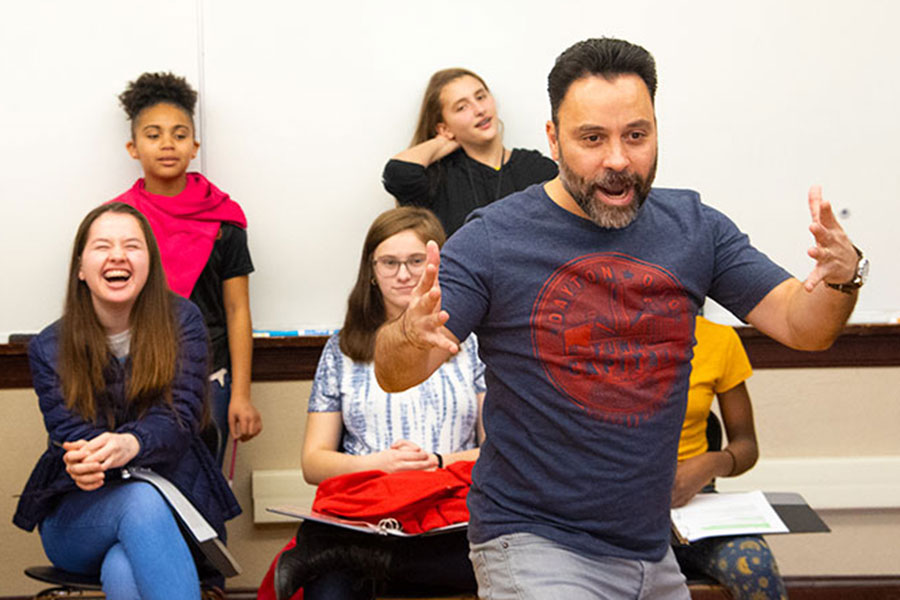

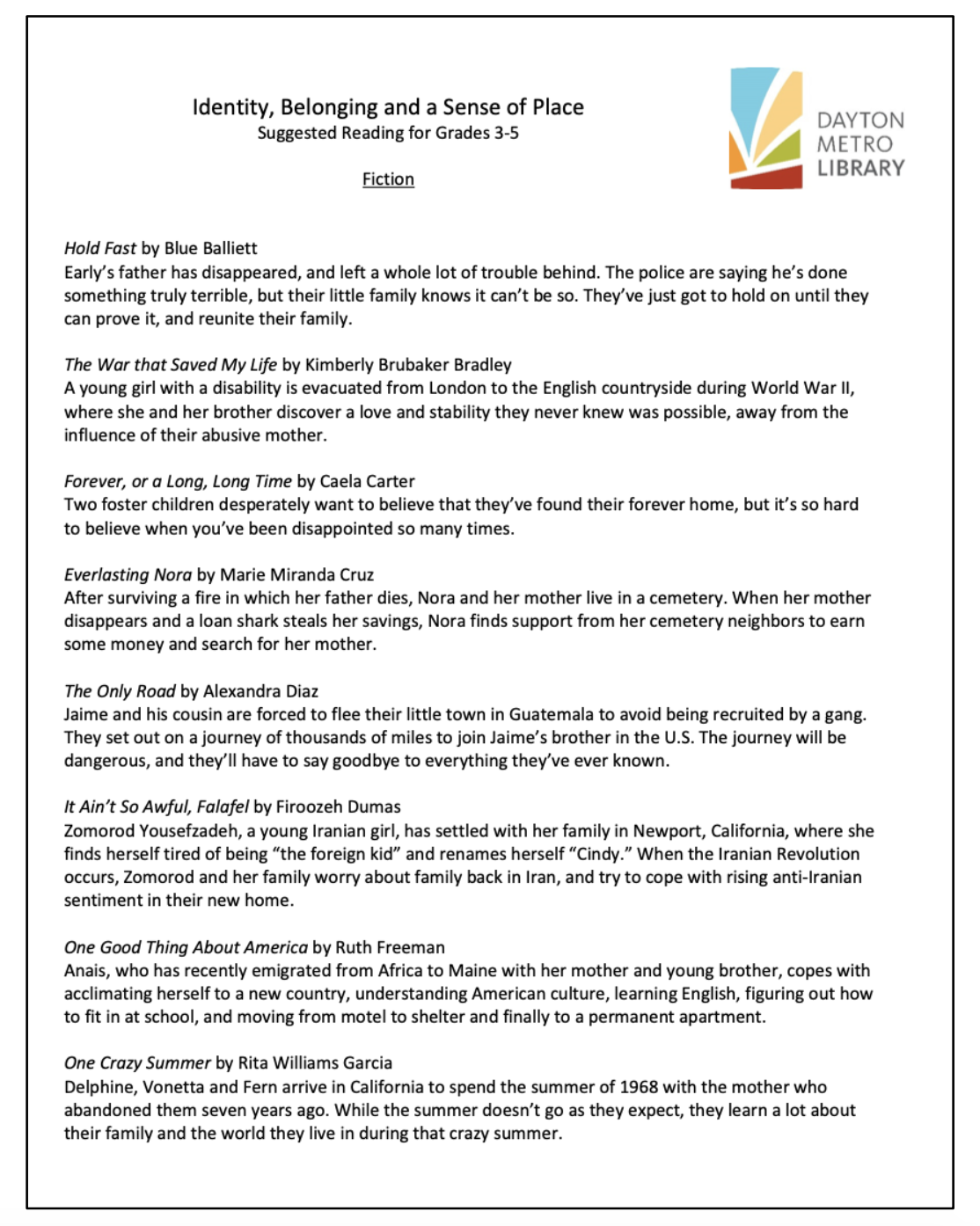
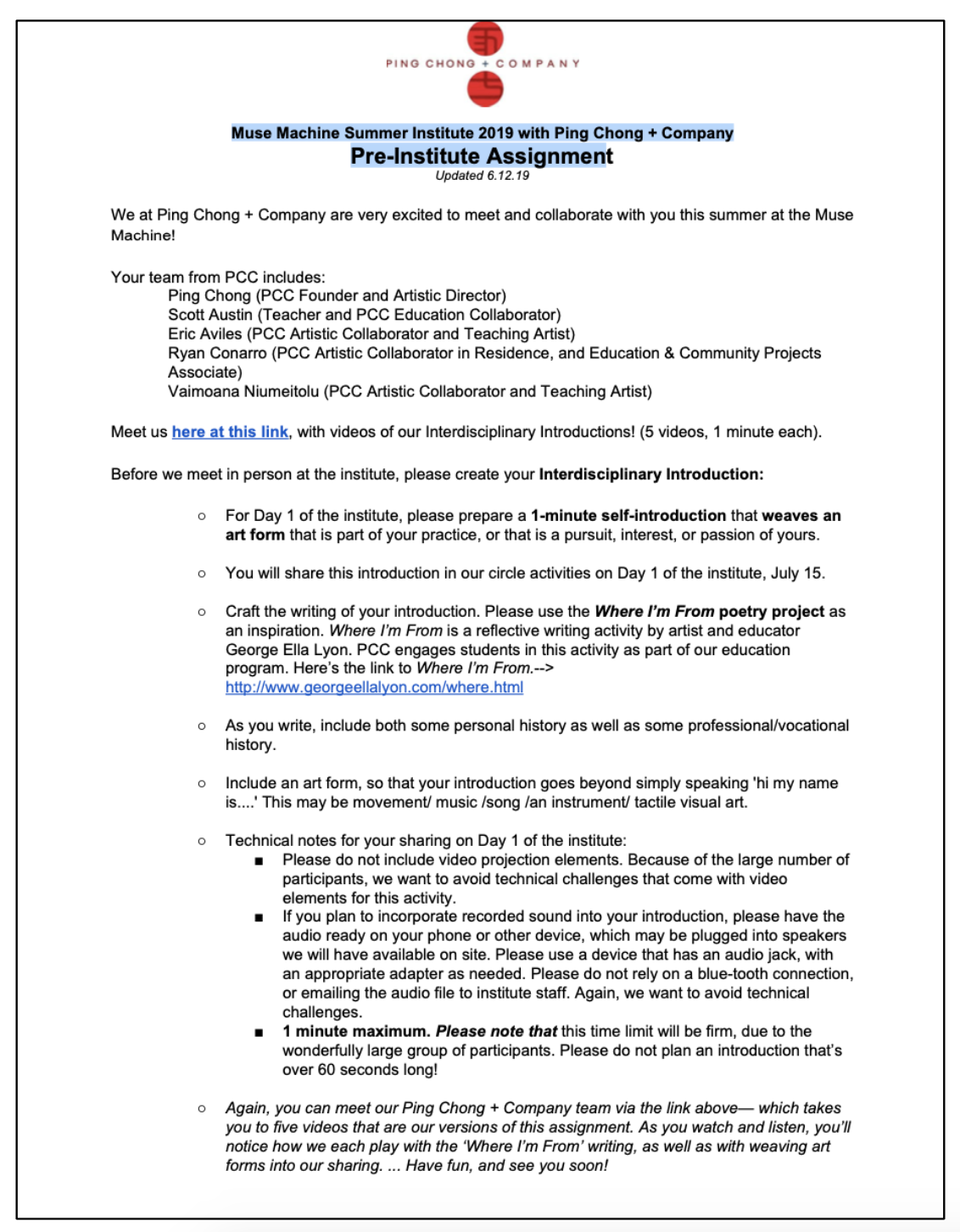

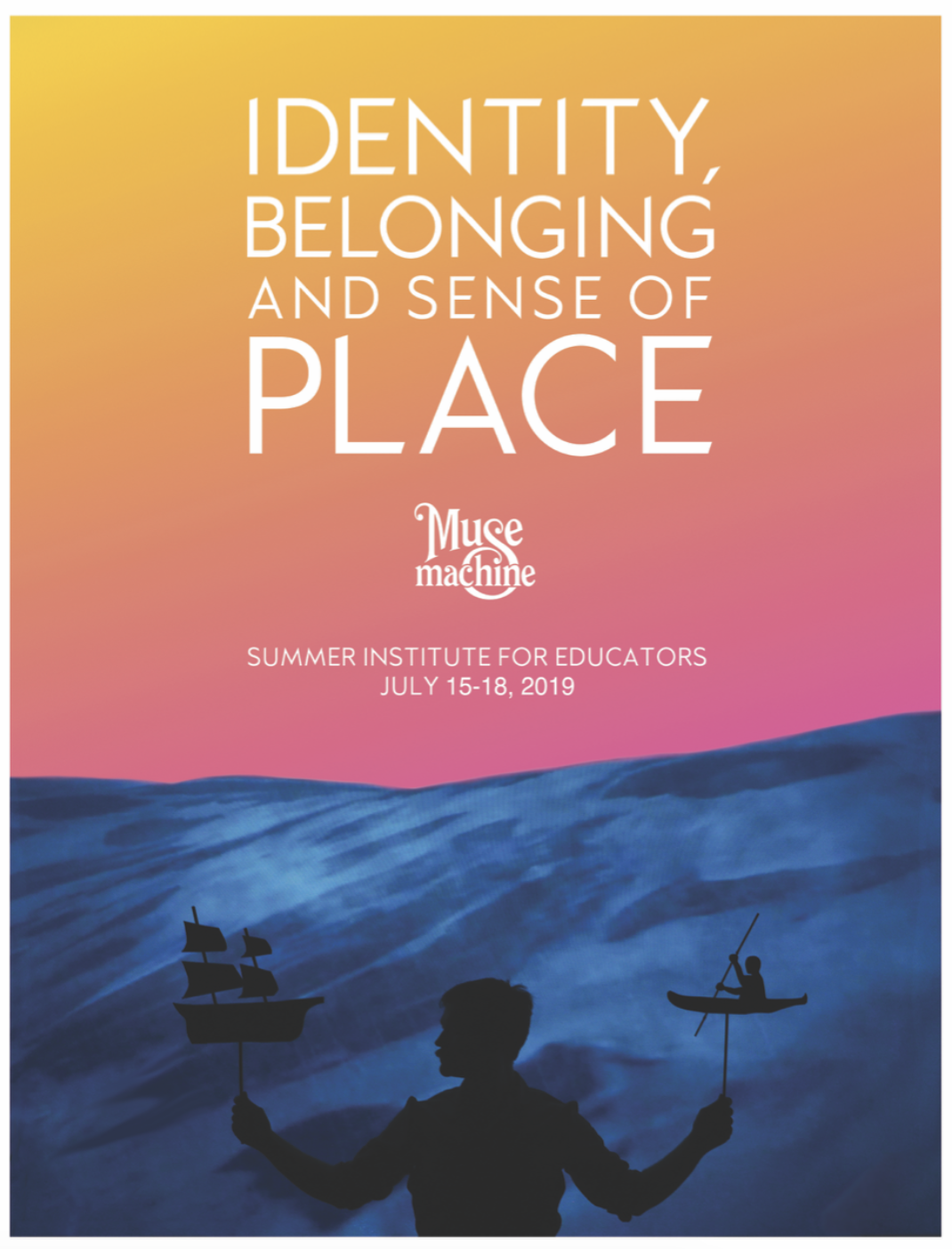
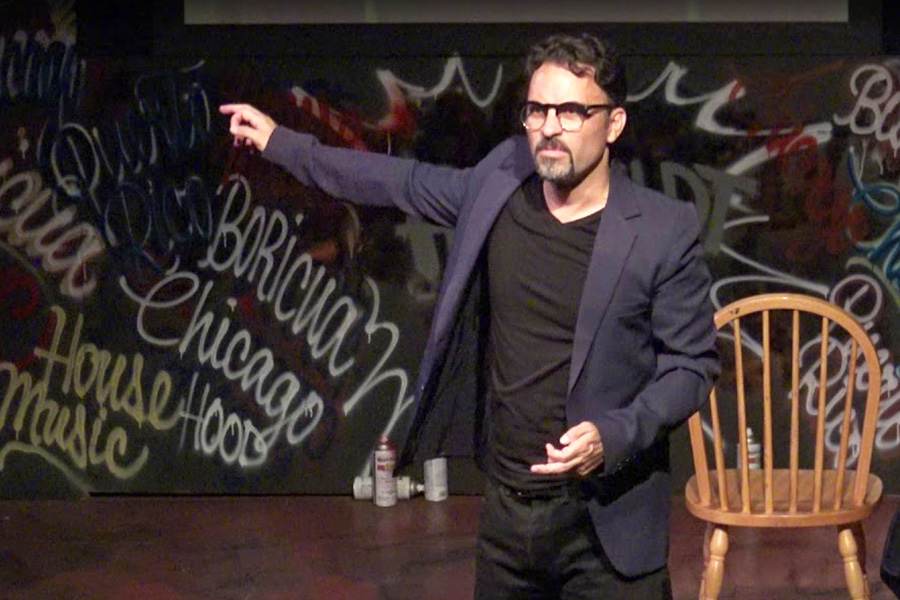
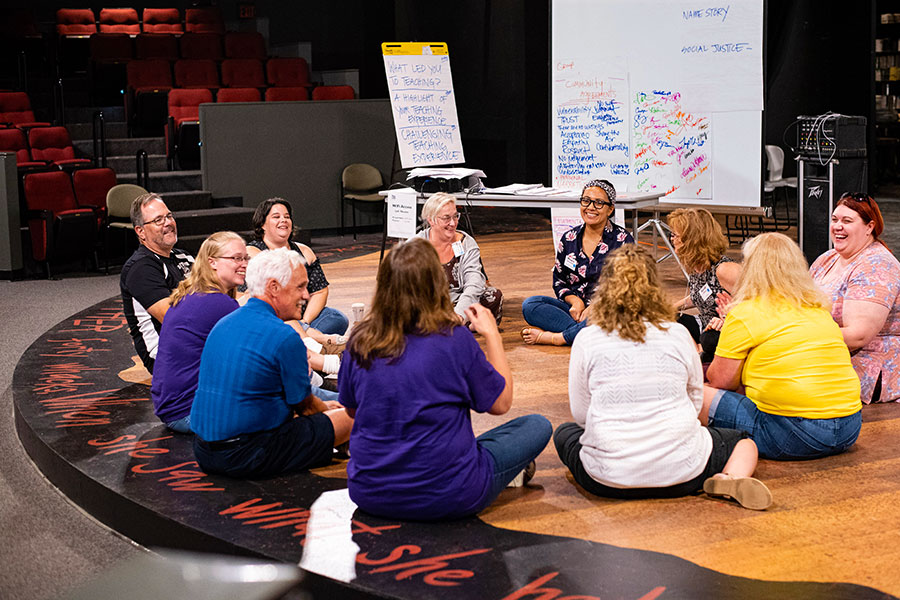

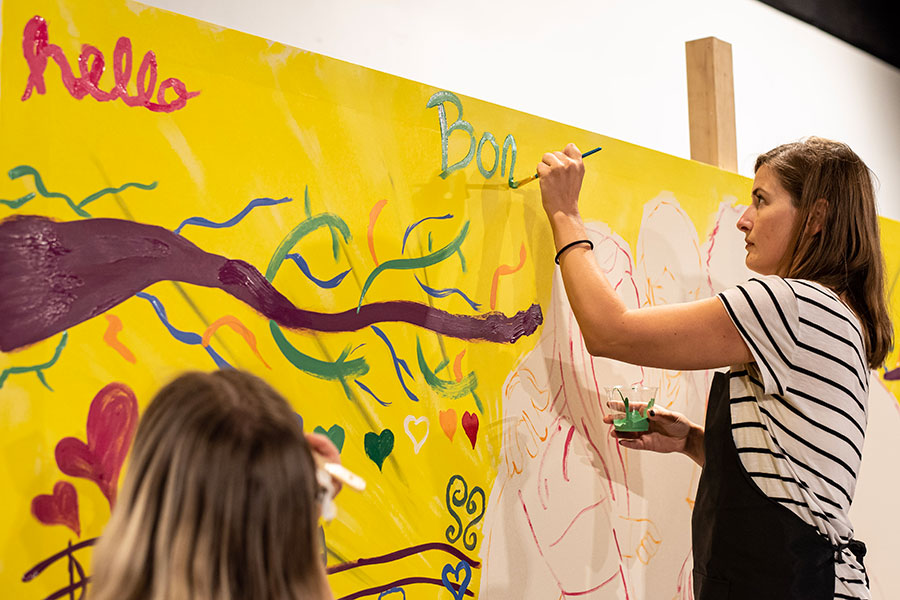

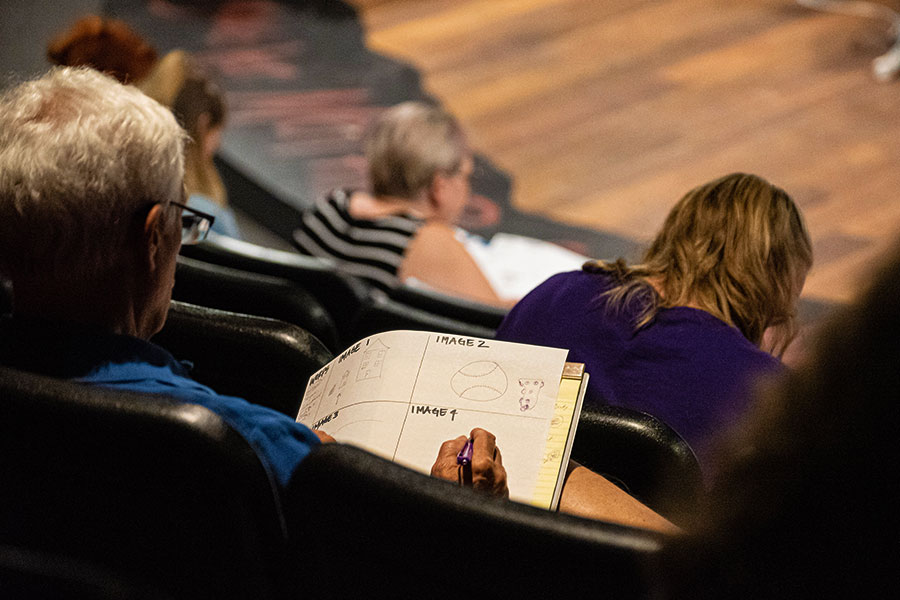
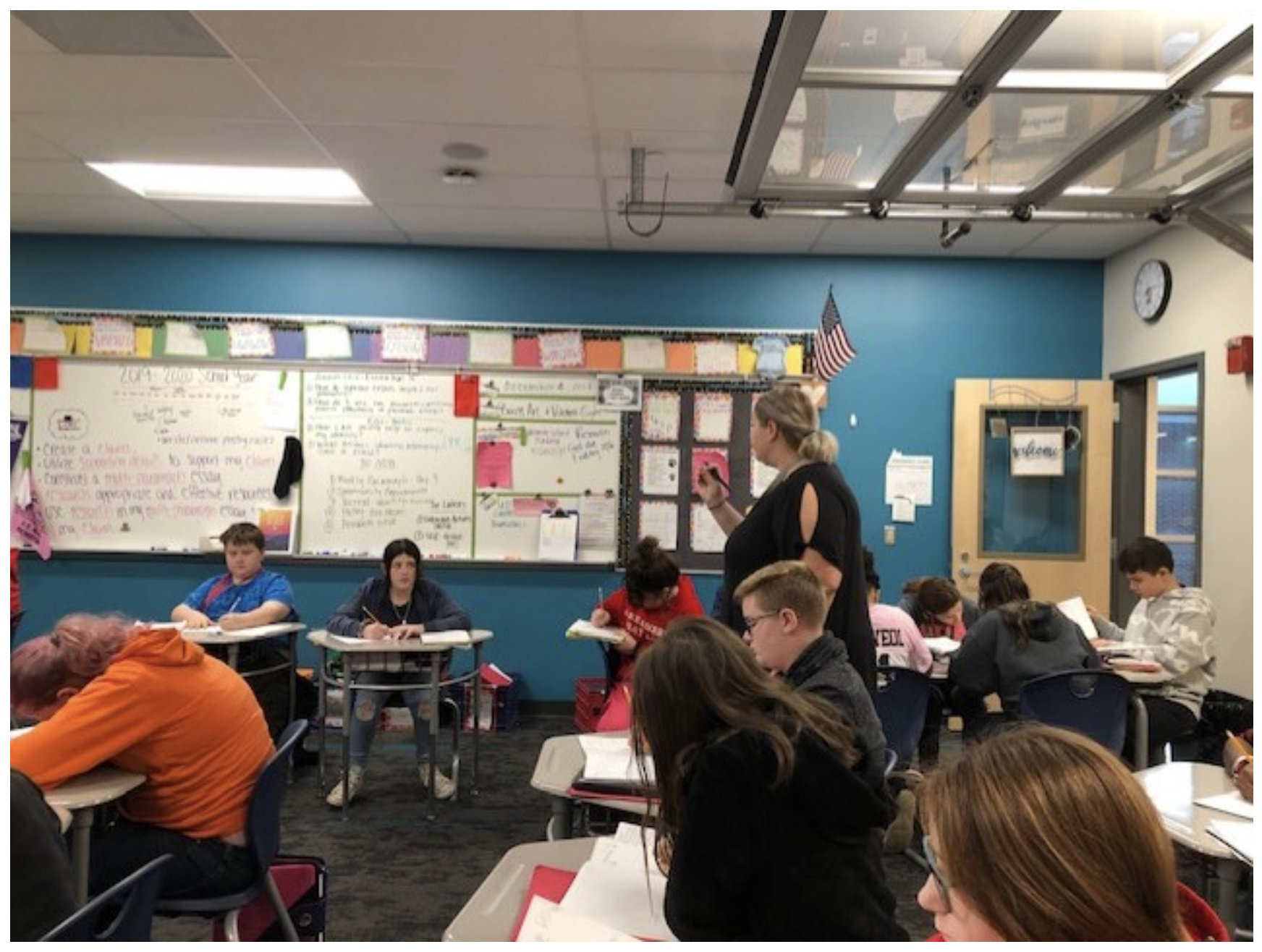
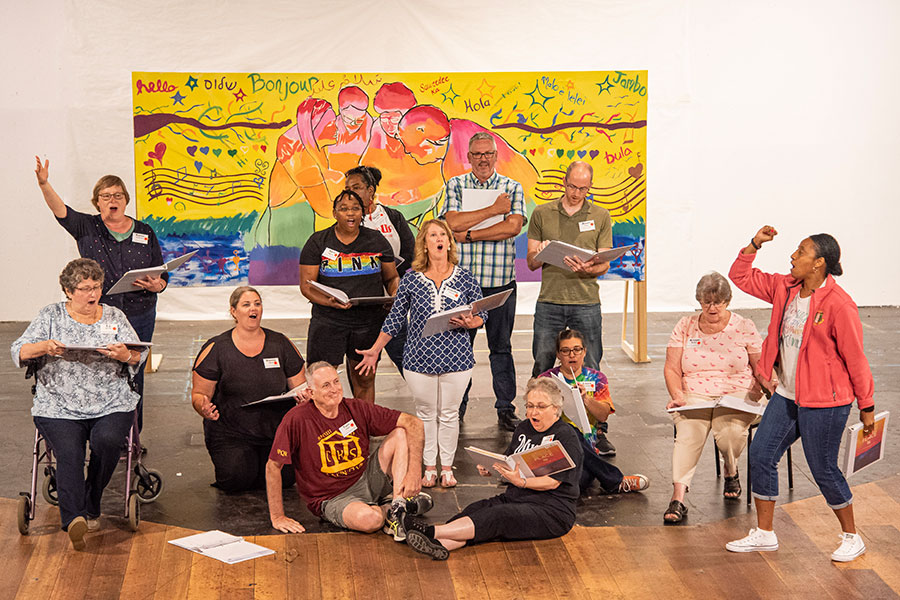
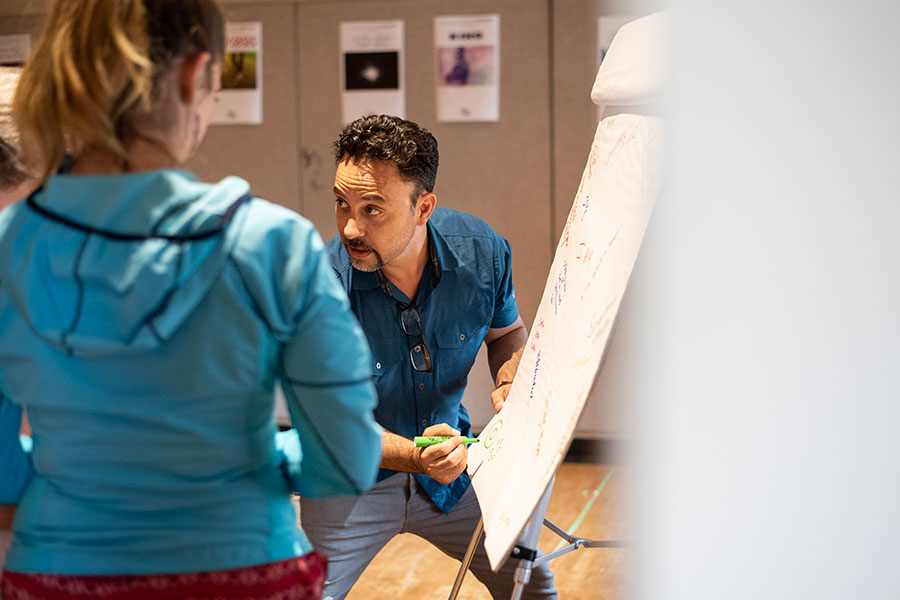
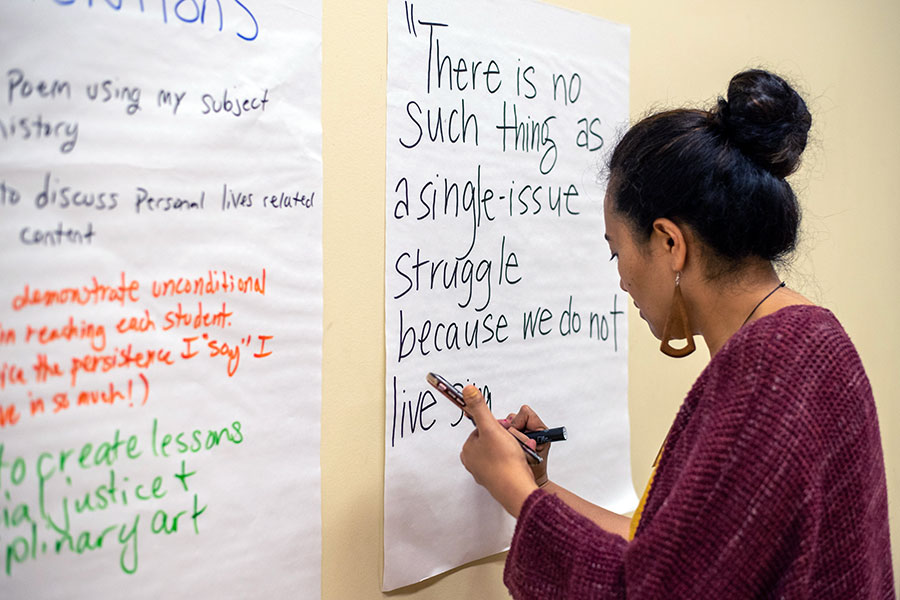

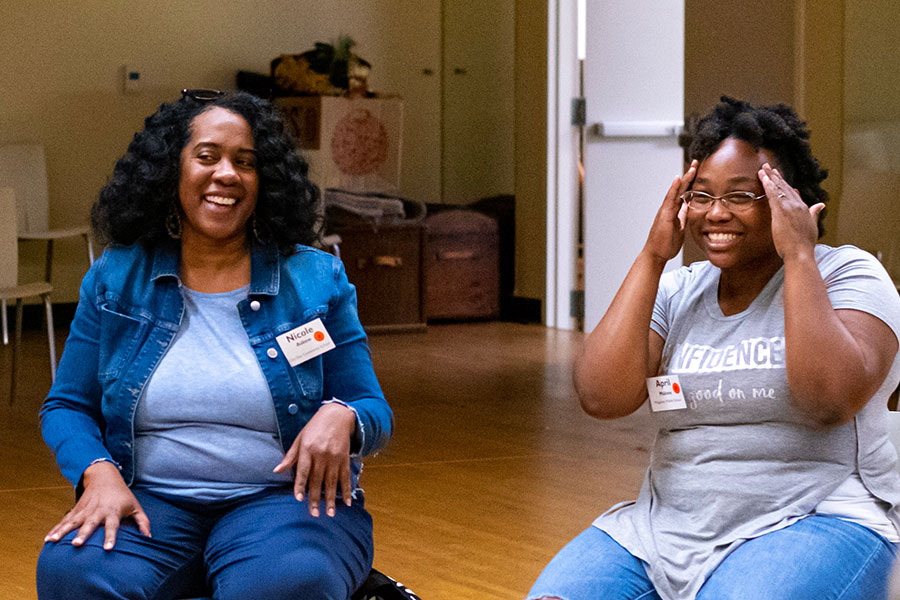
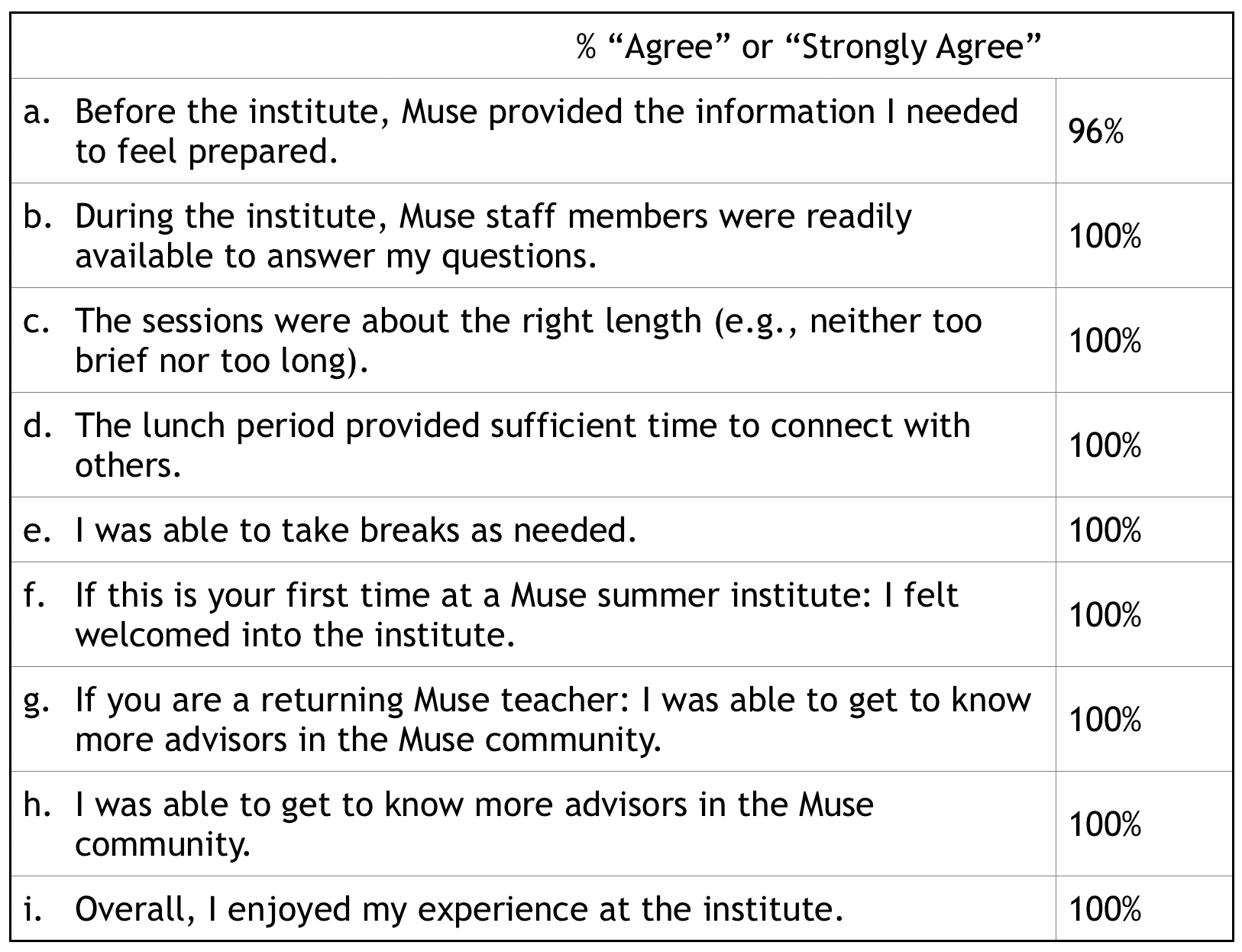
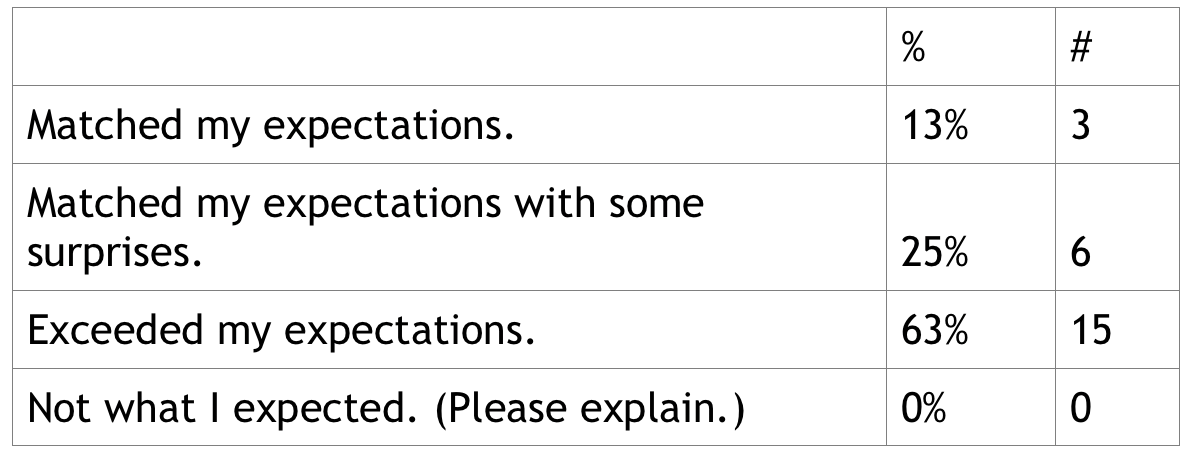
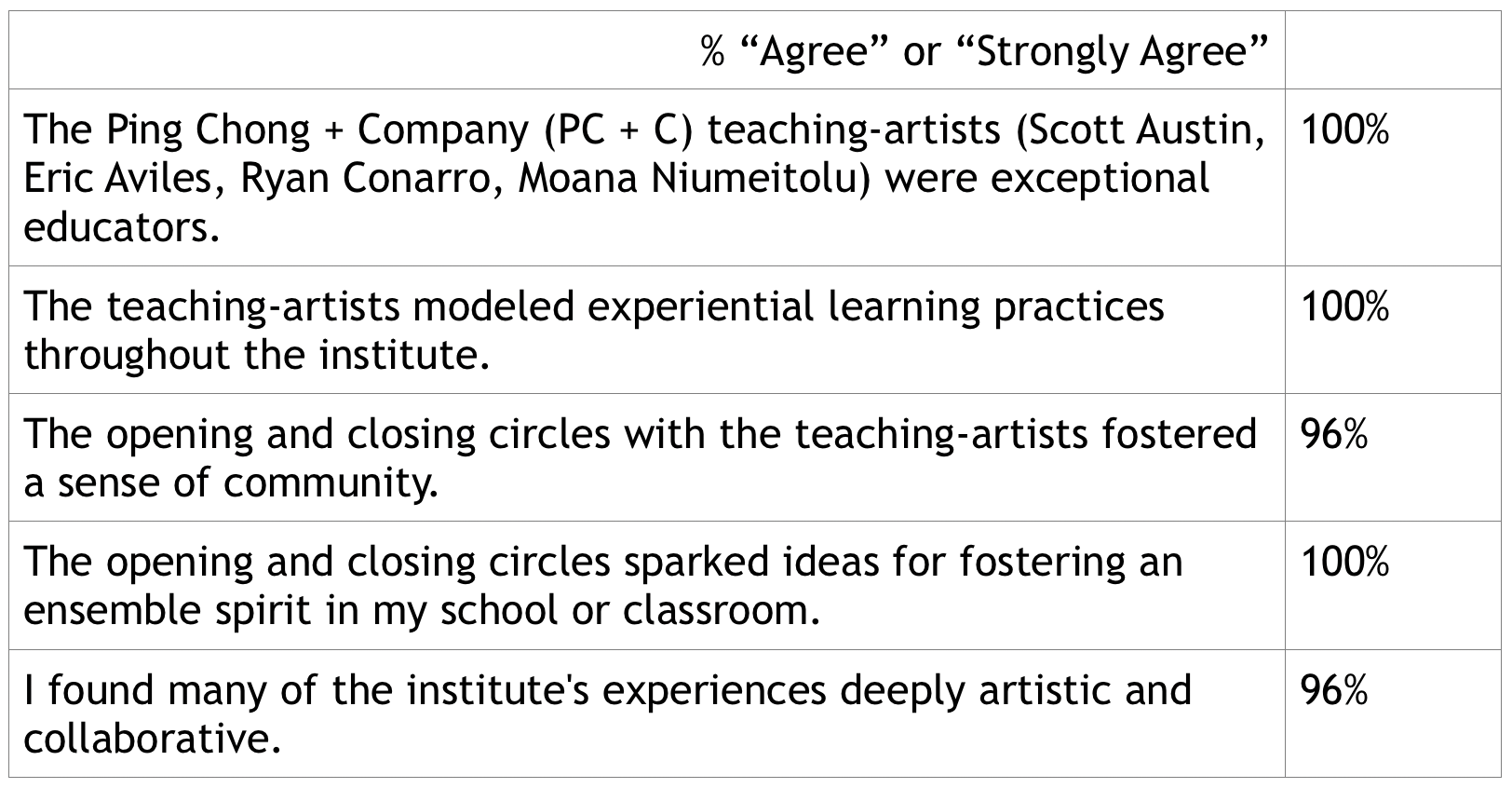
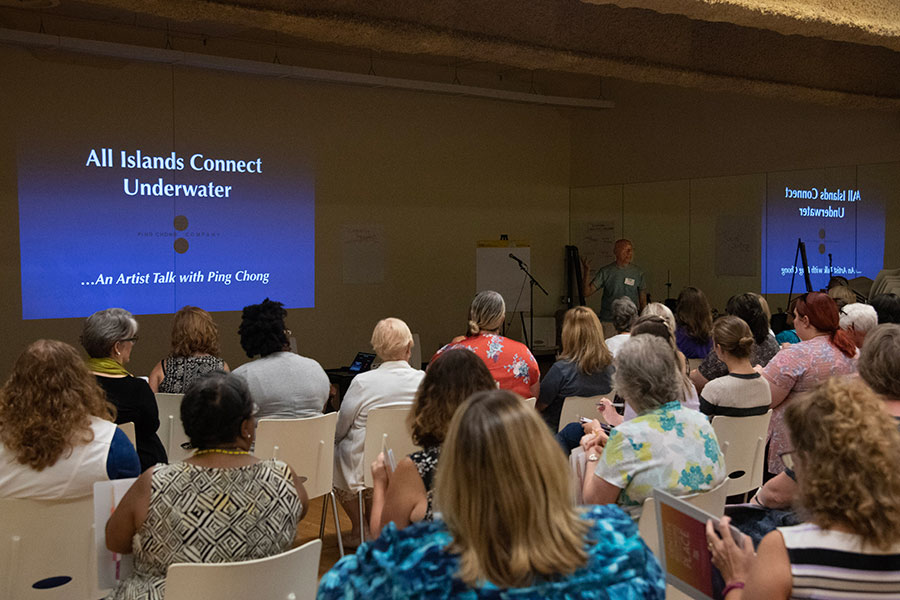
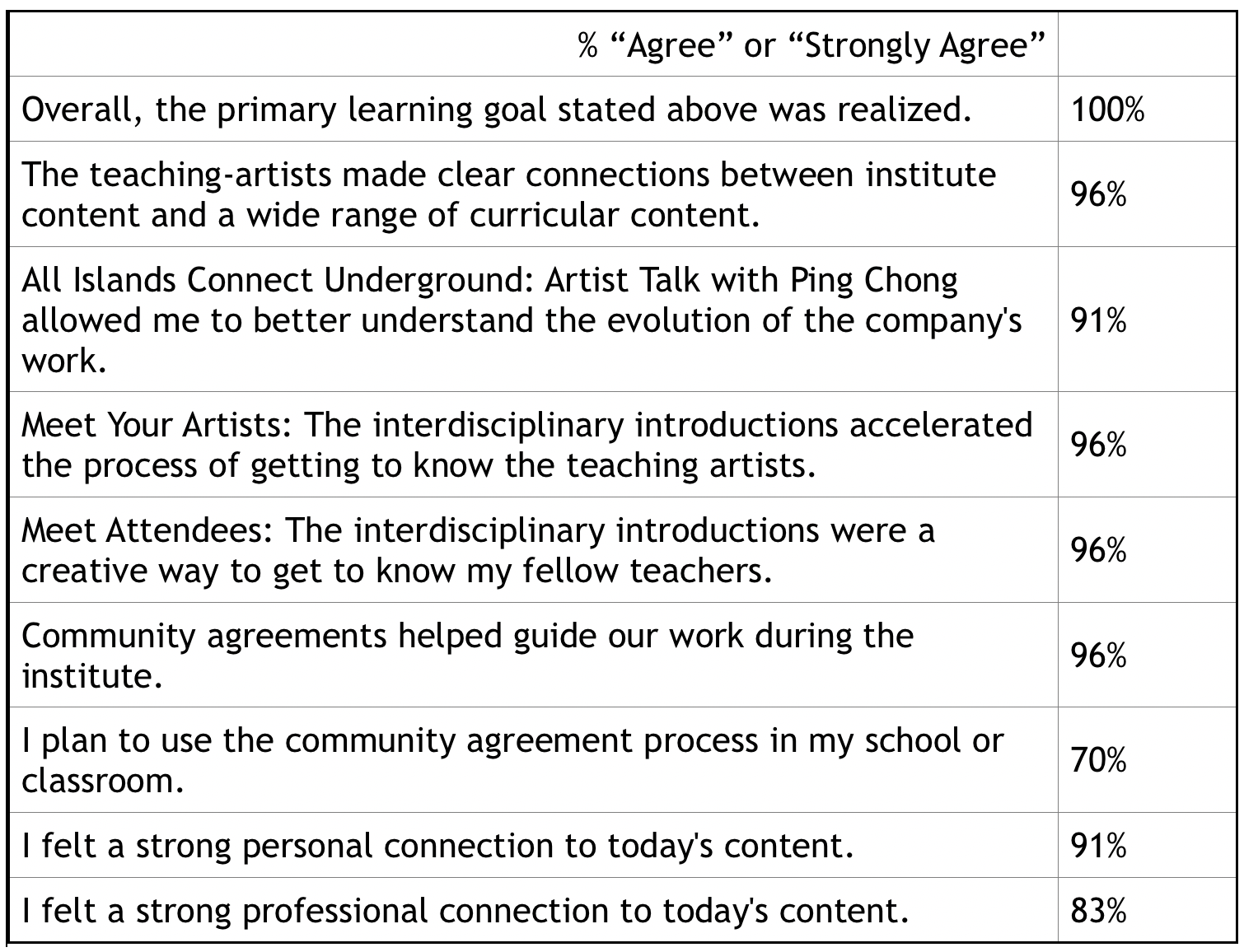
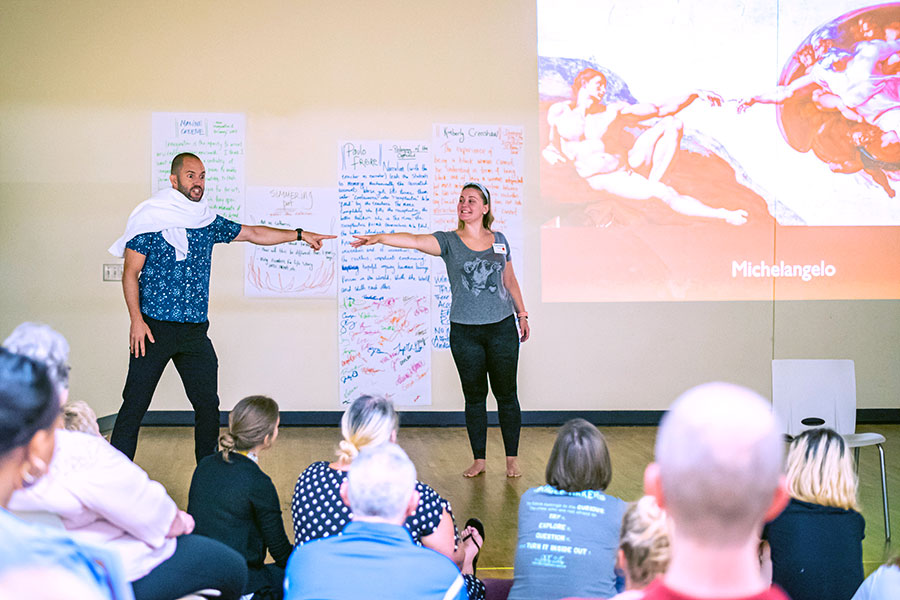
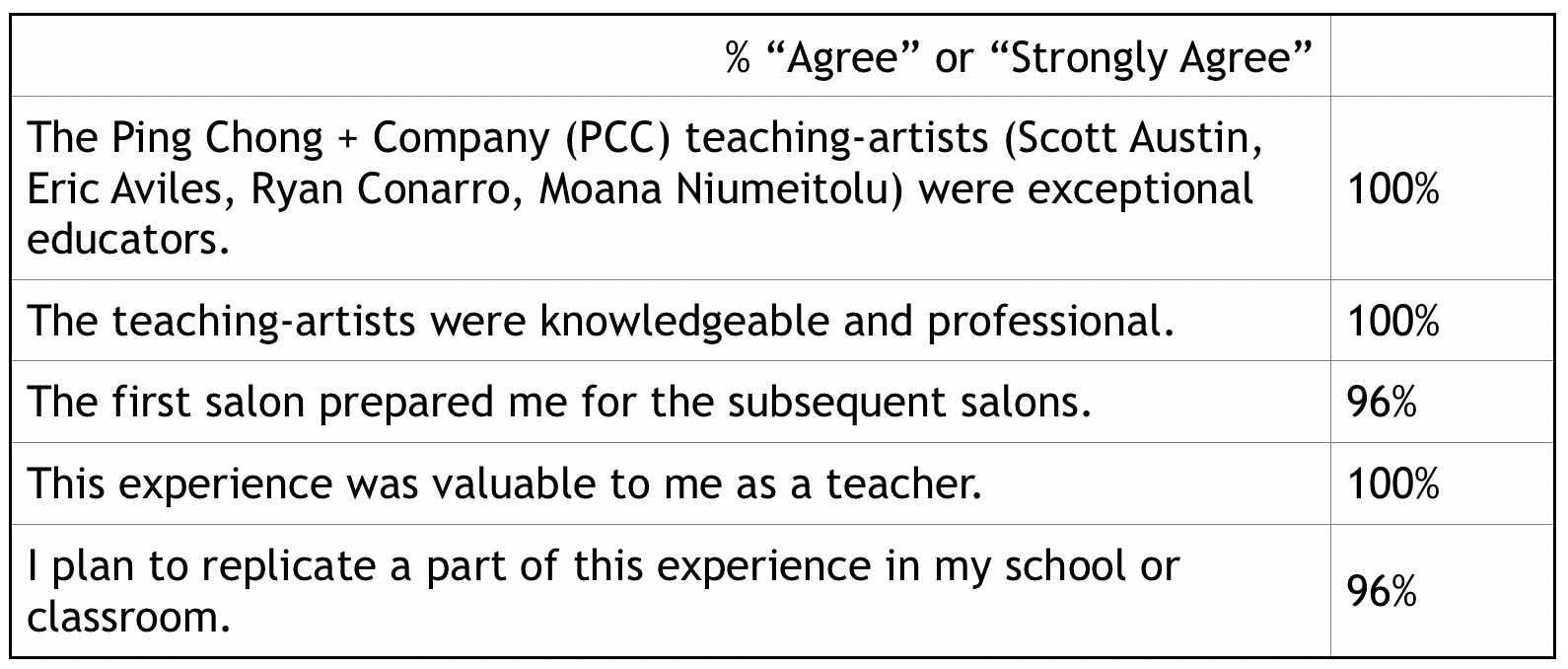
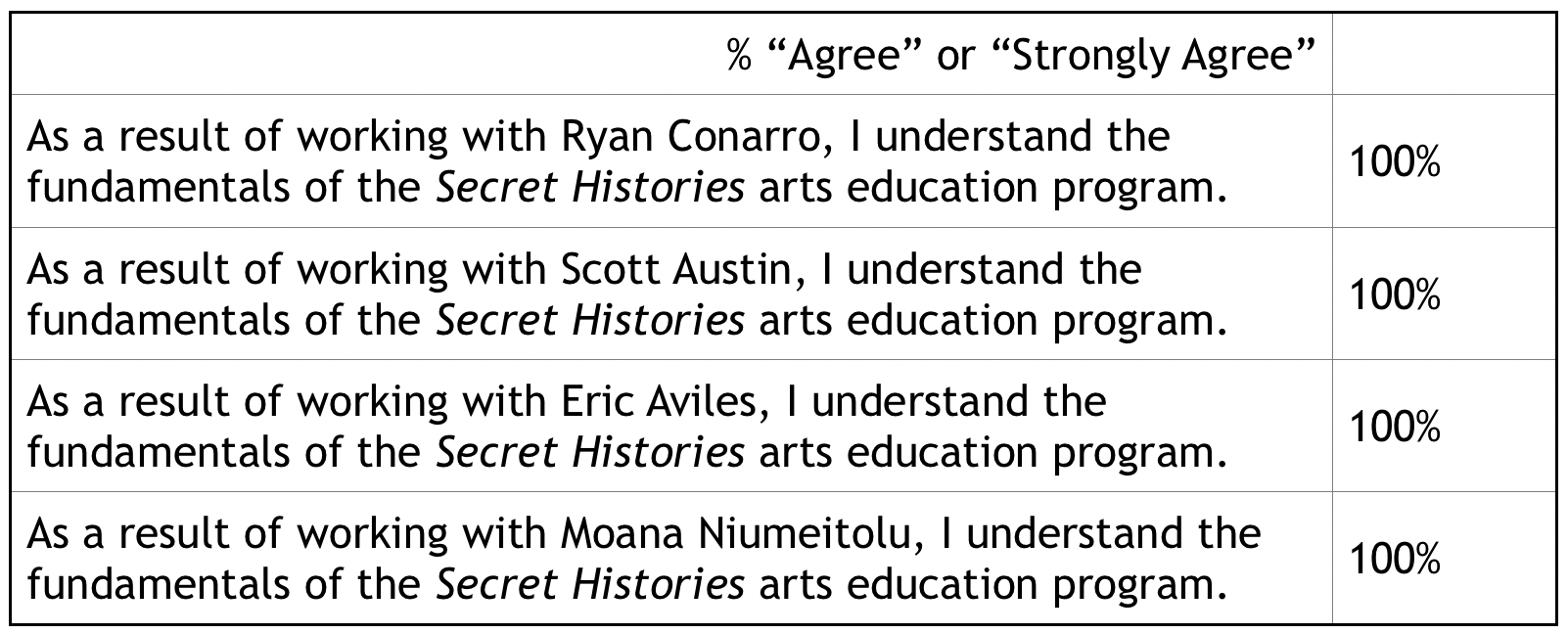

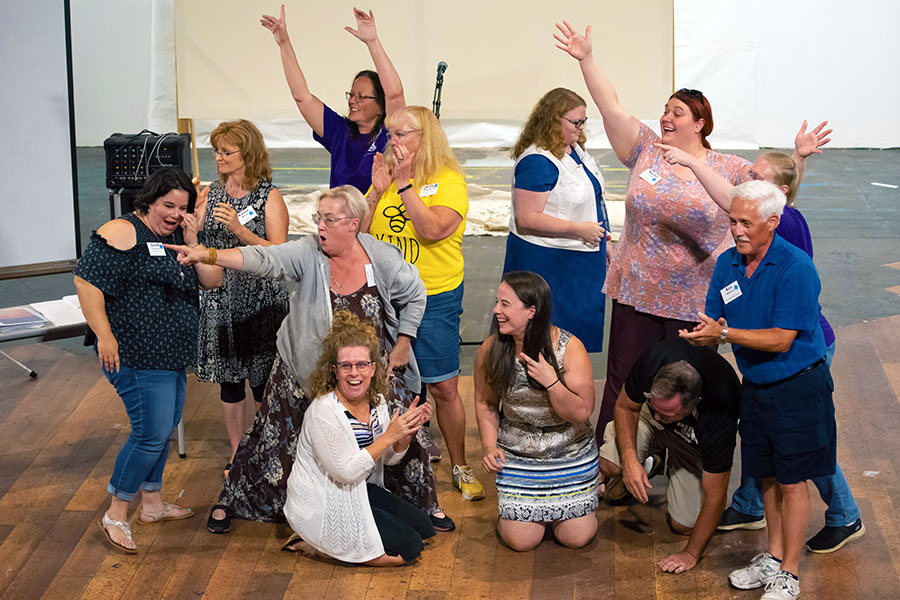

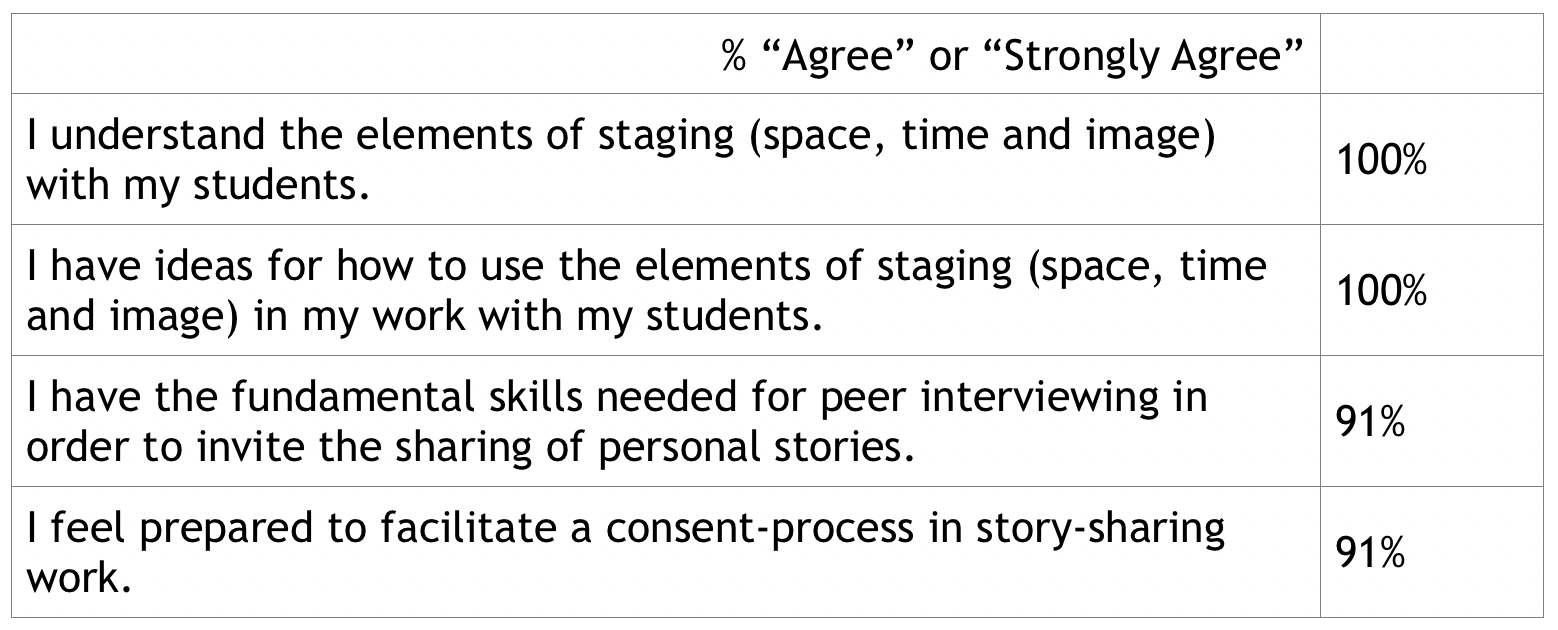
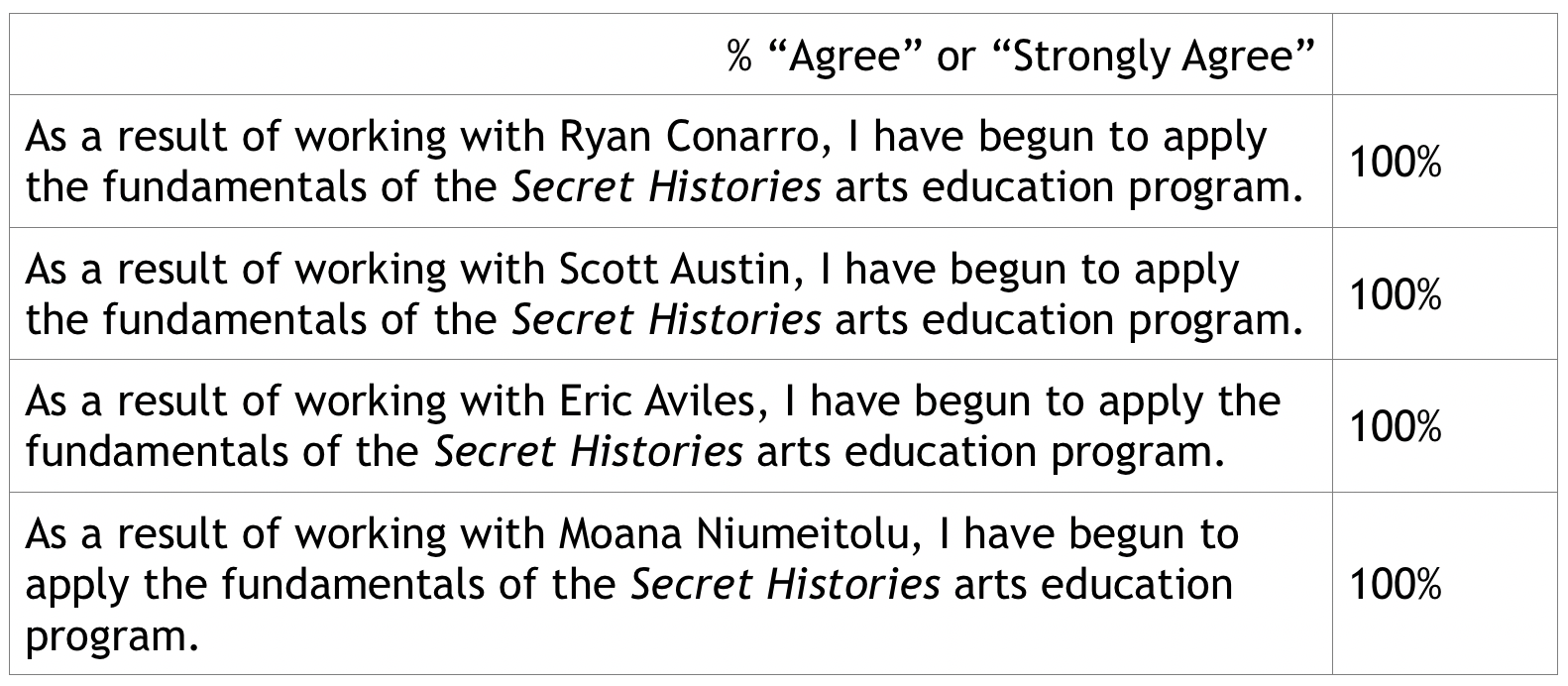

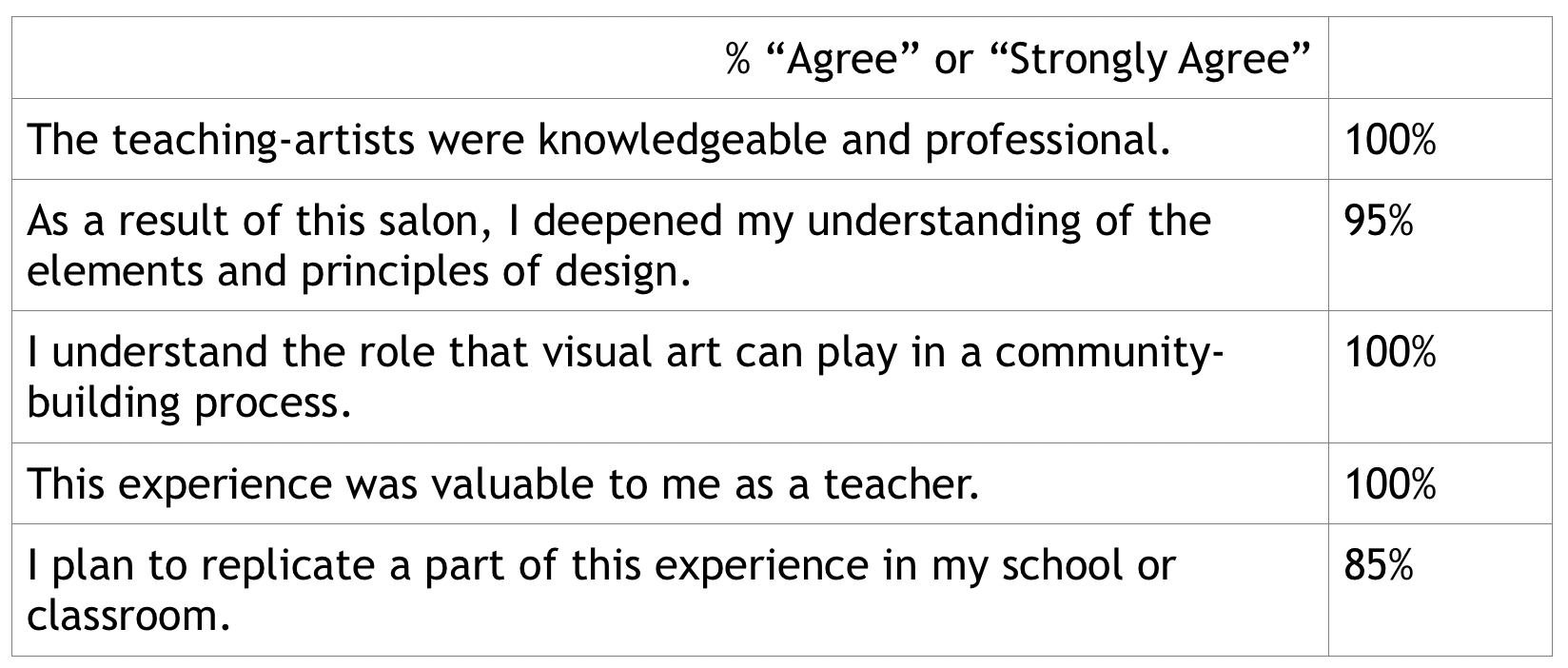

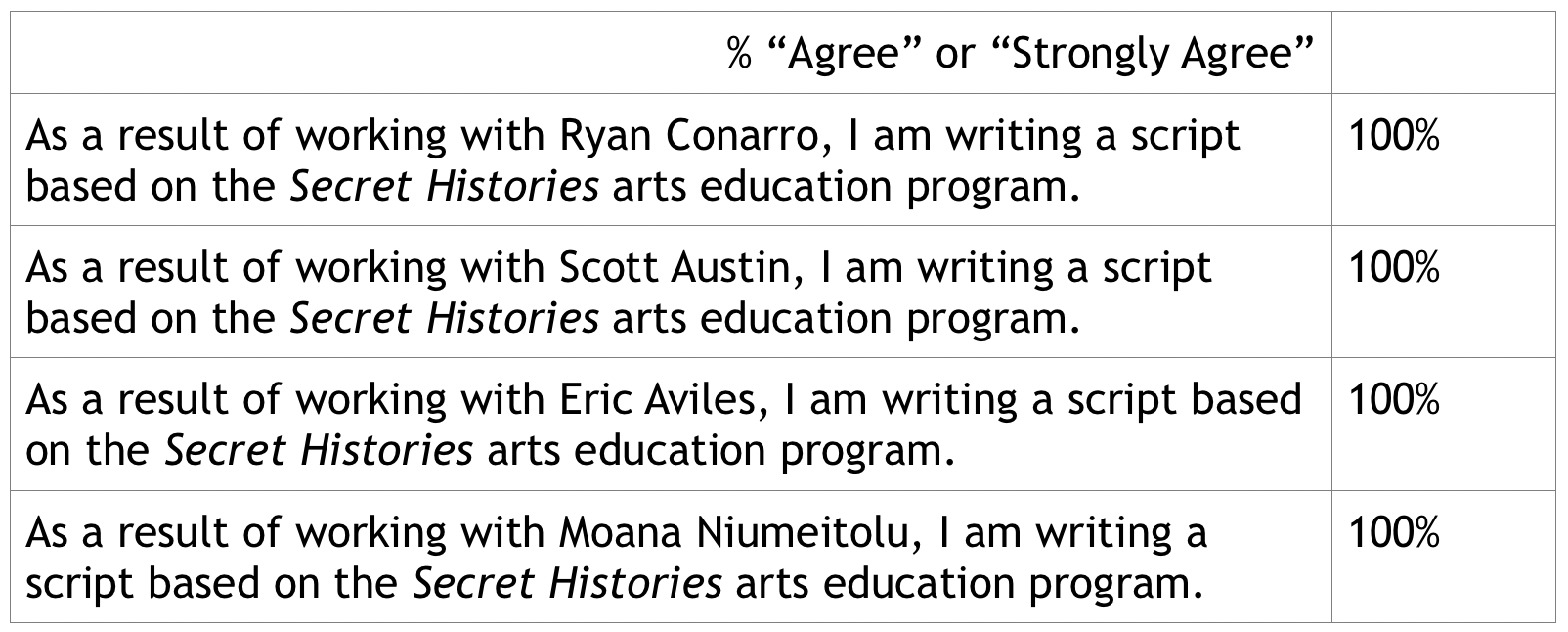
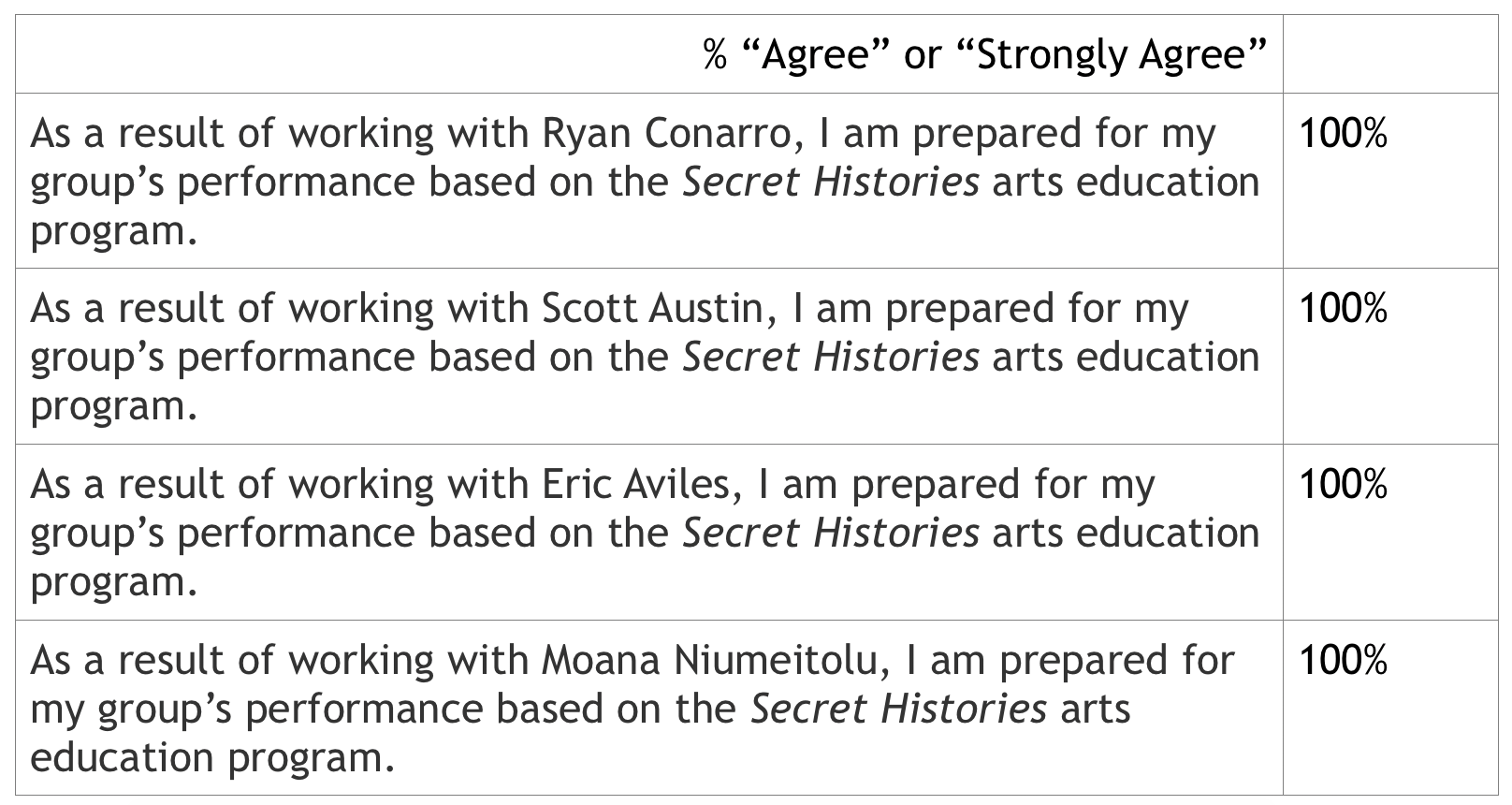

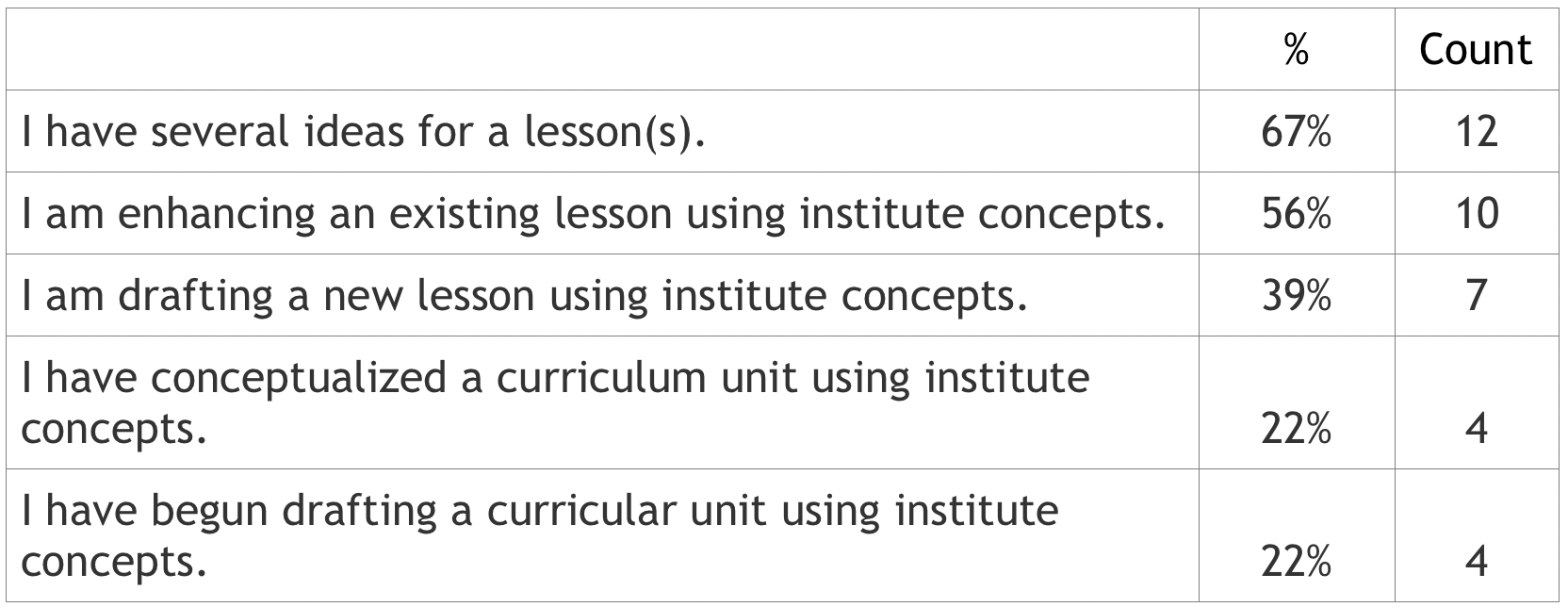
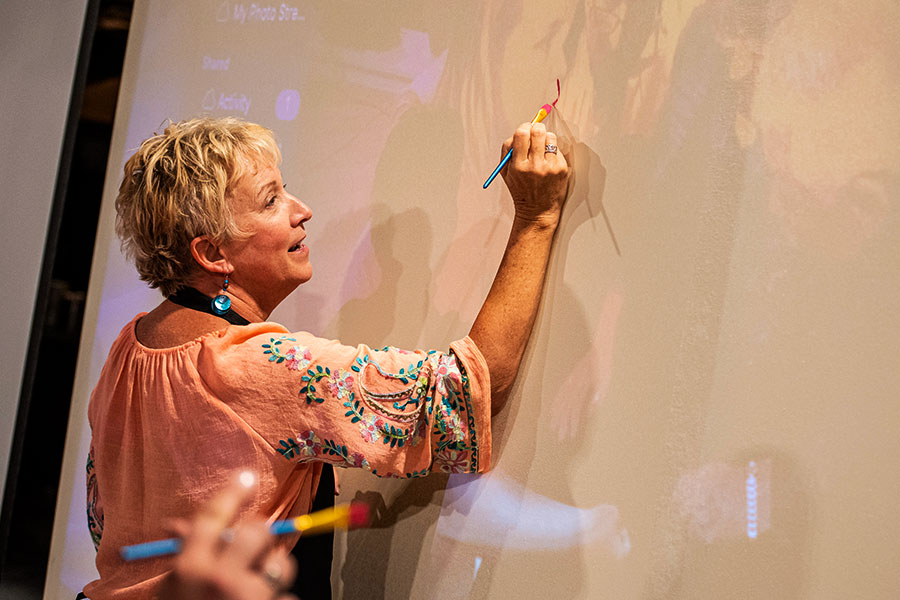

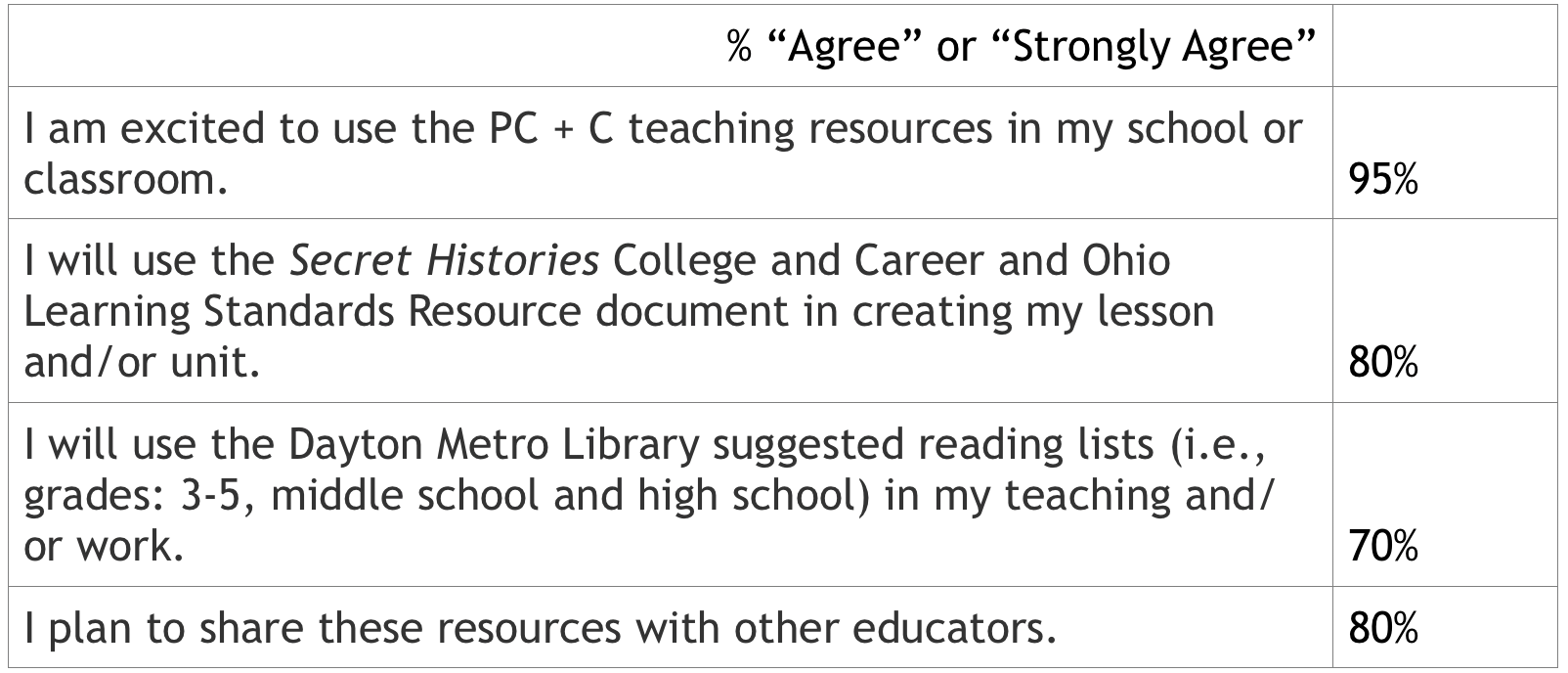
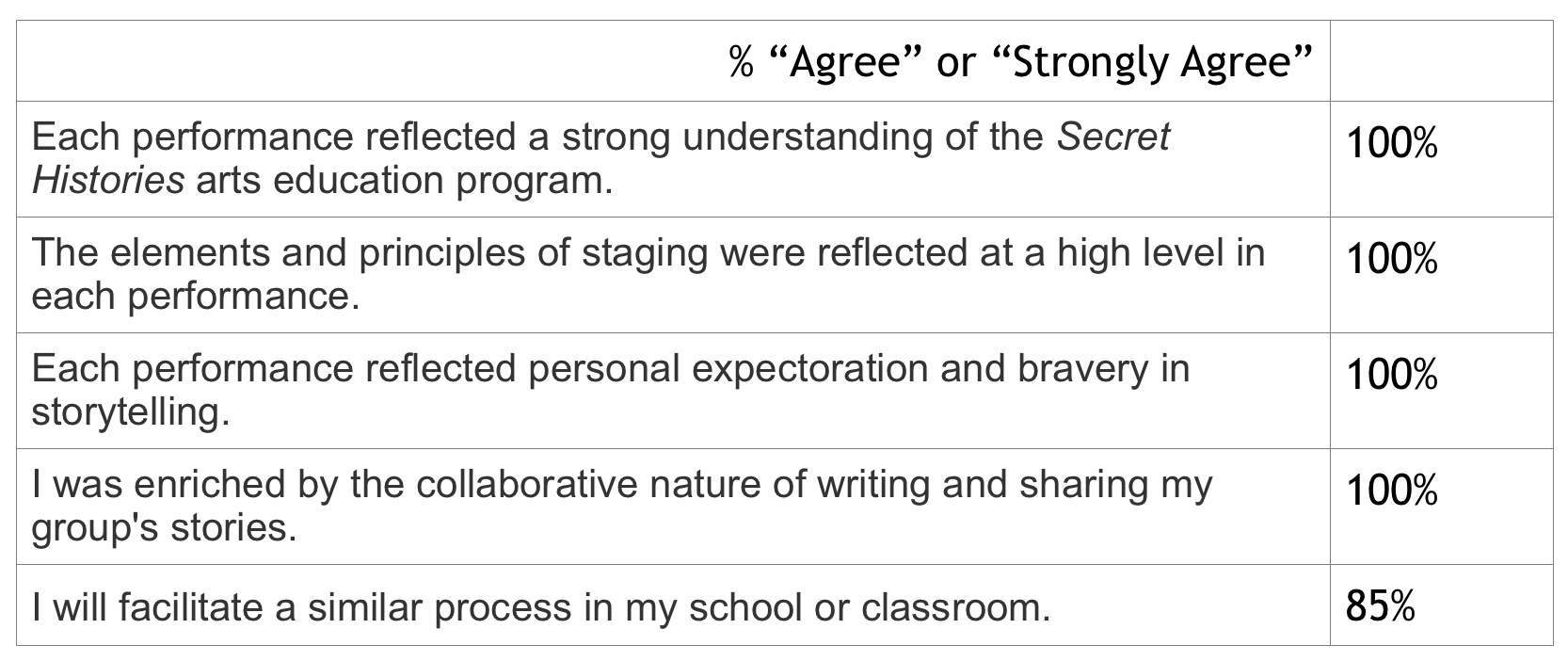
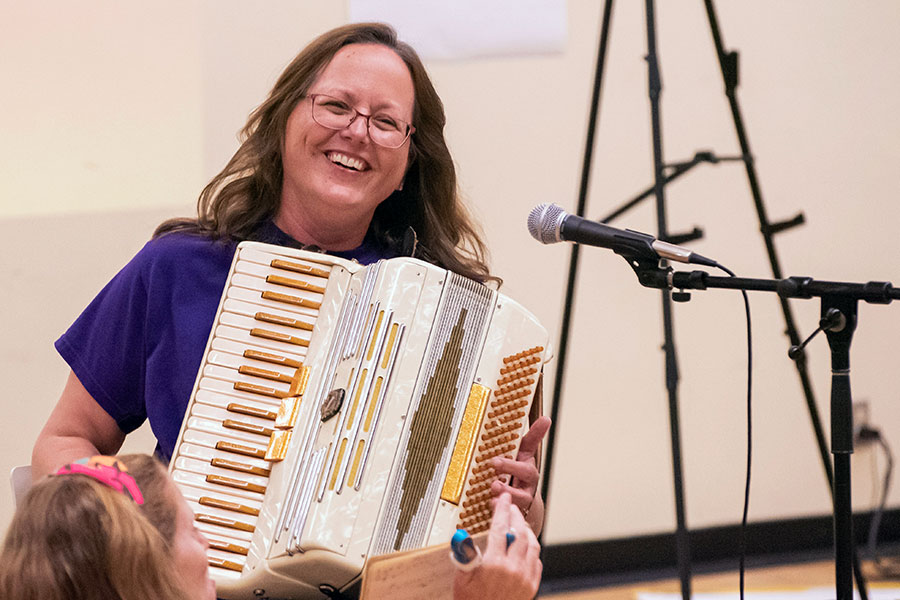
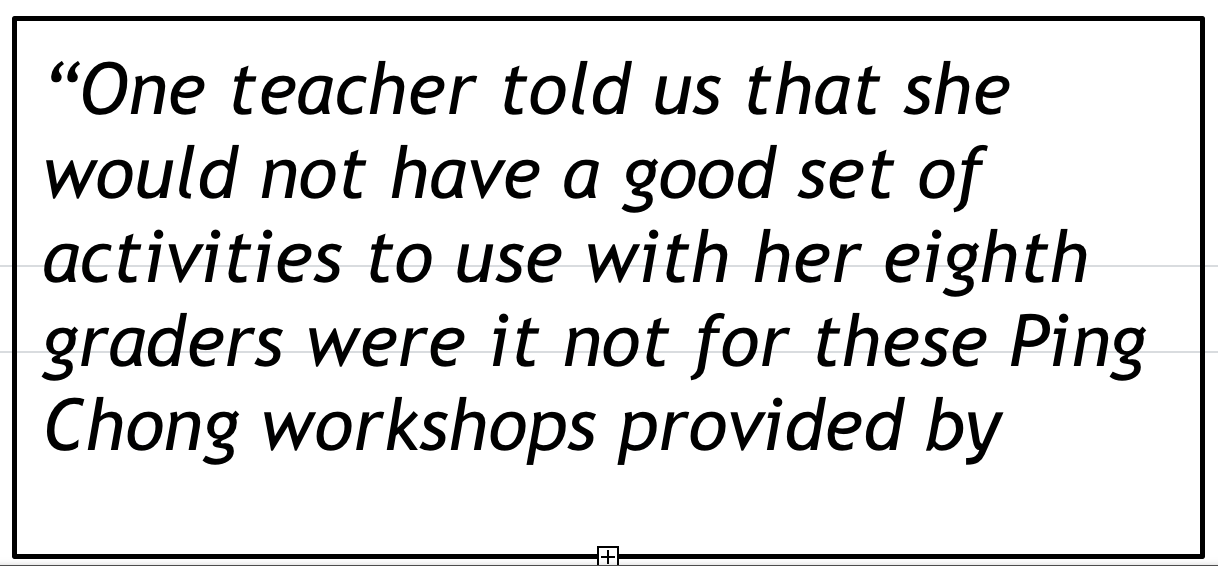 They even reference some activities that they received in the P C & C [Ping Chong + Company] workshop two years ago as being an embedded part of their current curriculum. (One teacher—[name redacted]—recently
They even reference some activities that they received in the P C & C [Ping Chong + Company] workshop two years ago as being an embedded part of their current curriculum. (One teacher—[name redacted]—recently